






PERSON IN CHARGE:
Dr. Yuli Setyo Indartono
Chair of Institute for Research and Community Services ITB
AUTHORS:
Mindriany Syafila Qomarudin Helmy
Yuli Setyo Indartono
Deny Willy Junaidy
Rino Rakhmata Mukti
Mohammad Farid
EDITOR: Islaminur Pempasa
EDITORIAL TEAM:
Yudi Noorachman
Risa Anggreini
Saffanah Zahirah
PHOTOGRAPHERS:
Harry Surjana
Ferdyansyah
GRAPHIC DESIGNERS:
Irman Nugraha
ILLUSTRATORS:
Fachri Fauzy
Ali Parma
COVER:
AI processing by Irman Nugraha using Midjourney from the source photo of Citarum River by Harry Surjana
SECRETARIAT: Noviyanti Dian Sumardiana Nisa Refika Linda Syah Khotimah
All Staff of General Administration, Finance, and Information System of Institute for Research and Community Services Bandung Institute of Technology (ITB)
First edition: March 2024
ISBN:
978-623-297-438-8
e- ISBN: 978-623-297-439-5
Copyright ©2024
This document is published by ITB Press.
Copyright belongs to LPPM ITB - Bandung and is protected by law. Reprint, partial quoting, or using the content in any form without permission is strictly prohibited.
Institute for Research and Community Services Bandung Institute of Technology (ITB)
CRCS Building 6th Floor Ganesha Street No. 10, Bandung 40132
West Java, Indonesia (022) 86010050 / 86010051
https://lppm.itb.ac.id
https://pengabdian.lppm.itb.ac.id
Email: lppm@itb.ac.id

THE Citarum River, like rivers around the world, flows in tandem with the growth of human life. At its inception, the river becomes a mother, borrowing the Sundanese term "indung cai," giving birth to new ecosystems, values, and ways of life. Its flow connects humans, places, and other forms of life, nurturing civilizations along the way.
The interdependence between humans and rivers makes it a central aspect of population growth. Rivers should not be only perceived as water sources to fulfill basic needs of humans but also to become the source for energy and even to offer economic potential. Alongside growth, challenges arise in river management. To increase river loads, it is thus necessary to involve multidisciplinary approaches, encompassing social, cultural, as well as scientific and technological aspects.
When the heavy burden borne by the Citarum River triggered the national initiative of Citarum Harum, ITB (Institut Teknologi Bandung) directly became part of the effort to address this collective challenge. ITB practically formed the
Citarum Harum ITB Task Force, which became a part of this significant program.
We view the Citarum from a holistic perspective, recognizing ITB's role in responding to national interests and the dynamics of global knowledge, as well as the entire transformation process that encompasses all aspects of the Universities Tridarma: education, research, and community service. These efforts will only be meaningful if they have a tangible impact on improving the quality of life for communities.
In the context of community service, ITB scientists and engineers approach critical issues concerning the Citarum River, including water resources, sanitation, energy, infrastructure, waste management, and economic empowerment.
A variety of approaches, methods, and technologies implemented during the period 2018-2022, documented in this book, are expected to not only benefit the Citarum River but also be replicated and scaled up in overcoming the challenges of river management in Indonesia and globally.***
THE Citarum River is indeed a blessing for at least 27.5 million people who directly utilize it, especially in West Java and DKI Jakarta. Moreover, beneficiaries include those receiving around 1,880 megawatts of hydroelectric power from hydropower plants scattered across Java Island and possibly Bali as well. The Citarum serves as a source of drinking water for community of DKI Jakarta, with 80 percent of the water coming from the river, which passes through 10 regencies and cities in West Java and DKI Jakarta, in addition to irrigating 420 thousand hectares of agricultural land.
The challenges faced are equally significant. In 2018, Lieutenant General Doni Monardo (the late) invited ITB to collaborate, along with various other universities and stakeholders. We immediately embraced this invitation because ITB also shares responsibility in other environmental and social contexts. The knowledge and technology we acquire must be applicable in addressing the existing challenges, including in the sustainability of river management.
ITB has relevant fields, and many scientists conduct research related to the Citarum River or the management of other rivers. In terms of scientific disciplines, we can mention Environmental
Engineering, Biology and Life Science Technology, Chemical Engineering, Pharmacy, Geodesy, and others in improving fish and other aquatic cultivation as well as waste management.
We began with a multidisciplinary approach and developed several concepts and applied technologies, such as zero discharge for domestic waste, biofilter bioseptic tank technology, anaerobic filter tank processes adopting Johkasou technology from Japan, biodigesters, revitalization of industrial and area wastewater treatment plants, bioremediation, floating gardens, and capacity building through training and clean technology optimization.
The application of science and technology can be viewed from two perspectives: through the Citarum River and its community. There is a contribution to driving the utilization of knowledge and technology developed on campus while also generating several new research topics. ITB is not only for ITB, but ITB also benefits society, the nation, and the country.
The next development includes promoting research to become entrepreneurial. Research does not stop on paper; it grows into innovative products that can be utilized by society provide added economic and social value, as well as improving the quality of human life.***

THE Citarum Harum program has been regulated through Presidential Regulation Number 15 of 2018 concerning the Acceleration of Pollution Control and Damage in the Citarum River Basin Area. The Citarum Harum program initiated by the government requires cooperation from all parties in handling it. Several universities in West Java, including ITB, have been actively involved since 2018 in assisting with the handling of the Citarum River through the dissemination of the application of appropriate science and technology.
Specifically, ITB formed the ITB Citarum Harum Task Force led by Prof. Mindriany Syafila to coordinate the implementation of science and technology in the Citarum Harum area from 2018 to 2022. The implementation of these programs involved science and engineering students in line with the Ministry of Education, Culture, Research, and Technology of the Republic of Indonesia's MBKM program.
This program also provides opportunities for students to hone their skills according to their talents and interests by directly entering the workforce as preparation for future careers. The inclusion of the Merdeka Belajar-Kampus Merdeka (MBKM) initiative in ITB's Citarum Harum community service activities further strengthens the correlation with the development of engineering curriculum that
considers humanitarian aspects.
ITB has implemented dozens of scientific and technological works in several sectors of the Citarum Harum River Basin Area, ranging from Bandung Regency, Cianjur Regency, Bandung City, Cimahi City, West Bandung Regency, to Subang Regency. The implementation of science and technology such as bioremediation, water quality sensors including for maintaining river biota, sanitation, aquaculture, aquaponics, composting, upcycling plastic waste, automatic trash skimmers, waste bank management, as well as Black Soldier Fly (BSF), maggot cultivation, small-scale microhydro or hydroelectric power, including the cleaning of water hyacinth in the Cirata Reservoir area with gangboats to water hyacinth which is then upcycled into briquettes.
All of the above science and technology application programs are in line with the vision of Excellent Scientific Culture in the practice of community service, while also being a hallmark of community service at ITB. The implementation products are documented in a series of books covering topics such as water resources and sanitation, energy and infrastructure, as well as waste management and economic empowerment, with the hope of inspiring river managers and surrounding communities in choosing approaches and tools for river management.***


Ifor the period 2018-2022
N the spirit of realizing ITB as a globally respected and locally relevant university and in support of the central government’s program and the West Java Provincial Government regarding the Acceleration of Pollution Control and Damage in the Citarum River Basin (DAS), ITB actively plays a role through the Integrated Task Force for Citarum Harum Restoration, which has been established since 2018. Under the coordination of the Institute for Research and Community Service (LPPM ITB), ITB applies the expertise of its academic community in science and technology for the handling of the Citarum River Basin, such as household waste management, sanitation, critical land handling, water resources management, as well as community empowerment and education.
The domestic pollutant load can come from various activities ranging from village settlements to real estate developments. The higher the population density, the greater the domestic pollutant load generated. The closer the proximity to the river stream, the greater the resulting burden. Meanwhile, the industrial pollutant load in the Citarum River basin, both upstream and downstream, especially from the textile industry, has been the main contributor to the overall industrial pollutant load. Besides the textile industry, there are also manufacturing and food processing industries contributing to the waste load in the Citarum River basin. In addition to large industries, micro, small, and medium enterprises also play a role in increasing the waste burden, such as tofu and tempeh food processing activities.
Livestock activities, whether in the form of ruminant farming (buffalo, cattle, goats, and sheep) or poultry farming, can contribute to pollution loads in water bodies. For example, dairy farming in the upper Citarum River Basin in the Maribaya area, West Bandung Regency, where a significant portion of its waste is directly discharged into the river.
Intensive agricultural activities such as cultivation of food crops and horticulture are sources of pollution. Especially in upstream areas with steep slopes, these activities can trigger high erosion rates, increasing sediment transport to the river and accelerating riverbed sedimentation. Excessive fertilizer application can also result in the runoff of nutrients such as nitrogen and phosphate compounds into water bodies. This can lead to uncontrolled growth of nuisance plants such as water hyacinth.
The direct and indirect disposal of wastewater and solid waste into the tributaries and the main Citarum River has resulted in a decline and deterioration in water quality, no longer meeting the water quality requirements for water recreation (class 2), let alone as raw water for drinking (class 1). Therefore, efforts are needed to manage water quality and control water pollution with the primary goal of improving water quality.
The river’s ability to undergo self-purification is not only influenced by the pollutants entering it but also depends on the hydro-morphological conditions of the river. To enhance the environmental carrying capacity of water bodies, management and control of pollution inputs into the water body are necessary.
This book: "Flowing Wealth" summarizes several activities conducted by the ITB academic community as a tangible contribution to society in terms of the application of technology in water resource management. These activities include environmentally friendly aquaculture technology through zero water discharge technology, aquaculture recirculation, training in the production of synbiotic fish feed in closed aquaculture systems, conversion of organic waste into animal feed, and river cleaning technology from water hyacinth and the utilization of water hyacinth into more beneficial products. The development of infrastructure through appropriate and simple technology that is easy to apply and adopt by the community is expected to improve the quality of life of the community.***

5 6 7 8 9 10 11 12
Bioprocess-Based Recovery Technology
V. Sri Harjati Suhardi, Ph.D., Wardono Niloperbowo, Ph.D. 61
Dr. Taufikurahman, Endra Susila, Ph.D., Andira Rahmawati, M.Si. 71
Ir. Eniman Yunus Syamsuddin, M.Sc., Ph.D. 81
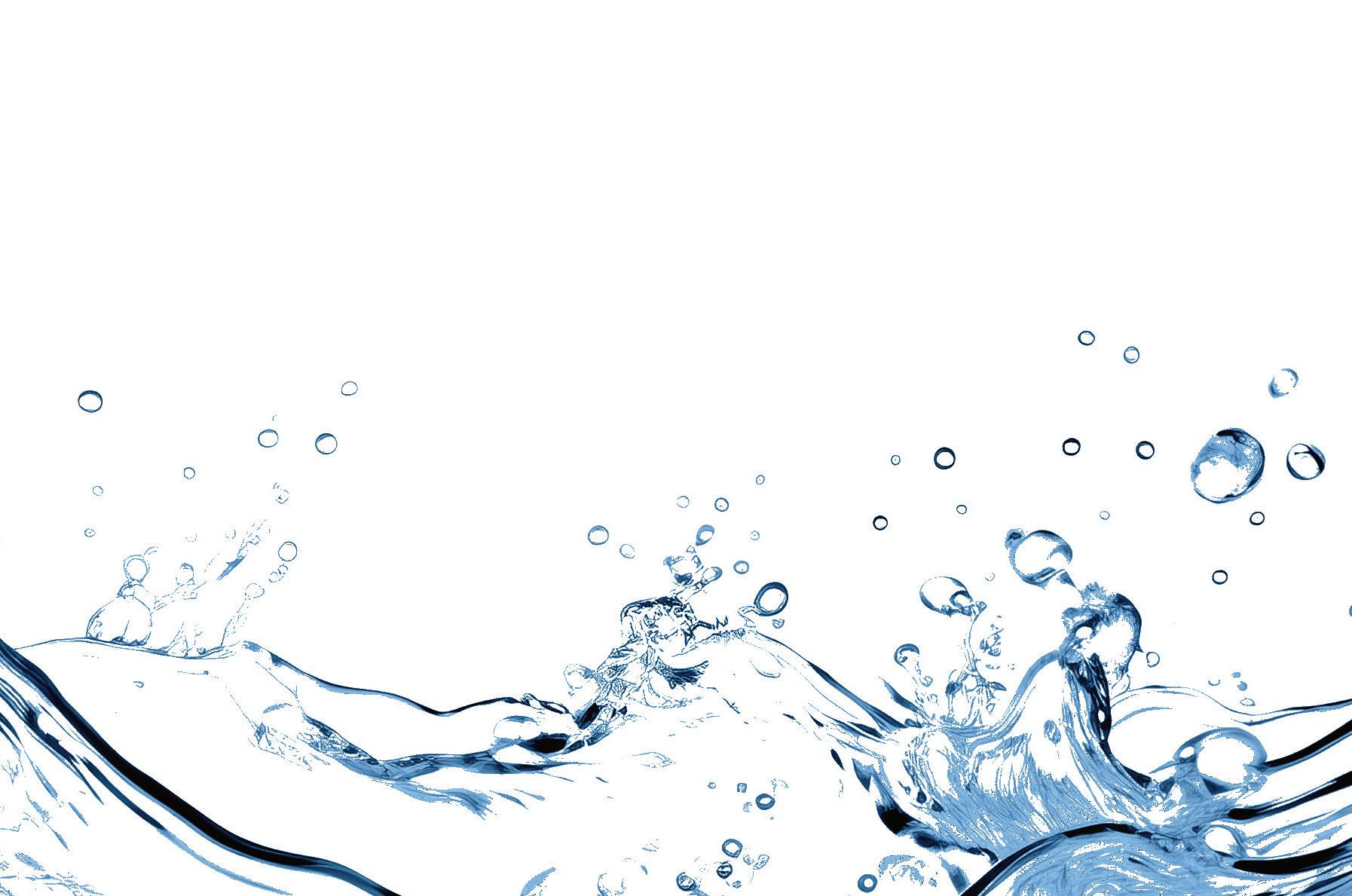
Ramadhani Eka Putra, Ph.D., Dr. Mia Rosmiati, Anriansyah Renggaman, Ph.D., Melia Famiola Hariadi, Ph.D., Ida Kinasih, Ph.D., Acep Purqon, Ph.D. 87
Dr. Lulu Lusianti Fitri, M.Sc. , Shanty Rahayu Kusumawardani, S.Pd., M.Si. 105
Dr. Agus S. Ekomadyo, Dr. GES. Mohammad Zaini Dahlan 123
Dr.-Ing. Deny Hamdani 133
Dr.Eng. Pandji Prawisudha
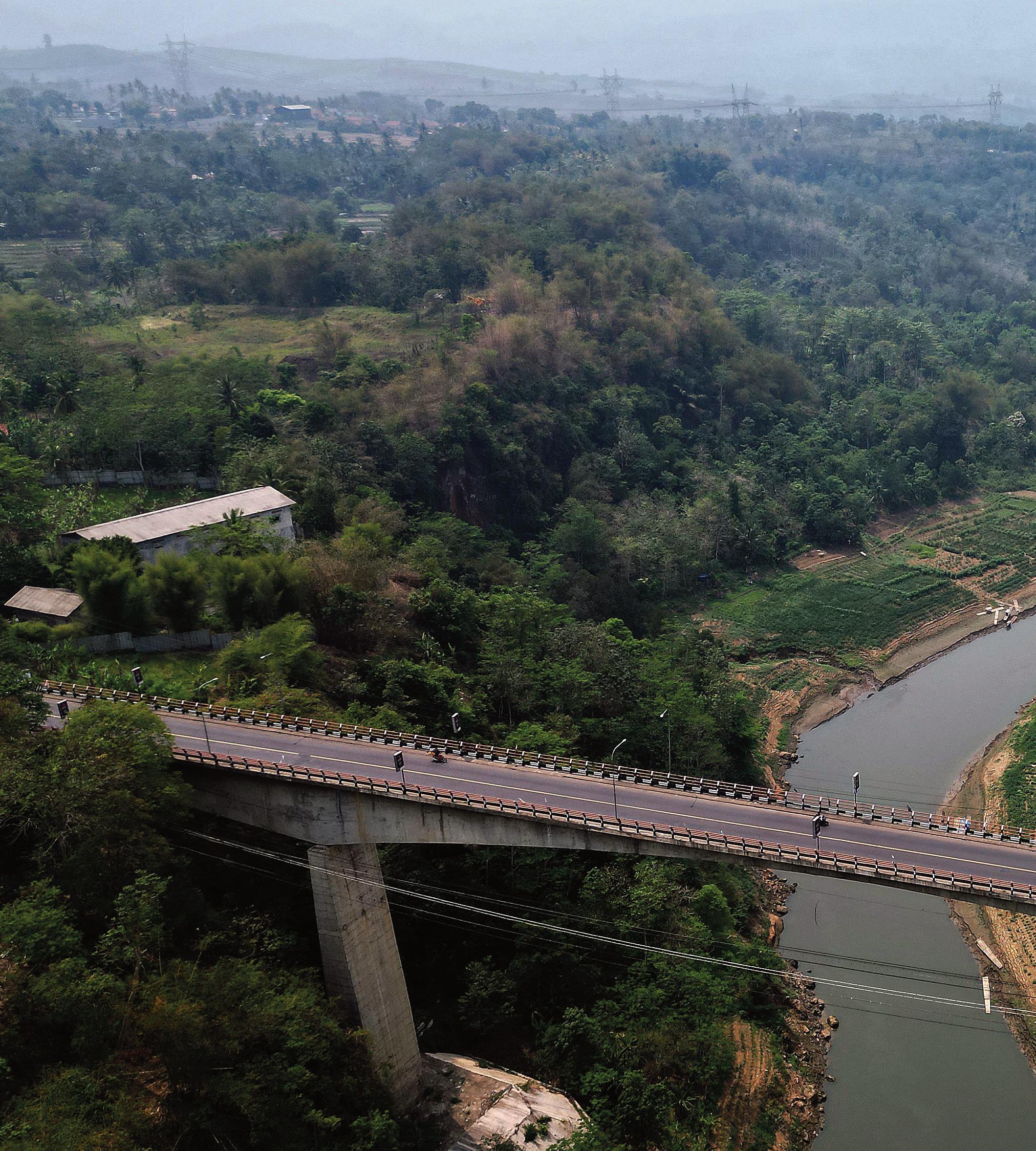
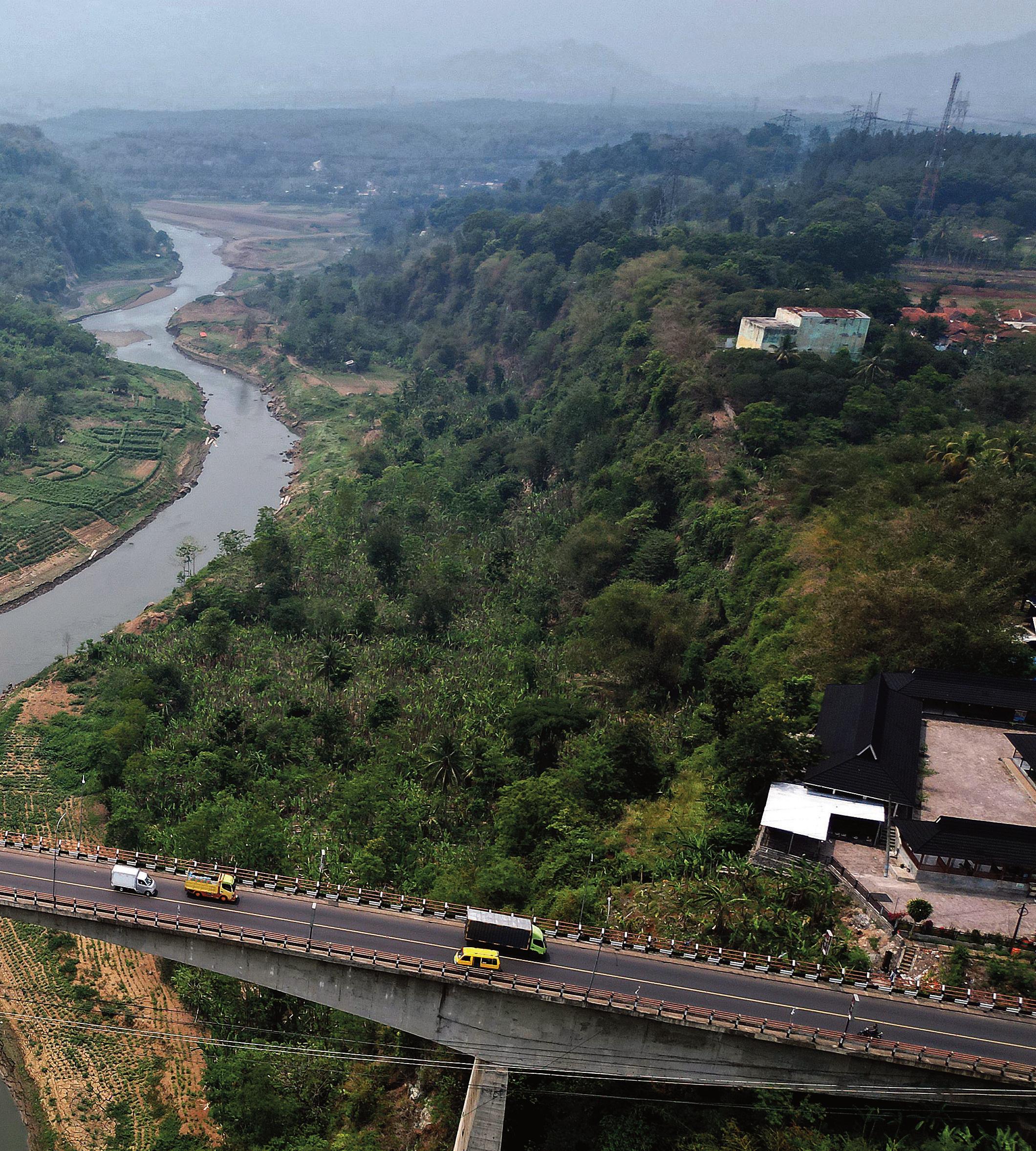

Wastewater Treatment in Citarum River Basin (DAS) Using Recirculating Aquaculture System (RAS) for Freshwater Fish Production in Kampung
Tarikolot, Cikalongkulon District, Cianjur Regency

Prof. Dr. Gede Suantika
Dr. Magdalena Lenny Situmorang
Microbial Biotechnology Research Group
School of Life Sciences and Technology
The implementation of the recirculating aquaculture system (RAS) conducted by the ITB team has successfully increased the production of freshwater pomfret fingerlings in Kampung Tarikolot, Cikalongkulon District, Cianjur Regency, which is located in the Citarum River Basin area. The culture water undergoes physical, chemical, and biological treatments before being reused throughout the fish culture period, ensuring stable water quality.
THE Citarum River Basin (DAS) is the largest river basin in West Java. The degradation of water quality in the Citarum River is estimated to continue increasing from year to year due to the growing volume of pollutants generated from various activities carried out by communities around the Citarum River.
Domestic and agricultural waste are the major contributors to the deterioration of the Citarum River’s quality (Salim, 2002). Based on secondary data provided by the Cirata Reservoir Management Agency (BPWC), the highest concentration of ammonia was recorded in early 2012, at 0.083 mg/liter. The highest levels of nitrite and nitrate occurred in mid-2011, measuring 0.194 mg/liter and 3.527 mg/liter, respectively.
The presence of organic nitrogen, in the form of ammonia, can lead to a decrease in the dissolved oxygen levels in water. Ammonia can be oxidized into nitrite, which is highly toxic. However, nitrite can be further oxidized back into non-toxic compounds in the form of nitrate. This nitrification process does not occur spontaneously; it requires the assistance of bacteria to convert ammonia into nitrate (Novia, 2016).
The need for appropriate technology is crucial to reduce the ammonia levels in the Citarum River. Maintaining water quality is essential for fish farmers in villages located along the Citarum River Basin (DAS). Prior to the intervention of the Bandung Institute of Technology (ITB), the community of Kampung Tarikolot, Cikalongkulon District, had already been engaged in freshwater fish aquaculture. However, their production was not optimal due to suboptimal water quality resulting from pollution in the vicinity of the Citarum River Basin.
One of the main commodities in freshwater aquaculture is freshwater pomfret. However, the annual production volume of pomfret has not yet met the production targets. One of the reasons is the presence of constraints in the aquaculture process, particularly regarding water quality and diseases, especially during breeding and rearing. Both of these problems can be overcome if the
ammonia content in the system is maintained at a low concentration, thus preventing the presence of organic nitrogen compounds that are toxic to the culture and limiting the availability of nutrients for the growth of infectioncausing bacteria (Suantika et al., 2010).
This can be achieved through the implementation of a recirculating aquaculture system (RAS). The culture water is treated physically, chemically, and biologically before being reused during the fish culture period, ensuring stable water quality. In a recirculating aquaculture system, the biofilter is one of the key components in maintaining water quality through the process of nitrification.
The nitrification process in water involves two major groups of nitrifying bacteria: the first oxidation process oxidizes ammonia to nitrite by ammonia-oxidizing bacteria (AOB), while the second process oxidizes nitrite to nitrate by nitriteoxidizing bacteria (NOB). For this biotransformation process to proceed efficiently, bacteria need to be in the form of biofilm attached to the surface of the biofilter.
The biofilm then receives dissolved organic nutrients (ammonium) from the water through the process of diffusion (Suantika et al., 2010). In this community service activity, a RAS system is used to treat wastewater to fit within the tolerance range of cultured organisms. This process is necessary to enhance and maintain the health quality of the cultured organisms during the freshwater aquaculture process, specifically freshwater pomfret.
The targets of this activity are:
1. Development of a prototype application of locally-based recirculation technology in freshwater fish farming systems.
2. High-productivity stock of freshwater juvenile fish.
3. Technical data and process parameter for operating the system and designing it on a larger scale.
4. Establishment of Standard Operating Procedures (SOP) for the application of RAS in treating wastewater from the Citarum River Basin for freshwater fish farming activities.
In this activity, the creation of a prototype application of locally-based recirculation technology within the freshwater fish farming system, specifically for freshwater pomfret (Colossoma macropomum), is undertaken. The system comprises:





very fine organic particles.
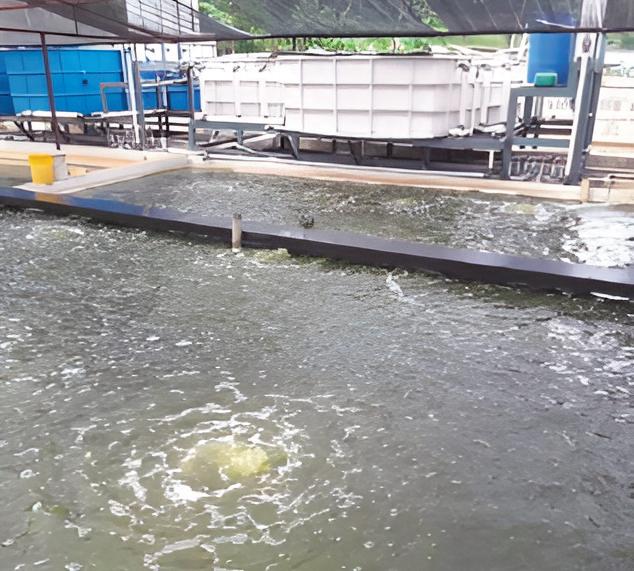
Biofilter for the nitrification process (processing toxic ammonia into nitrite and nitrate) by nitrifying bacteria.
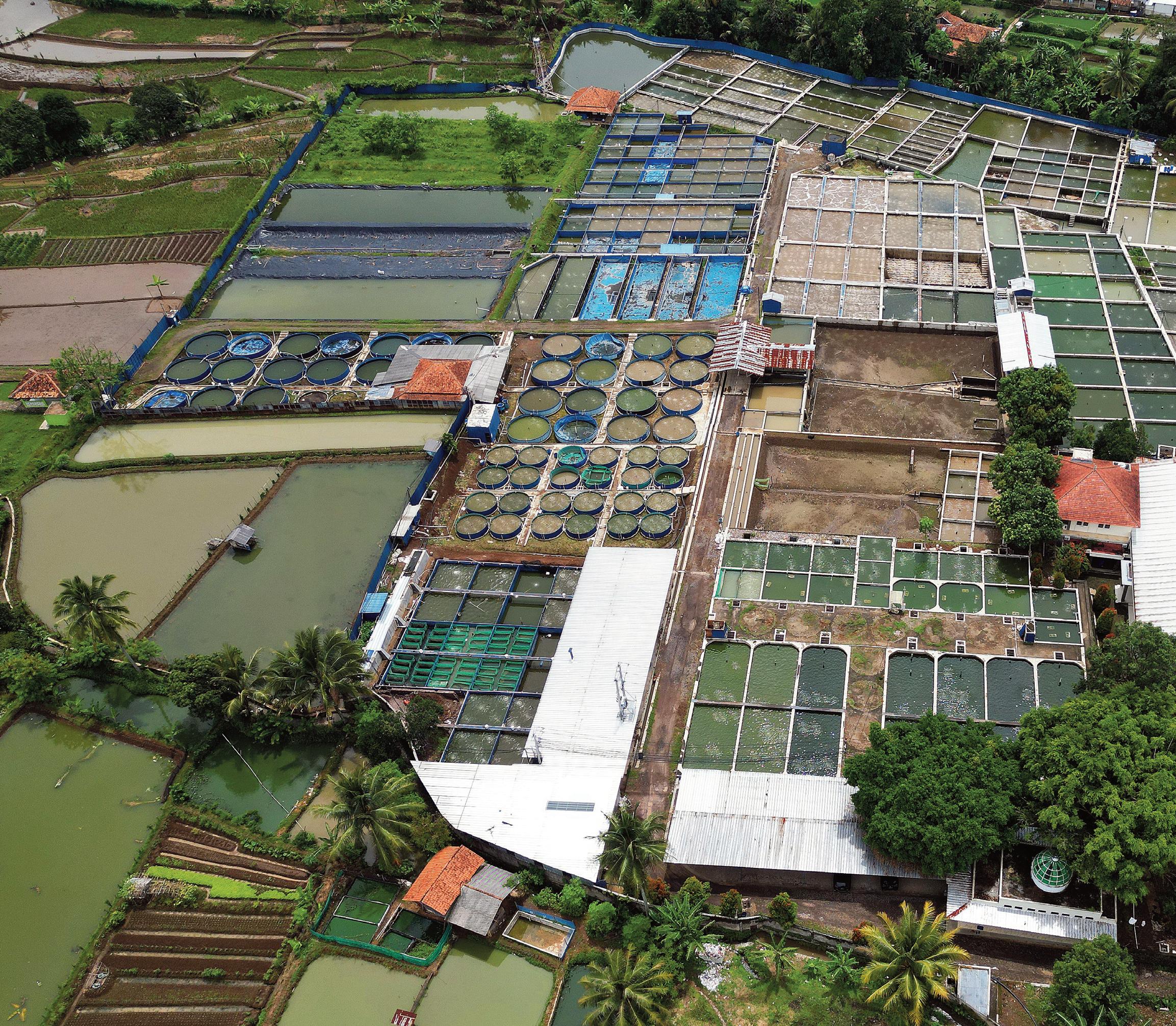

The partners benefited from this community service in the form of increased production of freshwater pomfret fingerlings using the RAS system for managing water quality from the Citarum River Basin, which is more optimal. Furthermore, the set targets have been achieved, including:
1. The prototype application of locally-based recirculating technology in freshwater fish farming systems has been developed.
2. High-productivity juvenile freshwater fish stocks have been achieved, with a total biomass of 3.4 kg/m2 for fish fingerlings and a total biomass of 5.7 kg/m3 for the grown fish.
3. Technical data and process parameters for system operation and large-scale design have been collected as the basis for developing SOPs.
4. The standard operating procedures (SOPs) for applying RAS in treating wastewater from the Citarum River Basin for freshwater fish farming activities have been formulated.
The results of this activity have already achieved the expected targets. However, further production increases are still feasible. Therefore, this initiative can be continued in the future by conducting similar activities but on a more intensive production scale (larger system volume with higher culture density), both using the same fish commodity (freshwater pomfret) and other freshwater fish species such as tilapia.***
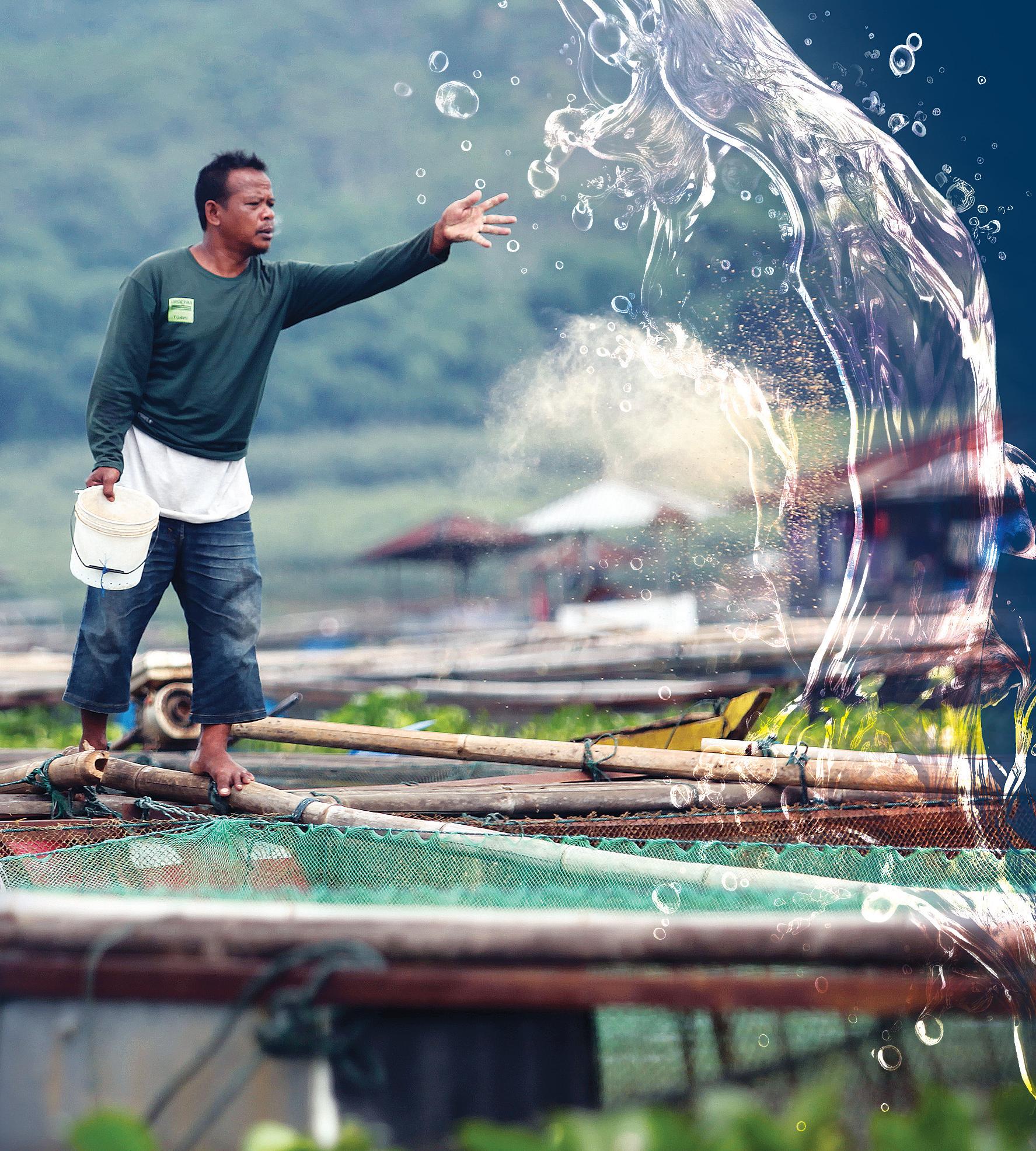
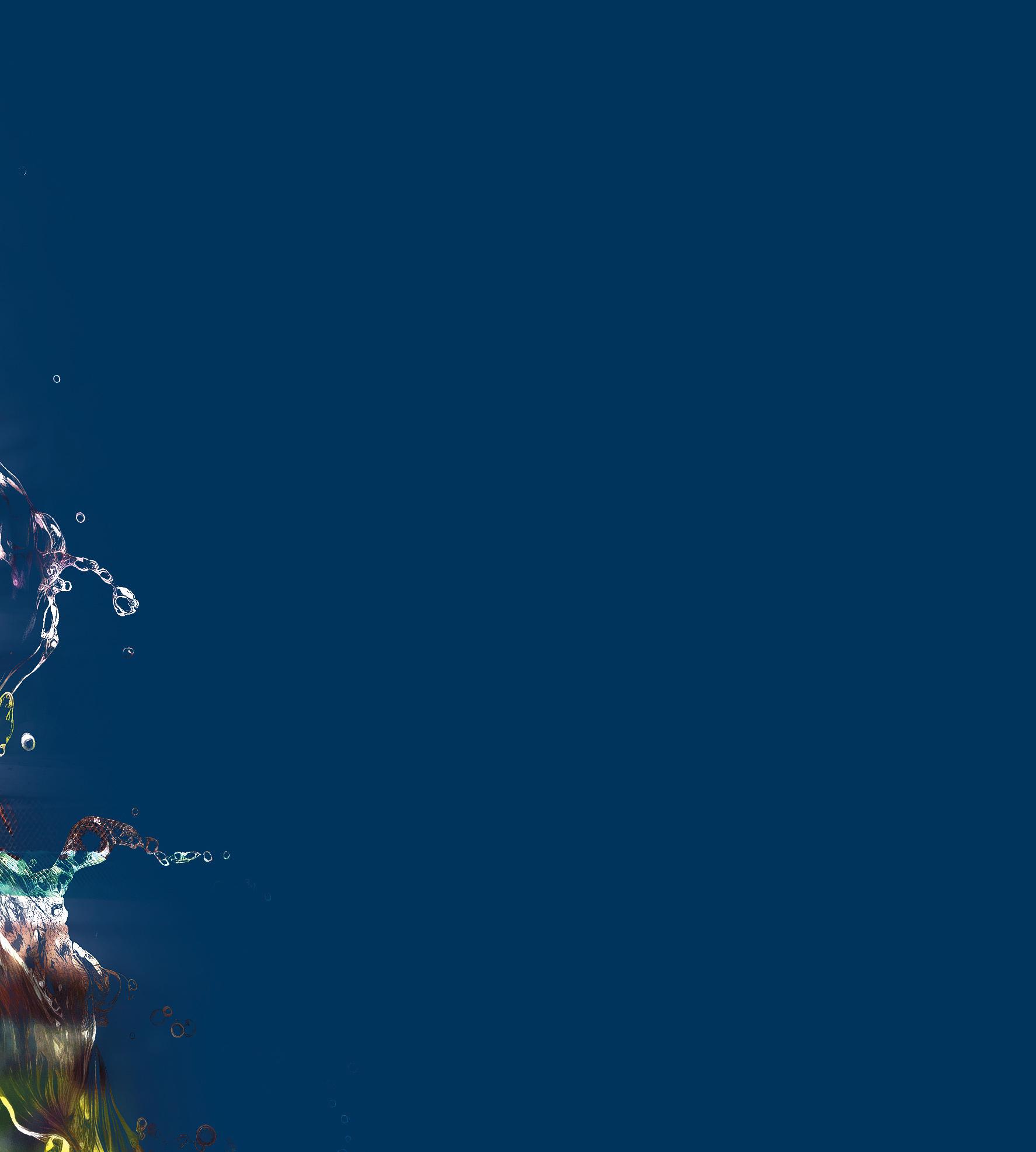
Prof. Dr. Gede Suantika
Dr. Magdalena Lenny Situmorang
Microbial Biotechnology Research Group School of Life Sciences and Technology
The tested synbiotic product consists of a consortium of probiotic bacteria developed by the Microbial Biotechnology Research Group at the School of Life Sciences and Technology, Bandung Institute of Technology (SITH ITB), along with a commercial prebiotic in the form of Spirulina sp. microalgae. This synbiotic product resulted in superior Nile tilapia outcomes, demonstrating excellent growth and productivity, as well as high survival rates and disease resistance.
NILE tilapia (Oreochromis niloticus) is one of the superior commodities in aquaculture with a continuously increasing market demand each year. The aquaculture fish production grows at an average rate of 3.36%, and it is noted that the Nile tilapia commodity experienced a significant increase of 14% from the total of 13.17 million tons during the period from 2015 to the third quarter of 2018. Furthermore, the percentage of Nile tilapia commodities holds the highest value (29%) compared to catfish, pangasius, goldfish, milkfish, and other aquaculture fish commodities (KKP, 2019).
With high production comes the potential for mass mortality cases of fish, both during the breeding and rearing stages, due to bacterial or viral infections. One example is the mass mortality of freshwater fish in Cianjur Regency in November 2019 due to Aeromonas bacterial infection (Kompas, 2019). Controlling bacterial diseases in fish can be done by administering antibiotics. However, continuous administration of antibiotics can lead to bacterial resistance against those antibiotics.

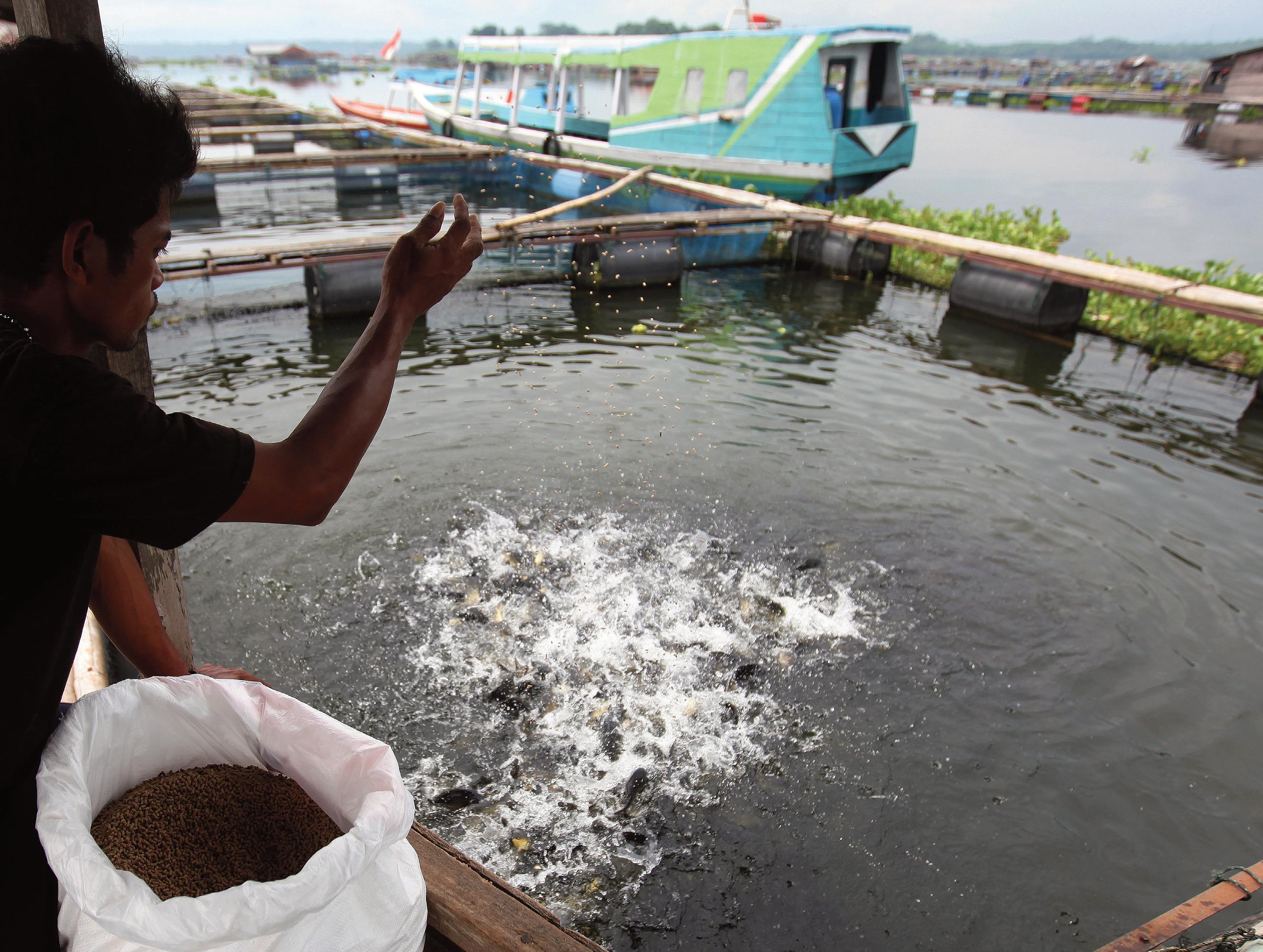
The application of sinbiotics provided in feed is one way to enhance the immune system of the fish. Sinbiotics are products containing both probiotics and prebiotics. Probiotics are beneficial microorganisms that have advantageous effects on their host. These probiotics can act as immunostimulants, inhibit the growth of pathogenic bacteria, improve feed conversion ratio, and enhance water quality (Watson et al., 2008).
Meanwhile, prebiotics are food substances that cannot be digested by the host, typically consisting of monosaccharides, oligosaccharides, and polysaccharides that function as substrates to stimulate the growth of a number of bacteria in the host’s digestive tract. Prebiotics are considered to enhance survival, feed efficiency, and beneficial bacterial composition in the digestive tract of fish (Merrifield et al., 2010). The supplementation of synbiotics in feed can improve survival rates, stimulate growth, and enhance the immune system of the host (Cerezuela et al., 2011).
The synbiotic formulation has previously been tested in the larviculture of Nile tilapia and has been proven to enhance larval survival, growth, and feed utilization efficiency, as well as resistance to the pathogenic bacterium Aeromonas hydrophila. In this community service activity conducted by ITB, the application of appropriate technology in the form of a synbiotic product for the grow-out of Nile tilapia in a closed system has been implemented. In this activity, ITB collaborated with a local partner, namely PT Indohatchery Bangun Insan Sejahtera, located in Cianjur Regency, West Java Province.
The tested synbiotic product consists of a consortium of probiotic bacteria developed by the Microbial Biotechnology Research Group at the School of Life Sciences and Technology, ITB, along with a commercial prebiotic in the form of Spirulina sp. microalgae. This synbiotic product has yielded excellent results in Nile tilapia production, demonstrating good growth and productivity, as well as high survival rates and disease resistance.
The targets of this activity are:
1. Development of a synbiotic feed supplement.
2. Implementation of appropriate technology for closed aquaculture systems.
3. Establishment of disease-resistant Nile tilapia stocks with high productivity.
This activity directly contributes to the enhancement of tilapia aquaculture productivity within the local partner’s environment and has the potential for dissemination in the surrounding areas of the Citarum River Basin, particularly in Kampung Tarikolot, as a pioneering industry. It is expected to positively impact the aquaculture sector in surrounding industries in the future. The period of fish cultivation for tilapia enlargement using synbiotic feed will continue until the end of the year 2020 to achieve the target cultivation period of 120 days for tilapia enlargement.
The achieved objectives are as follows
1. Development of synbiotic feed supplements.
2. Implementation of appropriate technology for closed aquaculture systems.
3. Establishment of disease-resistant tilapia stocks with high productivity.
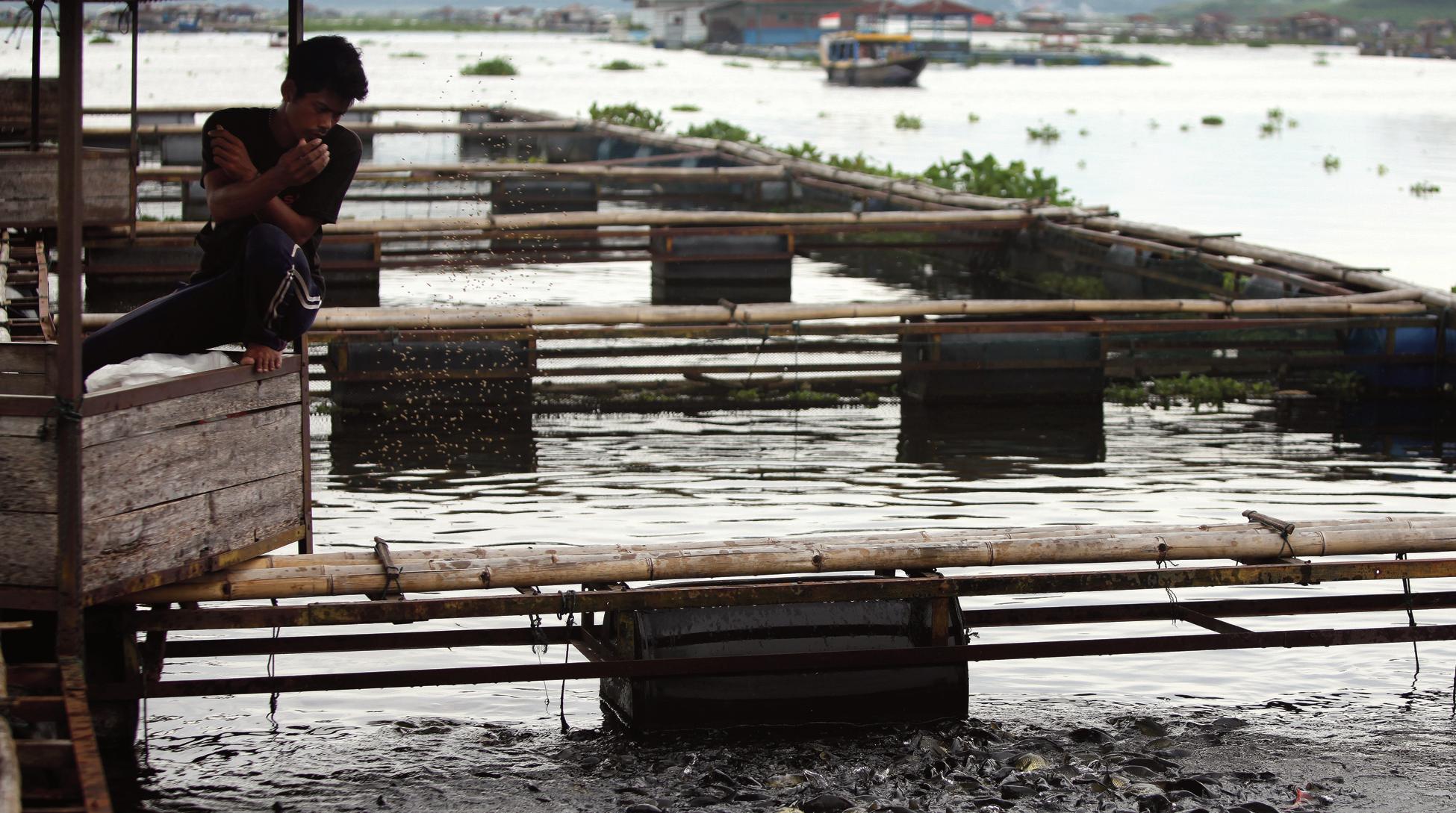
Grow-out Pond
25-ton tarpaulin pond with iron frame
Tank Volume
25m3
Stocking Density
80 fish/m3
Culture Period
130 days
Total Harvest 497kg - 489kg Total Feed
- 559.5kg
Feed Efficiency
- 75.4%
Productivity
19.9kg/m3 - 19.6kg/m3
Grow-out Pond
Salt addition: 10 kg NaCl/10 m3 water + lime 500 g CaCO₃ m3 water. Molasses addition: 1 liter of molasses per 10 m3 water + probiotic bacterial consortium 100g/10 m3 water. For seven days with aeration to maintain dissolved oxygen (DO) concentration at DO > 5-6 ppm.











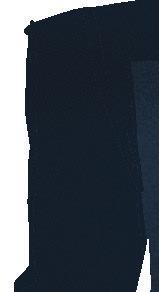
 Diffuser
Diffuser
Concentration of NH4-N (ppm)
Concentration of N02-N (ppm)
Concentration of NH4-N (ppm)
Concentration of N02-N (ppm)

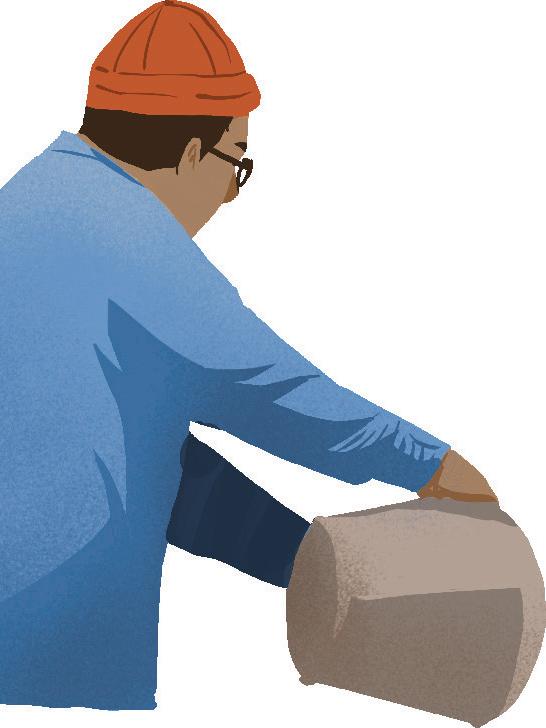



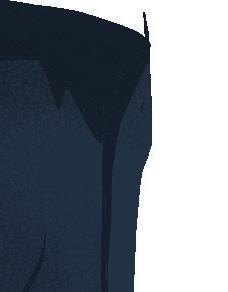
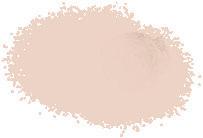







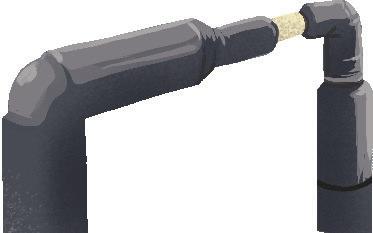

Closed Hybrid Zero-Water Discharge (ZWD) Tilapia Aquaculture - Flow Through for Nile Tilapia Production

Prof. Dr. Gede Suantika
Dr. Magdalena Lenny Situmorang
Microbial Biotechnology Research Group School of Life Sciences and Technology
Nile tilapia (Oreochromis niloticus) is one of the main freshwater fish commodities in Indonesia. However, Nile tilapia aquaculture has not shown optimal performance, prompting the development of closed aquaculture systems such as Zero Water Discharge (ZWD) - flow through, along with the application of functional feed supplemented with synbiotics, a mixture of probiotics and prebiotics, as an alternative strategy for disease control in Nile tilapia aquaculture.
Nile tilapia (Oreochromis niloticus) is one of the superior fisheries commodities with a continuously increasing market demand each year. The aquaculture fish production grows at an average rate of 3.36%, and it is known that the Nile tilapia commodity has obtained a significant increase of 14% from the total of 13.17 million tons during the period from 2015 to the third quarter of 2018. Furthermore, the percentage of Oreochromis niloticus commodities occupies the highest value (29%) compared to catfish, pangasius, goldfish, milkfish, and other aquaculture fish (KKP, 2019).
Along with the high production, the potential for mass fish mortality cases, both in the breeding and rearing stages due to bacterial or viral infections, is also high. For the example is the mass death of freshwater fish in Cianjur Regency in November 2019 due to Aeromonas bacterial infection (Kompas, 2019).
Controlling bacterial diseases in fish can be achieved through antibiotic administration. However, continuous antibiotic use may lead to bacterial resistance to these antibiotics. Therefore, alternative production systems with more effective disease control strategies are highly necessary for tilapia aquaculture.
The targets and outputs of this activity are as follows:
1. Functional microbial products.
2. Appropriate technology for closed aquaculture systems, specifically the ZWD-flow through hybrid system.
3. Stock of tilapia fish with high productivity and quality.
This research also aims to determine the effect of applying the ZWD-flow through system with and without the provision of synbiotic feed on the growth performance, water quality, and microbiota profile of tilapia fish.


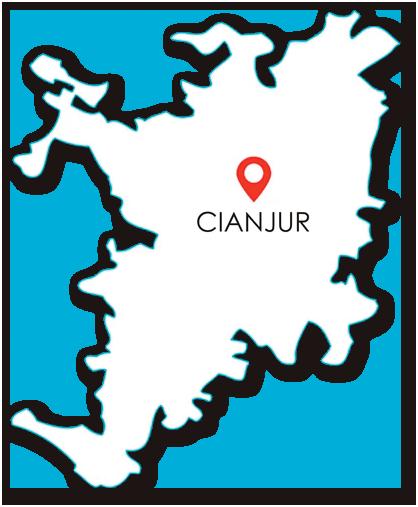
This research was conducted in Kampung Tarikolot, Cinangsi Village, Cikalongkulon District, Cianjur Regency. The research began with the preparation and conditioning of the ZWD-flow through system as well as the production of synbiotic feed containing probiotics at a concentration of 10^8 CFU/kg of feed and Spirulina platensis microalgae at 0.5%. Next, the Nile tilapia were grown for a 90-day culture period. Measurements of water quality, biological parameters, and microbiological parameters were conducted at the middle and end of the culture period.
ndings indicate that water quality parameters such as temperature, dissolved oxygen (DO) content, pH, ammonia, nitrite, and nitrate in both the control and symbiotic treatment groups fall within the tolerance range for the growth of Nile tilapia fish. The control treatment ZWD-flow through resulted in an average daily growth (ADG) of 3.02 g/day, a feed conversion ratio (FCR) of 0.94, a survival rate of 78%, a final biomass of 492.19 kg, and a productivity of 19.69 kg/m3. In contrast, the synbiotic treatment yielded an average daily growth (ADG) of 2.11 g/day, a feed conversion ratio (FCR) of 1.64, an estimated survival rate of 72.6%, a final biomass of 332.7 kg, and a productivity of 13.3 kg/m3
Based on physiological analysis of microbial communities using BIOLOG Ecoplate, both treatments exhibited high metabolic diversity as evidenced by the H’ Index values exceeding 3 across all samples. The difference in feed types did not significantly influence the metabolic diversity of the intestinal microbial community of tilapia fish. Overall, supplementation of synbiotic feed did not significantly affect the total metabolic activity and metabolic diversity of the intestinal microbial community of tilapia fish.
The application of ZWD-flow through technology with or without synbiotic feed supplementation enhances the utilization of carbohydrate substrates and other carbon sources within the system, which does not significantly affect the growth and health of tilapia fish compared to the control. However, the decrease in the number of Vibrio bacteria in tilapia cultivation within the ZWD-flow through system, coupled with synbiotic
feed supplementation, indicates the potential application of this technology as an alternative solution to enhance microbial management in aquaculture systems.
Overall, the application of the ZWD-flow through technology, with or without synbiotic feed supplementation, holds potential as an alternative production system for intensive tilapia aquaculture on a more sustainable industrial scale.
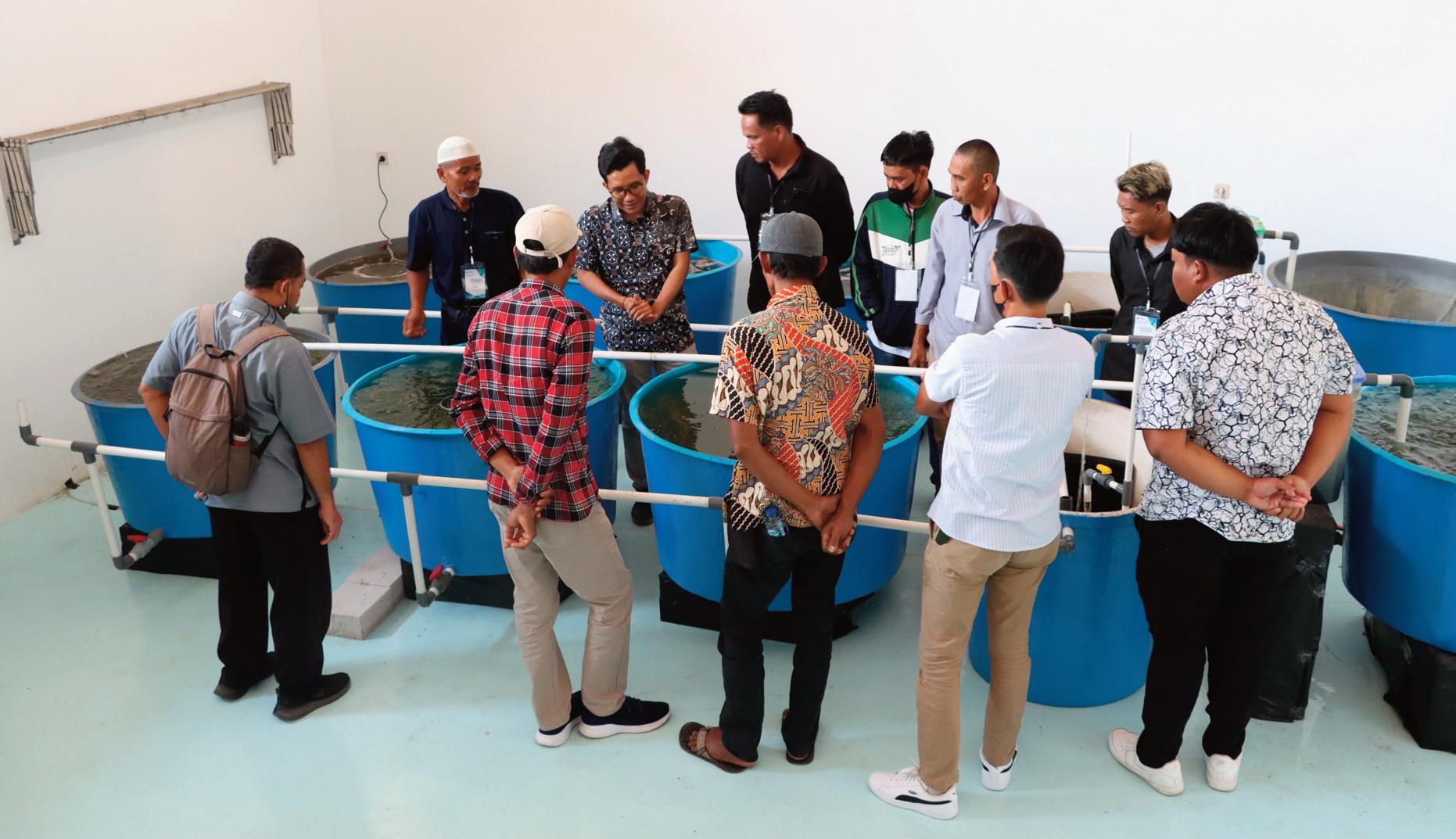
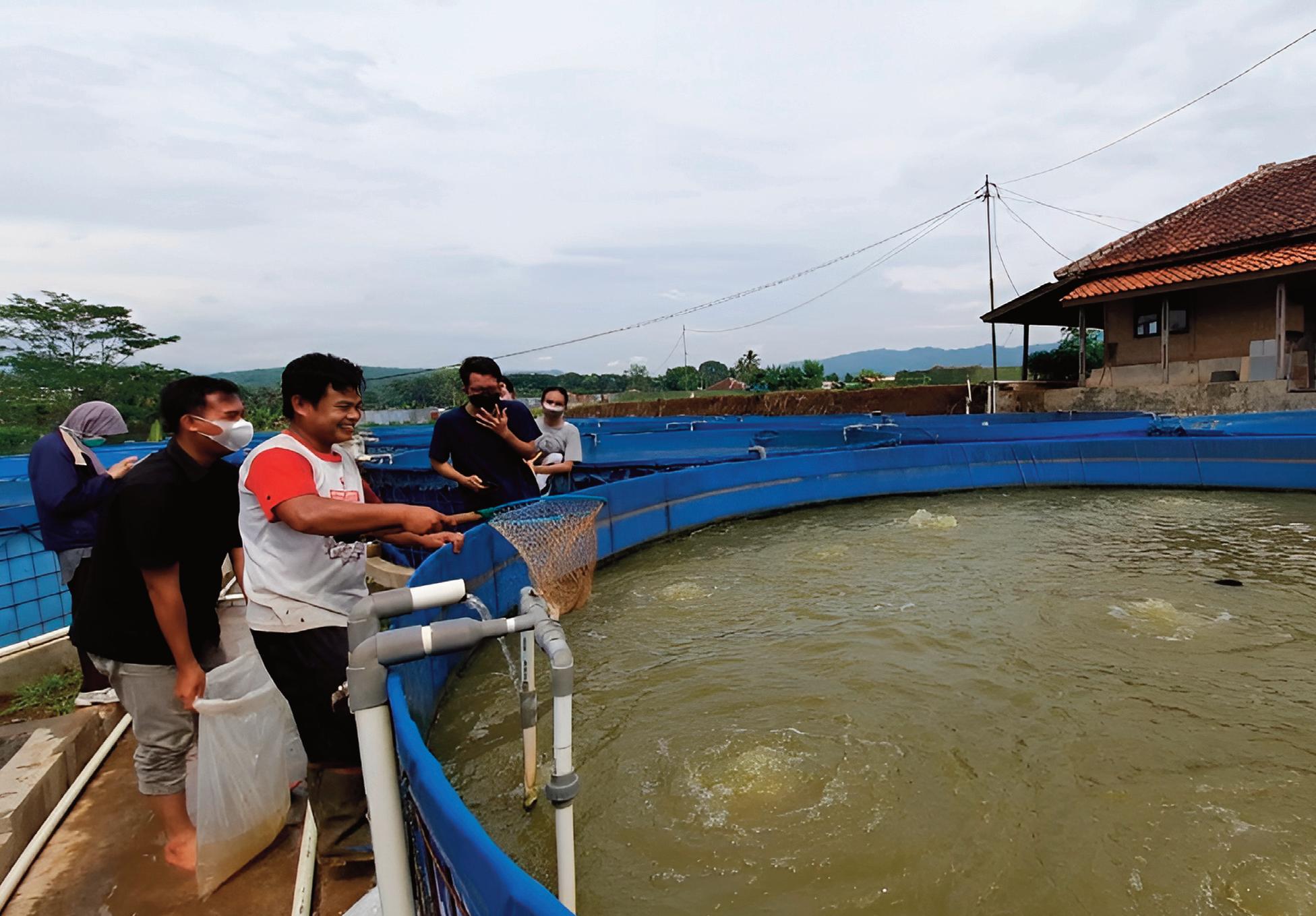
This activity contributes to PT Indohatchery Bangun Insan Sejahtera (PT IBIS) in Kampung Tarikolot, Cianjur District, making it a pioneer in the fisheries industry for other fisheries industries in the Citarum River Basin, Kampung Tarikolot, and other areas in Cianjur District in aquaculture through the synergy of activities between science and technology resources.
In this activity, the focus is on the science of developing closed aquaculture systems for freshwater fish production, specifically tilapia, utilizing the hybrid ZWD-flow through system. Further research can be conducted to evaluate the economic feasibility of applying the hybrid ZWD-flow through system with or without synbiotic feed. System replication can be increased to enable more comprehensive data processing using statistical analysis.***

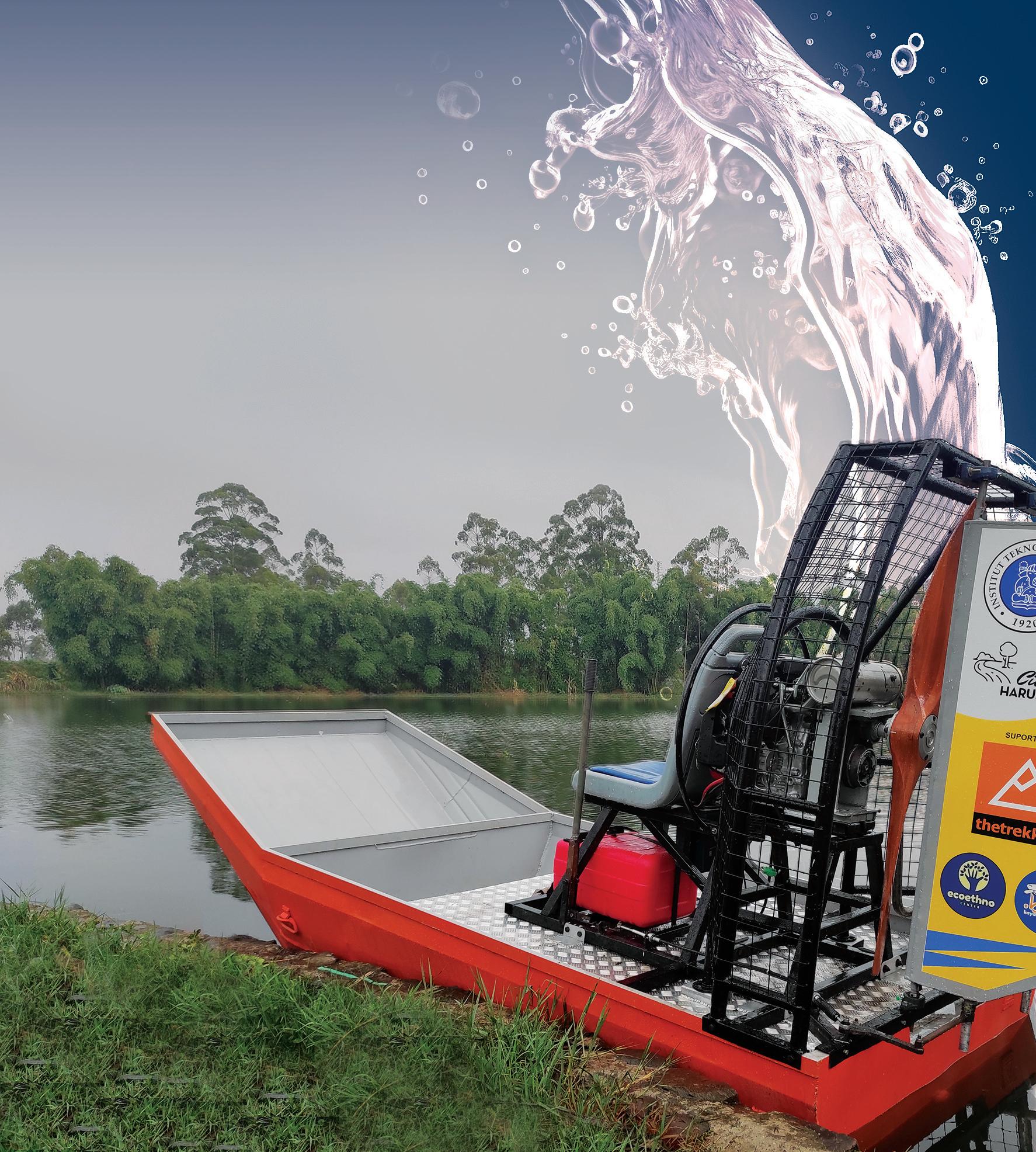
Multi-purpose Gangboat for Research, Rescue, Transportation, and Water Hyacinth Elimination
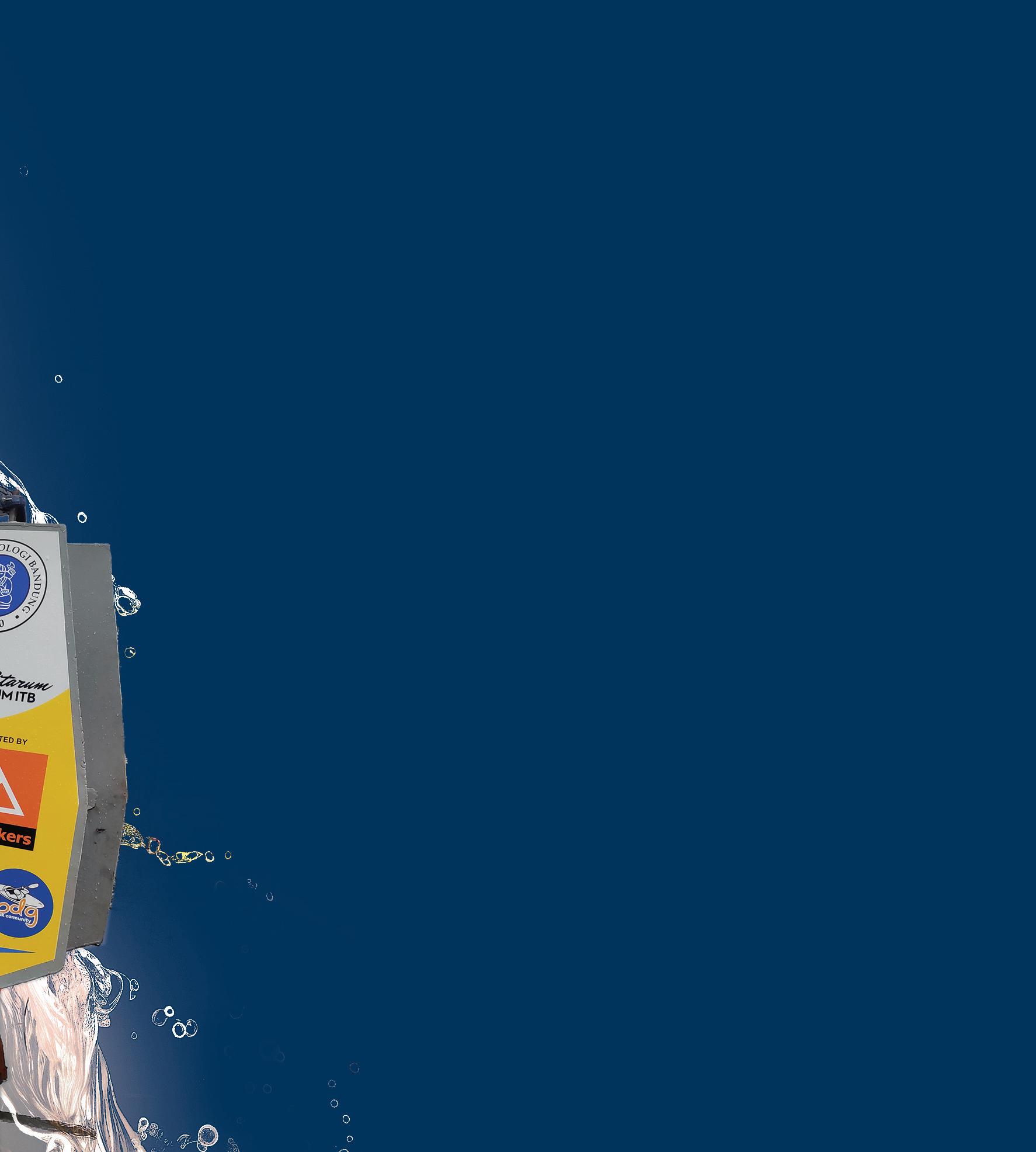
Dr. Muhammad Ihsan D.R.S.A.S.
Bismo Jelantik Joyodiharjo, M.Sn.
Human and Industrial Product Design Research Group
Faculty of Fine Arts and Design
The management of the Citarum River Basin (DAS) faces several significant challenges, including pollution during water quality assessments in several sections, accumulation of waste, water hyacinth infestation, and flooding.
Through their innovation, scientists at ITB have developed an aluminum waterboat equipped with a water hyacinth chopping device capable of operating along the lake’s shoreline with a depth of less than 1.5 meters.
The Citarum River Basin encompasses 13 regencies/cities in West Java Province. In its management, mobility challenges are often encountered. For the water quality checks in several sections, the officers are frequently hindered by pollution, garbage patches, and water hyacinth. The work becomes difficult because the boats used by the data collection team cannot move freely due to these issues.
Similarly, when floods occur, volunteers often face difficulties in delivering aid or evacuating communities trapped by the flood because the boats they use are obstructed by the abundance of garbage. To address this challenge, there is a need for boats with high mobility and multifunctionality. A boat is needed that can penetrate through obstacles of garbage and remain undamaged when encountering sharp objects. Additionally, a boat is required whose propeller does not get entangled in garbage and can also address the issue of water hyacinth infestation at an affordable cost.
From those needs, an aluminum boat with an airboat type design was developed. This design was successfully created at a lower cost than the market price. This boat can penetrate through garbage obstacles in rivers, transport disaster relief aid, evacuate disaster victims, and can be used to explore difficult areas during water quality assessments. This boat has also been equipped with an innovation of a water hyacinth chopping machine. The chopped water hyacinth can be utilized to create crafts with commercial value.
According to data released by the West Java Provincial Government, the length of the Citarum River is 297 km. This river passes through 13 regencies/cities in West Java Province and is divided into 23 territorial operations. Each region has varying river characteristics.
Among these 23 regions, only a few upstream areas (approximately 8 regions, from Lake Cisanti to near the city of Bandung) have steep river characteristics with strong and rapid currents and rapids. The rest are relatively wide rivers with moderate currents, but often filled with piles of garbage that hinder boats from passing through.
River length: 297 km. Passing through 13 regencies/cities in West Java Province and divided into 23 territorial operations. Each area has varying river characteristics.
Subang Regency Indramayu Regency Majalengka Regency Sumedang Regency Cimahi City West Bandung Regency Purwakarta Regency Karawang Regency Bekasi Regency Bekasi City Depok City Bogor City Sukabumi City Bogor Regency Bandung City Bandung Regency Cianjur RegencySo far, there have been two major issues: water quality checks in several sections, including in Bandung Regency segments of Dayeuhkolot District and Baleendah, as well as in Karawang and Bekasi Regencies, particularly downstream near the estuary. This is due to the high water discharge from the Citarum River and its tributaries, as well as the occurrence of tidal currents from the sea.
The idea for making this boat emerged when the Bandung Kayak and Ecoethno communities were providing donations for flood victims in Subang Regency. However, the donations couldn’t reach the flood victims because there were no boats available. Even with rubber boats, they couldn’t navigate through the river.
The use of rubber boats to evacuate victims during floods in residential areas also posed a problem, namely the potential for leakage when they got caught on fences and other sharp objects. The Bandung Kayak community once attempted to use kayaks as an alternative. However, from the experience in Subang Regency, kayaks couldn’t carry many relief supplies due to limited space. Therefore, a boat that is compatible with such situations is needed.


The Citarum River has a vast area, so its segments are divided based on military command. In the area assigned to the Bandung Institute of Technology (ITB) team, there is a lot of garbage and water hyacinth (Eichhornia crassipes). Water hyacinth in several lakes or reservoirs has become very disruptive. Its presence interferes with power generation because it can clog turbines. Additionally, it disrupts the mobility of communities that use boats as a mode of transportation.
As an example, Lake Cirata, which is part of the Citarum River basin, is affected. According to the Citarum Harum Task Force Sector 12, the surface of Lake Cirata covered by water hyacinth has reached approximately 300 hectares out of the total lake area of 6,200 hectares (data from 2021), spread across almost the entire lake area.
If not addressed promptly, the area covered by water hyacinth on the lake will continue to increase, and the potential for disturbance will also rise. Several efforts have been made to utilize water hyacinth, such as turning it into craft products or alternative fuel by making briquettes, which have significant potential for development.
Cleaning up trash with aluminum boats.









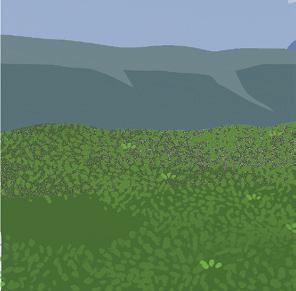

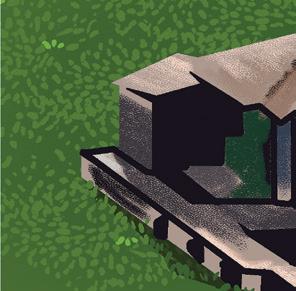
























The main challenge with water hyacinth in lakes is how to transfer it from the lake surface to the land. Some lakes already have conveyors that can retrieve and transfer water hyacinth from the water surface, then it is pulled onto large ships and transferred to the land. However, the limitation of this tool lies in its inability to function optimally when entering shallow areas (approximately 50-100 cm deep). During low tides, in certain locations, the lake’s depth decreases to less than 100 cm, rendering it impassable for water hyacinth eradication vessels. Consequently, alternative means are necessary to address this issue.



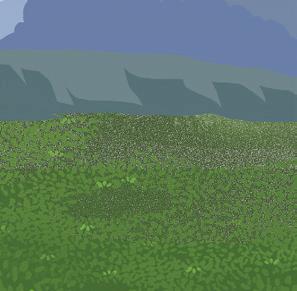
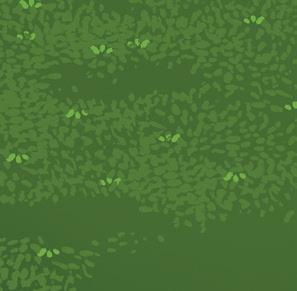
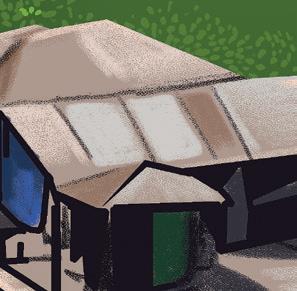













The Citarum River encompasses a vast area, necessitating its segmentation based on military command. In the region assigned to the team from the Bandung Institute of Technology (ITB), there is a significant presence of waste and water hyacinth (Eichhornia crassipes).










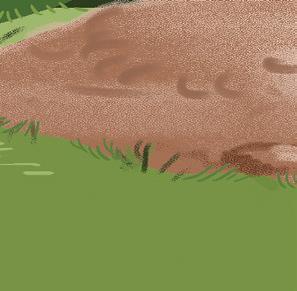



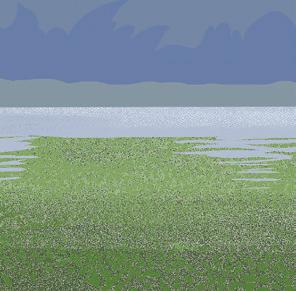





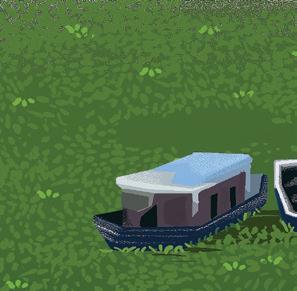

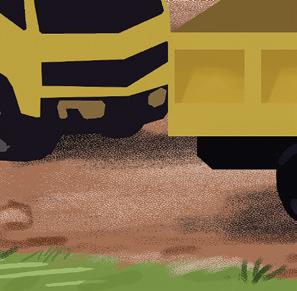






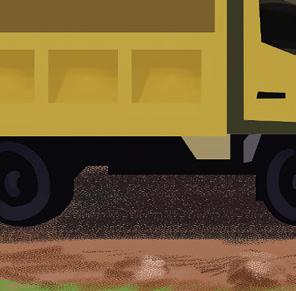









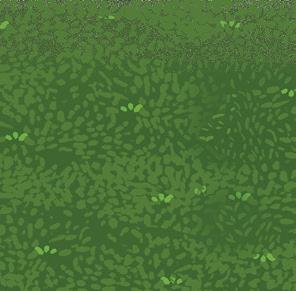

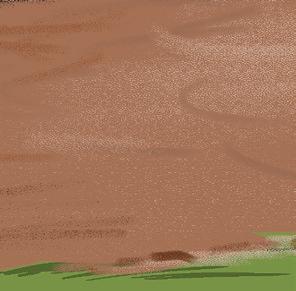


Water hyacinth eradication vessels can effectively operate at a minimum depth of 2 meters (upper) and combat water hyacinth infestation in areas with depths less than 1.5 meters (lower).

In response to this challenge, the ITB team has developed an airboat specifically designed for river segments devoid of rapids and characterized by relatively gentle currents. The boat serves dual purposes: firstly, during flood disasters, and secondly, for collecting water samples in heavily littered areas for research purposes. It is equipped with propellers positioned above to prevent debris entanglement.
The boat is intended for monitoring purposes, disaster evacuation, and the eradication of water hyacinth by means of destruction. The pulverized water hyacinth will be transformed into crafts such as water hyacinth paper. Currently, there are Islamic boarding schools (pesantren) willing to collaborate on crafting these items. However, this endeavor has not yet commenced.
The boat still requires improvements, particularly in enhancing its speed. Efforts are currently underway to increase its rotational speed. Additionally, the water hyacinth shredding machine is designed to be detachable and can be easily installed when needed.
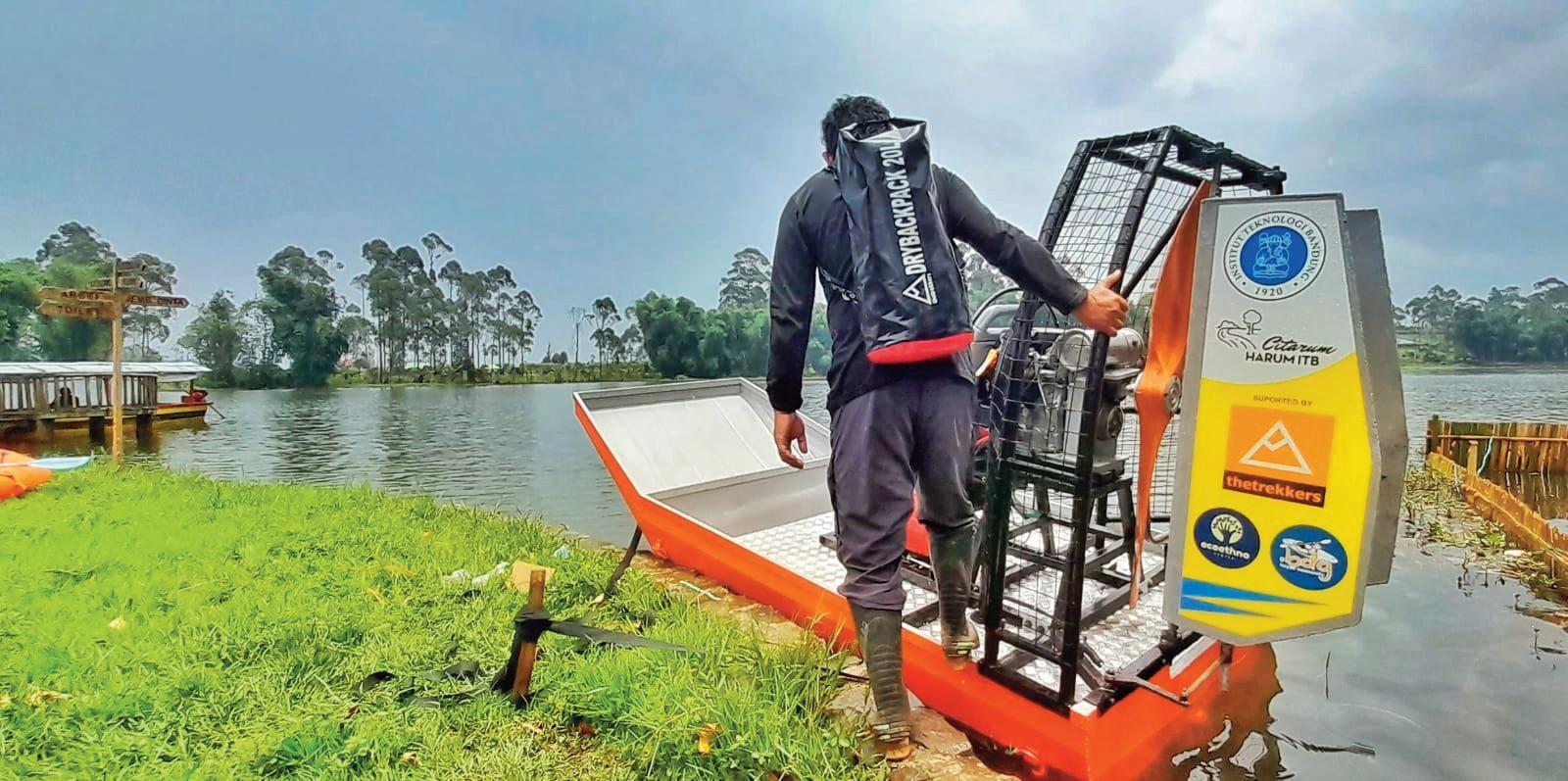


This boat features three types of propulsion. The first type is a conventional propeller, which is the easiest to construct. The second type is a jet, and the third type is an airboat. Conventional propeller and jet propulsion are not suitable for use in the Citarum due to the abundance of debris during floods, which can cause propellers to become entangled. Therefore, an airboat propulsion system has been developed.
The technology of airboats is not novel; however, the developed airboat is a small-scale version intended solely for transporting food aid or for conducting condition assessments.
In the boat’s production, the ITB team collaborated with The Trekkers, an aluminum boat manufacturing company, as well as several environmental NGOs. In 2021, a boat model was developed to support the Citarum Harum program. The boat can serve as a multifunctional transportation mode for inspecting the lake’s water quality or as a means of evacuating communities in the event of fl oods along the Citarum River banks.
The type of boat in question is an airboat with propellers positioned above the water surface. There is also an idea emerging to create a water hyacinth shredder along the lake’s banks with a depth of less than 1 meter, using the airboat as a vehicle or means of transportation.
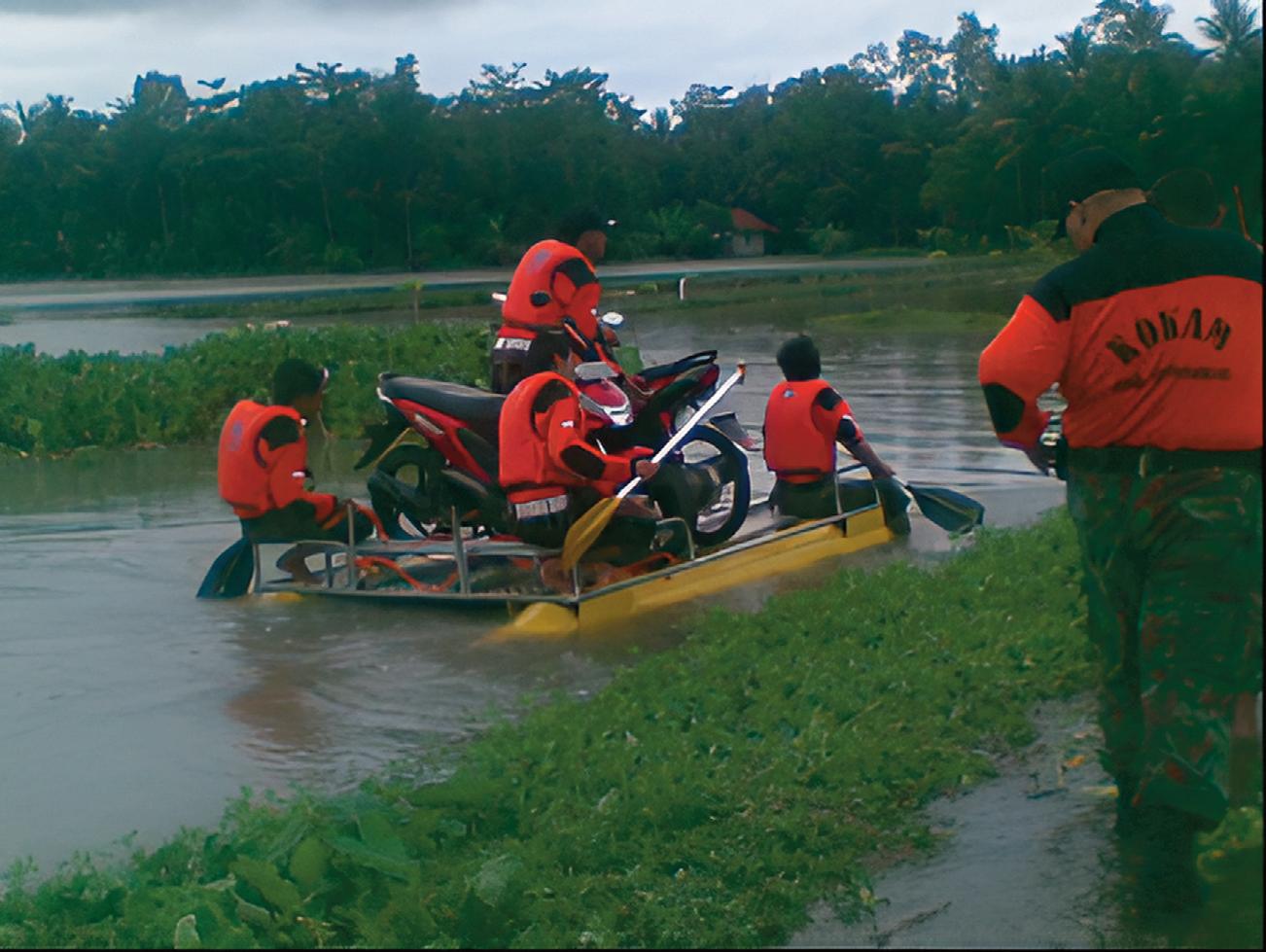

The operational process of the technology begins with the utilization of the airboat during disasters to aid in evacuation, assessment, or delivering assistance to disaster-affected areas. In the context of the Citarum River, it is employed to collect water samples at specific points. Simultaneously, The Trekkers is currently developing a water hyacinth shredder for use in Lake Rawa Pening. Therefore, the budget is allocated towards initial research on the water hyacinth shredder.
There are two water hyacinth shredding systems: the first involves retrieving the water hyacinth with a conveyor and then transporting it to the land. Such equipment is relatively expensive and already exists in several lakes with water hyacinth infestations. The second system entails shredding the water hyacinth first to make it float, then guiding it to the land.
The team opted for the second method because it is more costeffective. This system is already operational, and ITB has established a workshop in Lembang City. The advantage of the airboat lies in its ability to operate in shallow conditions, unlike conveyors, which cannot be used in shallow areas.

In terms of cost, rubber boats made of PVC material are relatively expensive, priced at around Rp20 million each. PVC rubber boats are also highly susceptible to leaks, which can hinder the evacuation process. Currently, in the market, several materials suitable for constructing affordable and functional flood boats are becoming available. One of them is utilizing strong, scratch-resistant, and leak-proof sheet aluminum.
Additionally, these aluminum boats utilize recyclable materials, which have traditionally posed environmental hazards due to their difficulty in recycling. Styrofoam is reused to fill the aluminum boat tubes. Aluminum boats are also highly useful during disasters and are beneficial whenever needed.
Aluminum boats can be utilized as a means to increase community income by establishing river or lake tourism ventures, offering boat rental services for anglers, facilitating waste collection for recycling purposes, and providing ferry services.



The boats currently in use are:
n Rubber boats made of PVC material, which are relatively expensive, costing around Rp20-Rp30 million each. This price is almost the same as aluminum boats, which offer more advantages.
n PVC rubber boats are highly susceptible to leaks due to scratches from sharp objects. This vulnerability can hinder the evacuation process as they need to be patched up beforehand.
n Maintenance costs for rubber or wooden boats are expensive.
n The technical lifespan of rubber boats is below 5 years.
n Boats made from used oil drums have limited lifespans and are difficult to mobilize.

Advantages of Aluminum Boats
n Strong and resistant to impact or sharp objects.
n Long-lasting, estimated at around 15 years.
n Suitable for flood rescue in urban areas with many sharp objects.
n Almost zero maintenance costs.
n Doesn’t require special storage space; can be placed outdoors exposed to rain and heat.
n Not susceptible to leaks due to rodent bites.
n Aesthetically pleasing, comparable to rubber boats; can be painted and labeled.
Weaknesses of Aluminum Landing Craft (LCA):
1. Cannot be folded for mobilization.
2. More expensive for shipping costs to remote areas.
3. Local technicians may not be able to repair damages if they occur.
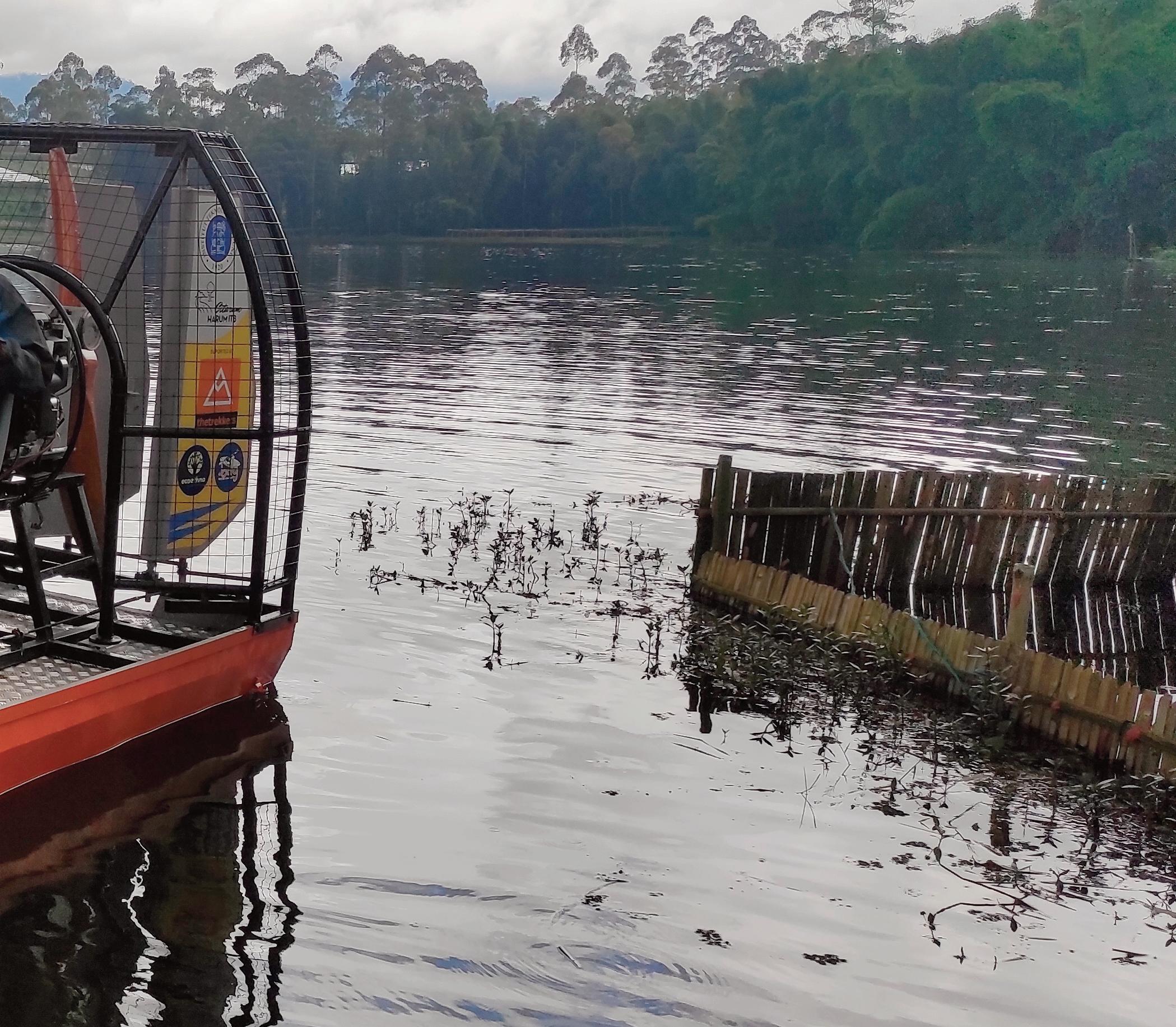
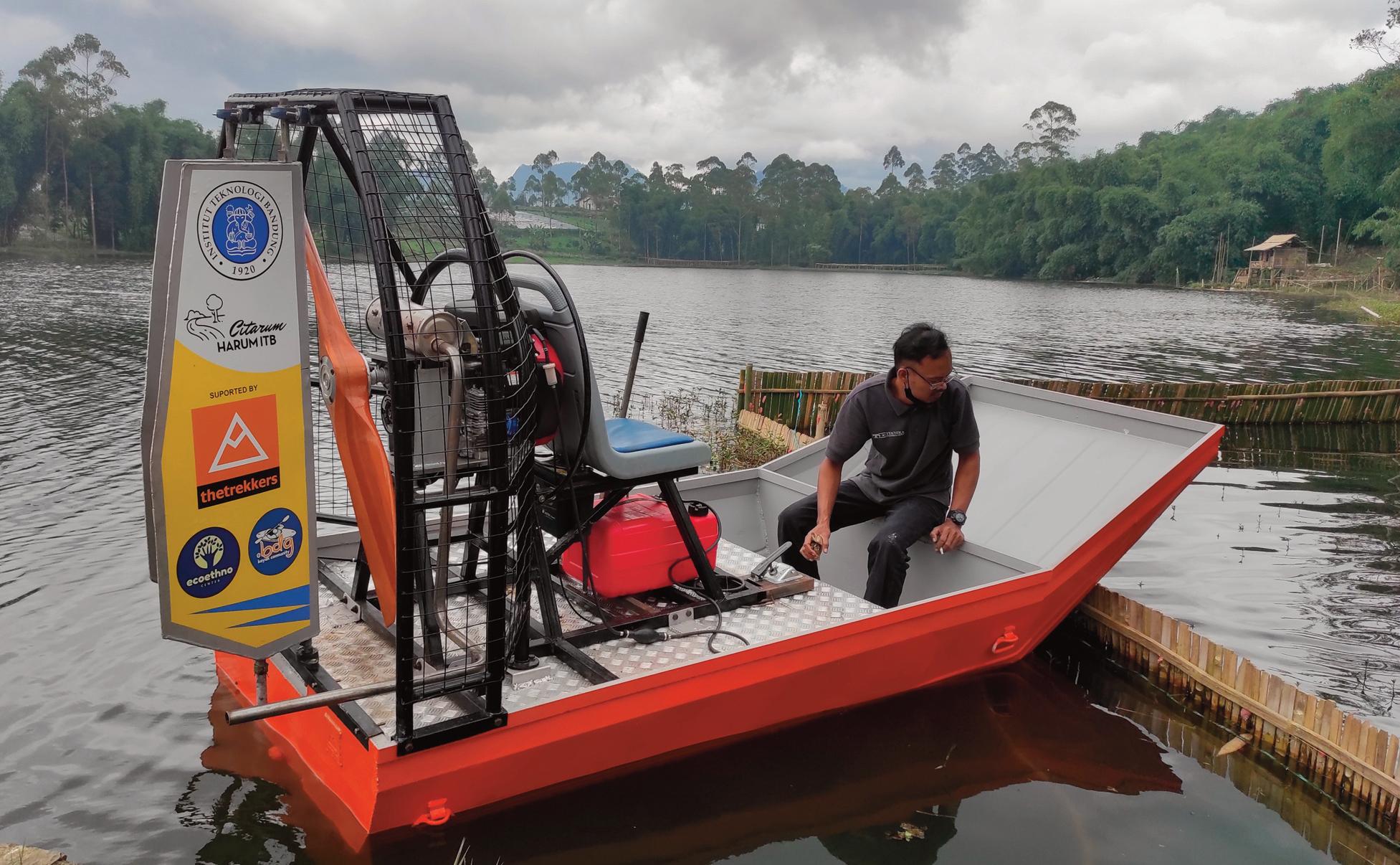
From this program, a type of boat has been developed to support the Citarum Harum program. These boats can serve as transportation mode when inspecting the quality of lake water or can be used as a means of evacuating communities in case of floods along the Citarum River banks.
In addressing the water hyacinth pest issue, a water hyacinth shredder device has been developed and integrated with an airboat as its vehicle. It is hoped that this innovation can address the problem of water hyacinth eradication along lake banks with depths of less than 1 meter.
The technology utilized is relatively simple, and all components are readily available. Lakes across Indonesia are likely to face similar issues, in addition to major rivers like the Citarum. This technology is relatively inexpensive compared to those available on the market, costing below Rp200 million. It is much cheaper than those offered on marketplaces, which typically range around Rp1 billion for a single unit.
Propulsion Motor Driver's Seat Boat Engine

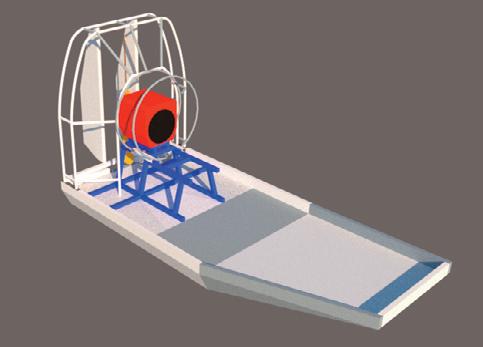
In the initial stage, the ITB team crafted a paper model of the boat. Before constructing the actualsized boat, the team created a 1:1 scale model using plywood. The paper model scale was employed to aid in visualizing the boat, considering the disparity between verbal and visual languages.
To initiate the design process, the team conducted preliminary field surveys. Wood debris, trash, and other items were found in the river. Considering these conditions, the team brainstormed ways to ensure the boat could navigate through them. The front of the boat had to be slightly raised so that it could pass through obstacles even upon impact, unlike



boats with straight fronts.
The shape and angle of the boat also had to be taken into consideration. Field data were processed to create sketches, which were then used to make paper boat models.
The selection of materials is also a consideration. For example, if the boat is made of aluminum, the first technical constraint arises regarding the fabrication methods, whether to use welding or bending. The sheets need to form a structure; thus, a specific process must be employed to shape the contours into structure. When constraints are determined, there are inevitably other associated impacts.
The desired product sketch is then designed, considering dimensions while contemplating its model.
In developing the airboat, dimensions of the engine, engine weight, propeller diameter, and other factors are also designed. The boat must be able to float, move, maintain balance, among other considerations, all of which are contemplated simultaneously.
Other considerations are also taken into account, such as the use of specific engines and the length of the boat, which is linked to material effectiveness.
In developing the airboat as an alternative solution to the water hyacinth problem, the ITB team conducted site surveys and observed the actual conditions of the water hyacinth issue in the Cirata Reservoir. Subsequently, design and model studies were conducted, connected with the airboat, resulting in the following design:
The resulting design involves adding water hyacinth shredder blades, driven by a diesel engine, to the front of the airboat. The transfer case functions to convert the diesel rotation to the blade. It is
hoped that the shredder blades will make it easier to lift the water hyacinth for transport to the land.
This design was then implemented in the production of a prototype airboat. This airboat is expected to address the challenge of eradicating water hyacinths when the water level is below 1 meter. The innovation is hoped to be one of the alternatives in solving various issues in Indonesian waters.***

Bioremediation of Fisheries Activity Effluents in the Citarum River Basin (DAS): Application of Bioprocess-Based Recovery Technology
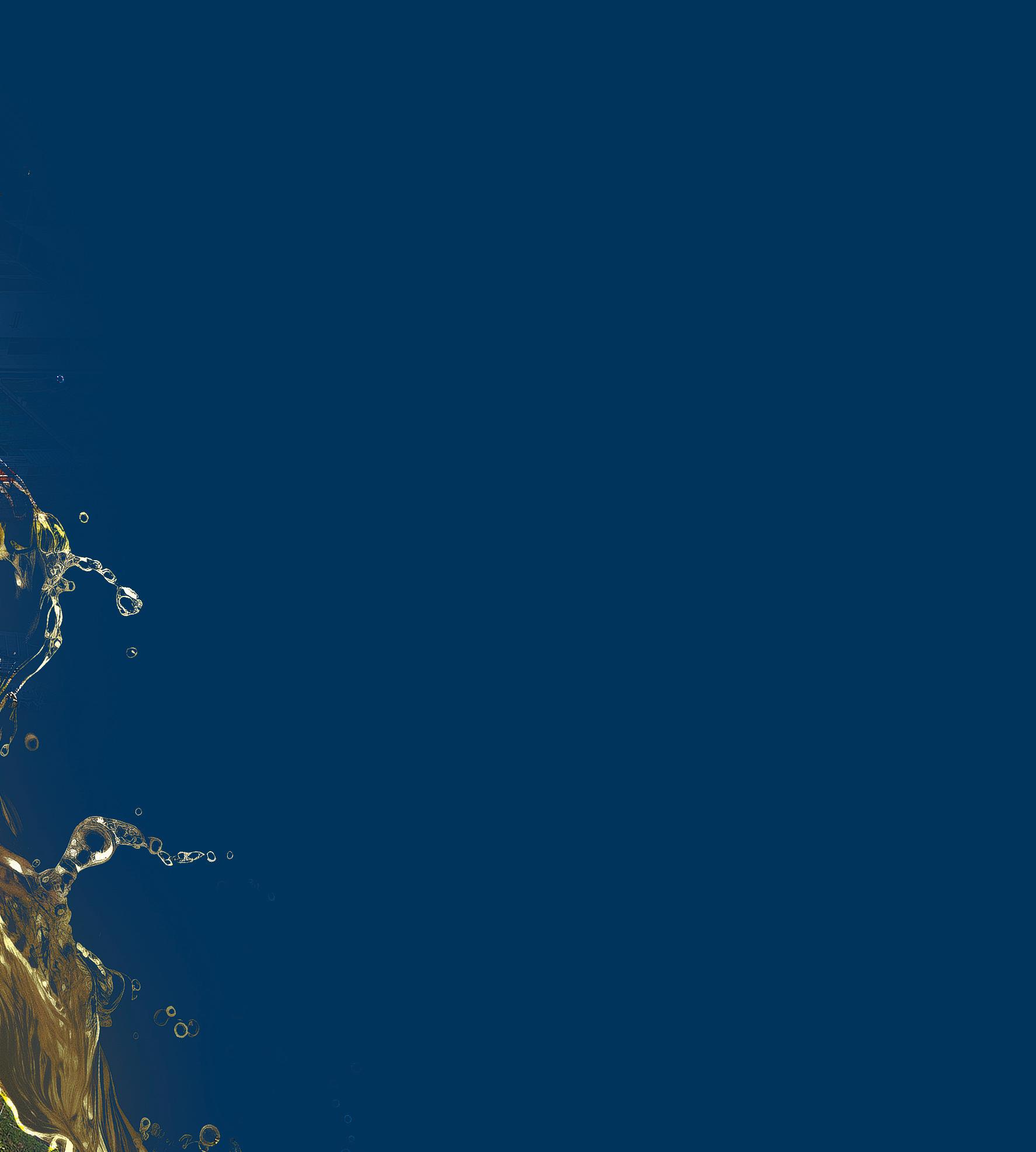
V. Sri Harjati Suhardi, Ph.D.
Microbial Biotechnology Research Group, School of Life Sciences and Technology
Wardono Niloperbowo, Ph.D.
Physiology, Animal Development, and Biomedical Sciences, School of Life Sciences and Technology
This program focuses on river water bioremediation efforts as an alternative source of fisheries water in Kampung Tarikolot, Cinangsi Village, Cikalongkulon District, Cianjur Regency, using environmentally friendly technology while considering economic aspects. The main objective is to reduce levels of BOD, COD, ammonia, nitrite, and heavy metals through biosorption. The river water is expected to regain its functionality for daily needs and fisheries. The results indicate that the fishery water source becomes safer due to the biotransformation process assisted by microbes and engineering techniques. The recycled water used for fish farming also becomes environmentally safer.
Rivers and clean water sources face various pressures, including excessive use of well and borehole water for fish farming. This unsustainable water usage not only threatens the availability of clean water for communities but also contributes to the decline in groundwater levels over time.
There is potential for river water to serve as an abundant alternative source for fish farming. However, the quality of river water does not currently meet the required standards for fish farming due to pollutants. To address this issue, the project focuses on bioremediation strategies to improve the quality of river water.
The parameters targeted for improvement include reducing levels of biochemical oxygen demand (BOD), chemical oxygen demand (COD), ammonia, nitrite, as well as removing heavy metals through biosorption.
High levels of BOD and COD can reduce oxygen levels in water, threatening the survival of aquatic organisms, especially fish and shrimp. High concentrations of organic and inorganic compounds in river water require higher oxygen concentrations, and low oxygen levels can lead to fish mortality. The presence of ammonia, a byproduct of organic protein breakdown, and nitrite further exacerbate toxicity issues for aquatic organisms. Additionally, the accumulation of heavy metals, even in small concentrations, can pose risks to aquatic life and potentially enter the human food chain.
The proposed bioremediation scheme in this project focuses on integrating environmentally friendly technologies while maintaining economic feasibility. This strategy utilizes cost-effective and readily available materials, emphasizing practices to achieve the desired water quality.
The project was carried out in Kampung Tarikolot, Cinangsi Village, Cikalongkulon District, Cianjur Regency, with activities taking place from April to November 2018. The community of Kampung Tarikolot voiced concerns about the decrease in the functionality of the Citarum River, an essential water source for their daily needs. The project aligns with their aspirations to restore the river’s functionality.
Previous efforts in this regard have been explored, especially the initiatives of PT Indohatchery Bangun Insan Sejahtera, which specializes in fish farming. This company focuses on improving the physical and chemical properties of water to make it suitable for aquatic life.
The initiative of community engagement is optimized to run alongside scientific interventions aimed at empowering the local community through technology adoption. The results of this community involvement are diverse. Improvements in river water quality through bioremediation enhance the safety and sustainability of the main water source for fish farming.
Nitrite, nitrate, and ammonia levels are managed within safe thresholds thanks to biotransformation processes aided by bacteria and engineering techniques. Additionally, the safe release of treated water into the environment ensures minimal impact on its surroundings, especially when used for various community activities.
The activities include laboratory-scale experiments and field implementation of bioremediation technology, training sessions on technology usage, and the creation of standard operating procedures (SOPs). The ultimate goal is to provide the community with the necessary tools and knowledge to manage aquatic resources sustainably.
The project conducted in collaboration with PT Indohatchery Bangun Insan Sejahtera has successfully demonstrated the feasibility of bioremediation as a means to restore the functionality of the Citarum River for fish farming. By introducing environmentally friendly technology and disseminating knowledge, this project has improved water quality and empowered the community. This initiative contributes to the preservation of aquatic ecosystems, sustainable resource management, and the overall well-being of the local community.
The targets or outcomes of this program are:
1. Prototype application of remediation technology based on local resources.
2. Prototype technical data and process parameter for system operation and design.
3. Development of standard operating procedures for system operation.
The target of river water bioremediation is to reduce levels of BOD, COD, ammonia, nitrite, and biosorption of heavy metals. High levels of BOD and COD will deplete the oxygen required by fish or shrimp. High levels of organic and inorganic compounds in river water require high concentrations of oxygen. Low oxygen concentrations in water will result in fish and shrimp mortality. Ammonia is a breakdown product of organic protein and is toxic to fish and shrimp. The same applies to nitrite compounds. Nitrite compounds are oxidized from ammonia compounds and are lethal to fish and shrimp. Heavy metal compounds, even in small concentrations, can accumulate in fish and eventually reach humans. Microbes are capable of absorbing heavy metal compounds.
In the scheme of river bioremediation as a source of fisheries water, environmentally friendly technology is needed while also considering economic aspects. Therefore, in this bioremediation scheme, inexpensive and readily available materials are used along with practical technology to approach the desired water quality.
The developed system is a vertical-flow hanging sponge reactor (VHS), which is a modification of the down-flow hanging sponge reactor. The bioreactor configuration is set with both up-flow and downflow directions to utilize gravity due to elevation differences at the site. Installations with a maximum capacity of 900 liters are installed in the discharge channels from the tilapia fish farming ponds in Cianjur Regency.
This bioremediation project has significant social impacts on the community in Kampung Tarikolot and its surrounding areas. The use of river water as a source for fisheries not only supports the sustainability of fish farming but also reduces pressure on groundwater and wells, which are essential for the daily needs of the community. By improving the quality of river water, this project ensures that water resources remain available in suitable conditions for use by the entire community.
Training in technology usage and SOP creation provides knowledge and skills to the local community. This empowers them to manage and maintain water quality in their own fish farming activities, providing self-reliance and economic opportunities. Thus, this project promotes community empowerment, enhances well-being, and creates a more sustainable environment. Active participation of the community in the implementation of appropriate technology also fosters stronger social bonds and increases understanding of the necessity of conserving natural resources.
This bioremediation project has positive impacts on environmental and energy performance. By transitioning away from the use of well water and deep borehole water, which pose risks of groundwater depletion, the project minimizes the potential environmental degradation and ecosystem damage caused by groundwater depletion. By harnessing the abundant river water resources, this project supports the sustainability of water resource utilization in a more sustainable manner.
The bioremediation technology used in this project involves environmentally friendly methods. Utilizing microorganisms and natural biochemical processes in bioremediation reduces the need for chemicals and external inputs. This contributes to reducing carbon footprint and other negative environmental impacts typically associated with conventional water treatment methods.
Additionally, in its implementation, this project prioritizes the use of inexpensive and readily available materials while optimizing processes with practical technology. This approach reduces energy consumption and resource usage, thus contributing to energy efficiency and reducing environmental impacts associated with the production and operation of the technology.
Through this project, the surrounding environment also receives significant benefits. By purifying river water and reducing the levels of BOD, COD, ammonia, nitrite, and heavy metals, the project provides protection for the local aquatic ecosystem and the organisms living within it. This has a positive impact on biodiversity and environmental sustainability.
This bioremediation project reflects harmony with the aspirations of sustainable community development. Awareness of the importance of sustainability has permeated every aspect of life, including the management of natural resources and the environment. By shifting the focus from well water usage, which can harm the land surface and potentially damage aquatic ecosystems, this project supports the aspirations of sustainable development by maintaining a balance between human needs and environmental preservation.
The bioremediation technology utilized in this project involves environmentally friendly methods. Utilizing microorganisms and natural biochemical processes in bioremediation reduces the need for chemicals and external inputs.
The community expects that efforts to meet the needs for natural resources should not harm ecosystems and long-term sustainability. By employing environmentally friendly bioremediation technology and considering economic aspects, this project meets these expectations.
By optimizing local resources, such as river water, and avoiding overexploitation of groundwater resources, this project sets a strong example of how resource utilization can align with environmental protection and long-term sustainability.
Furthermore, through training and dissemination of knowledge about the use of technology and sustainable practices, this project empowers the local community to be part of the sustainable solution. This aligns with the spirit of participatory sustainable development, where communities have an active role in decision-making and implementation that affect their environment. By providing them with tools and knowledge to manage water in a sustainable manner, this project respects and supports local values and community expectations regarding sustainable development.
This project upholds the principles of health, safety, and environment throughout all stages of its implementation. The application of bioremediation technology with an environmentally friendly approach has the potential to reduce the risk of water contamination and negative impacts on human health and the environment. By improving the quality of river water, this project reduces the risk of exposure to harmful chemicals and pathogenic
microorganisms that can endanger human health and aquatic organisms.
This project also has a positive impact on public safety. By using advanced yet practical technology, the project reduces the risk of accidents and damage associated with more conventional water treatment methods. The bioremediation system used is based on natural principles and does not require hazardous chemicals or complex processes, thereby reducing the potential risks associated with the operation of such technology.
Furthermore, the environmental impact of this project is highly positive. By reducing the levels of BOD, COD, ammonia, nitrite, and heavy metals in the river water, the project strengthens the integrity of the local aquatic ecosystem and helps to maintain environmental sustainability. In the long term, such measures support environmental preservation and the sustainability of water resources.
This project ensures that the actions taken align with the applicable health, safety, and environmental guidelines and regulations. In all activities, both training and technology implementation, attention to safety and environmental factors is a top priority. This not only involves direct protection of the community and the surrounding environment but also creates sustainable governance for responsible natural resource management.
This bioremediation project contributes significantly to community development in Kampung Tarikolot and its surrounding areas. One of its main contributions is in enhancing the well-being of the community through the improvement of economic potential and sustainable environmental practices.
With teaching and implementing bioremediation technology, this project empowers the community to effectively manage water resources. Through training on technology usage and the development of SOPs, the community gains knowledge and skills that enable them to manage fish farming more efficiently and sustainably.
This project also contributes to building the capacity of the community in managing their environment. Understanding the importance of preserving the quality of river water, the community becomes agents of change in environmental conservation. They play an active role in safeguarding water resources, which in turn has a positive impact on the sustainability of ecosystems and local natural resources. This enables the community to address environmental challenges and build a more sustainable future.
However, this project also faces several challenges. One of them is increasing community awareness and participation. Changing established behaviors and traditions in natural resource management often requires ongoing educational efforts and campaigns. Additionally, financial aspects pose a challenge, especially in the maintenance and operation of bioremediation technology. Communities need access to sufficient resources to maintain and operate the technology effectively.
This project demonstrates leadership in the wise management of resources. Shifting focus from limited and vulnerable groundwater resources to river water, the project takes proactive steps to sustain water resources. Utilizing river water as an alternative resource is more sustainable due to its abundance.
Furthermore, the project employs an environmentally friendly and natural bioremediation approach. This reflects a perspective on natural resource management that supports the balance of natural ecosystems and applies principles of sustainability. Focusing on natural methods, the project reduces the need for harmful chemicals and external inputs, promoting sustainable management.
The bioremediation technology and practices utilized in this project hold strong relevance and can be adapted by companies or organizations operating in similar fields. Many fisheries and aquaculture companies face similar challenges related to water quality and environmental sustainability. The use of bioremediation technology to improve water quality and manage fish farming more sustainably can be widely applied.
The training activities and knowledge dissemination carried out in this project can also be adapted. This training process can serve as a model for engaging communities and empowering them in natural resource management. Additionally, the development of SOPs for technology and practices can also be used as an example in other management contexts that require operational guidelines.
This project adopts a holistic and structured management approach. From planning to implementation, the project involves various stakeholders and integrates scientific knowledge with local community participation. The management process involves laboratory research, field trials, training, and SOP development.
Effective project management is evident from the output results obtained. Through training and technology implementation, the local community has the knowledge and skills needed to manage fish
farming and maintain water quality effectively. This indicates that the project has a robust management system, ensuring that project objectives are achieved and delivering sustainable positive impacts.
The bioremediation project represents creativity and innovation in addressing environmental and energy challenges. Applying bioremediation technology to improve river water quality, the project demonstrates that innovation can be a solution to complex environmental problems. The use of biological methods in water treatment, involving microorganisms to break down pollutants, is a creative and natural approach.
Besides that, the project illustrates a transition to sustainable energy. By harnessing natural resources such as river water for fish farming, the project provides a more sustainable alternative to using well water and deep bore water. This is an example of how transitioning from conventional energy sources to alternatives can support sustainability and address existing environmental issues.
The project also reflects energy resilience. Reducing dependence on groundwater resources vulnerable to depletion, the project creates resilience against fluctuations and risks that may occur with traditional water supplies. This supports communities in addressing uncertainties related to natural resources and maintaining the sustainability of their activities.
This project provides substantial support for community development initiatives aimed at addressing local sustainability issues. Focusing on preserving water quality and the environment, the project helps communities respond to the environmental challenges they face. By maintaining the quality of river water and managing fish farming sustainably, the project provides concrete solutions to environmental issues relevant to the local community.
Furthermore, this project provides social and economic opportunities for the host and local communities. Through training and dissemination of knowledge about bioremediation technology and sustainable management practices, the project empowers communities with skills that can create new job opportunities and economic diversification. Communities can develop sustainable fish farming enterprises, reducing dependence on limited natural resources.
Furthermore, this project promotes active participation of the community in sustainable development. By providing the necessary knowledge and tools to manage their own natural resources, the project encourages community empowerment in decision-making that affects their environment. This creates an inclusive and participatory environment where communities feel a sense of ownership and role in maintaining environmental sustainability.
Overall, this project is a concrete example of how support for community development initiatives focused on local sustainability can have a lasting positive impact. Addressing environmental issues through innovation and empowering communities, the project connects social and economic sustainability with environmental well-being.
Through training and dissemination of knowledge about bioremediation technology and sustainable management practices, this project empowers the community with skills that can create new job opportunities and economic diversification.***
Through training and dissemination of knowledge about bioremediation technology and sustainable management practices, the project empowers communities with skills that can create new job opportunities and economic diversification.


Dr. Taufikurahman
Andira Rahmawati, M.Si.
Plant Sciences and Biotechnology Research Group, School of Life Sciences and Technology
Endra Susila, Ph.D. Geotechnical Engineering Research Group, Faculty of Civil and Environmental Engineering
The management of the Citarum River watershed not only includes the hydrological boundaries of the Citarum River basin, but also extends to the smaller river basins on the eastern and western sides of Citarum, as well as the tributaries that join the Citarum River. Utilizing the water runoff from rivers into small, typically polluted drainage ditches as sites for fish farming with an integrated aquaponic system can address water pollution in the ditches around residential areas. Transforming the water flow in ditches into integrated aquaponic fish ponds can reduce pollution from waste and discharge, while also increasing community income by attempting fish farming in ditches near their homes.
In recent years, the environmental condition of the Citarum River has been very concerning. Various activities of the community worsen the condition of the Citarum River. Deforestation leads to soil erosion, siltation, and fl ooding. Communities and industries often dispose of waste into the Citarum River. Currently, the Citarum is one of the most polluted rivers in the world. The government is currently working on improving the condition of the Citarum.
Therefore, the ITB team conducted a community service program by selecting one of the tributaries of the Citarum River located in Cianjur Regency for a canal revitalization program to improve the Citarum River.
This program was carried out in one of the drainage canals that is a tributary of the Citarum River. This canal is located in RT 02 RW 18, Tugusari Village, Sayang Subdistrict, Cianjur Regency. The program was conducted from April to November 2019.
The activities in Kampung Tugusari were carried out through the utilization of canal water using the aquaponics method (Yildiz, 2017). Aquaponics is a combination of aquaculture fish production and hydroponic plant cultivation simultaneously.
The goal of this activity is to utilize the water runoff from rivers into small, typically polluted drainage ditches as sites for fish farming with an integrated aquaponic system in the village of Cijoho.
Specifically, the objectives of implementing this technology are:
1. Addressing water pollution in the ditches around residential areas.
2. Utilizing the water flow in ditches to create integrated aquaponic fish ponds.
3. Reducing pollution from waste and discharge.
4. Increasing community income by attempting fish farming in ditches near their homes.
Many studies have investigated aquaponics. Aquaponics is known to improve water quality, particularly by increasing pH and dissolved oxygen (DO) levels, which tend to decrease due to ammonia, nitrite, and temperature (Eissa et al., 2015). Good water quality in aquaponic systems can improve fish health and consequently increase fish production (Yildiz, 2017). This program aims to improve the condition of the drainage ditches in Sayang Subdistrict, Cianjur Regency, and implement aquaponics for the community as a pilot project under the Citarum Harum program.
The community’s awareness of feces disposing into the drainage ditches is still very low. Feces are directly discharged into the ditches instead of into the septic tanks. This makes the hydroponic installations getting contaminated by feces. Consequently, the installations are relocated to the nearest ponds to ensure they remain usable.

This program involves several stages, including field surveys, canal improvement programs, implementation of aquaponics in the canals, and monitoring. Additionally, data collection is conducted through questionnaires to understand the environmental habits and knowledge of the surrounding community.
1. Coordination with local government
Coordination and permit requests with the Head (Lurah) of Sayang Subdistrict, Cianjur District, to conduct community service activities in the surrounding area. This area was chosen because Cijoho Village is not suitable for installing aquaponic installations. Additionally, the water
conditions in Sayang Subdistrict are still connected to the Citarum River’s flow.
2. Initial field survey
Initial field surveys conducted with the local community and government agencies. Measurements of the size and condition of the drainage ditches are also carried out.
Survey Results in Sayang Subdistrict, Cianjur District:
- Presence of drainage ditch sedimentation, with trash accumulation.
- Air temperature: 31.6°C; Relative Humidity (RH): 52%.
- River water pH: T1 (beginning): 5; T2 (middle): 6; T3 (end): 6.
- Total Dissolved Solids (TDS): T1 (beginning): 166 ppm; T2 (middle): 156 ppm; T3 (end): 157 ppm.
- Water temperature: T1 (beginning): 25.8°C; T2 (middle): 25.7°C; T3 (end): 25.8°C.
- Drainage ditch conditions: Depth: 70 cm; Width: 100-120 cm; Length: ±50 m.
Discussion with the local RT, issues raised:
- The drainage ditch needs to be repaired and cleaned first before implementation due to sedimentation.
- The RT is prepared to maintain the installations to be installed later.
3. Second field survey
Results of the survey in Cinangsi Village, Cikalongkulon District:
- High river flow rate, frequent overflow occurrences.
- Air temperature: 31.9°C; Relative Humidity: 56%
- River water pH: 5.5
- Total Dissolved Solids (TDS): 76 ppm
- Water temperature: 25.8°C
- Condition of the drainage ditch/pond: Depth: ±80 cm, Width: 203 cm, Length: ±500 cm
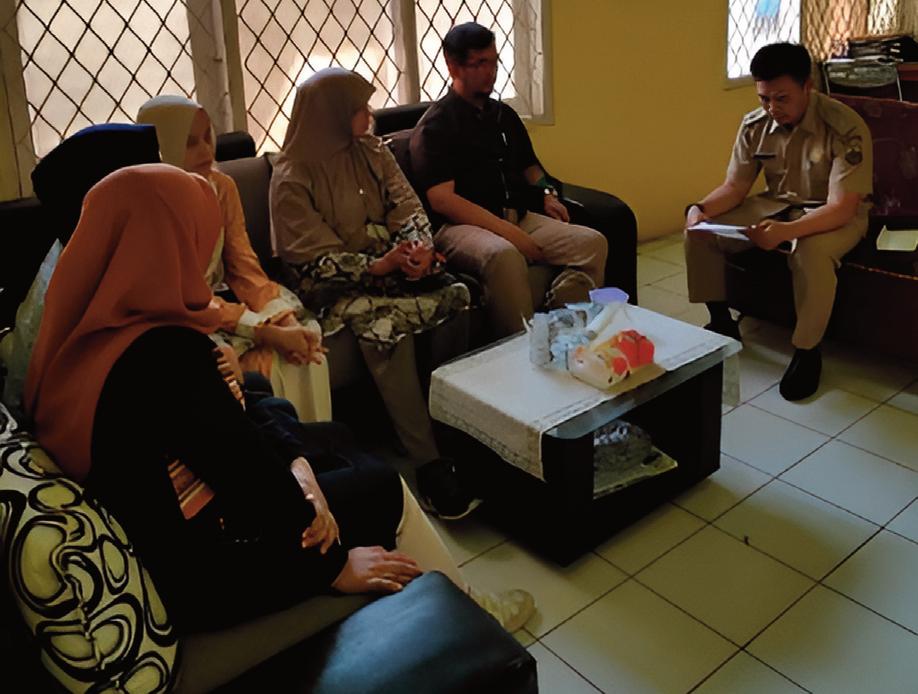
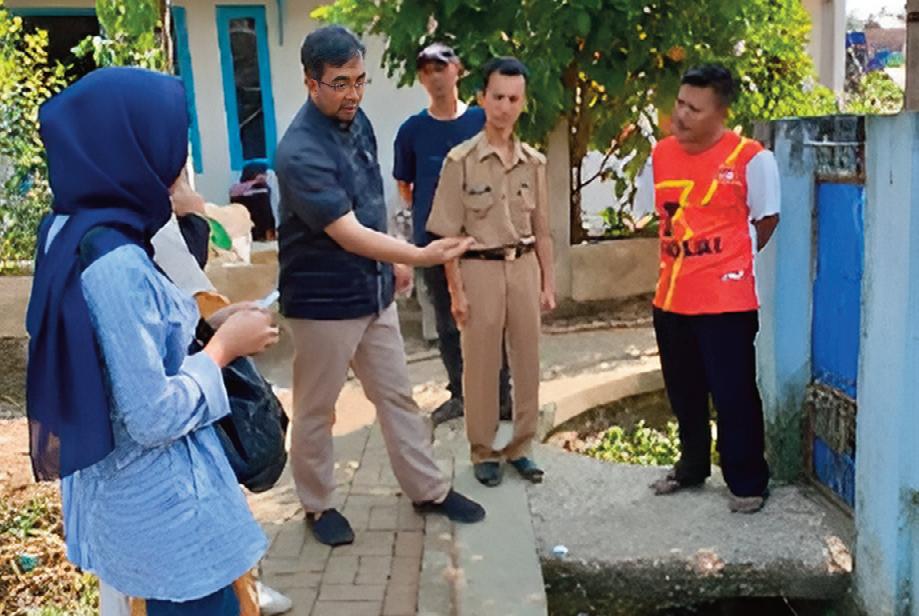

Discussion with local RT:
- There will be a discussion with community in the vicinity to encourage them to participate in the implementation of the aquaponic system.
4. Construction of floating mats and drainage filters
- Preparation for the construction of floating mats and drainage water filters.
5. Application of aquaponics
- The condition of the drainage after revitalization (appears cleaner from waste).
- Aquaculture installation is conducted along the drainage.
- The community utilizes the aquaponics installation for planting vegetables and fish. Some vegetable types such as Ipomoea aquatica, Brassica chinensis, and Brassica rapa are installed on the floating mats. Meanwhile, the fish released into the drainage are catfish and goldfish.
- The improved condition of the drainage is utilized by the surrounding community for various recreational activities, such as fishing and fishing competitions during the August 17th event.
6. Supervision and distribution of questionnaires
- Waste and dirt often get trapped at the inlet and floating mat parts, requiring the drainage to be cleaned every day. However, this can only be sustained for one week. Waste and dirt continue to accumulate at the inlet and middle parts of the aquaculture, especially the dirt that

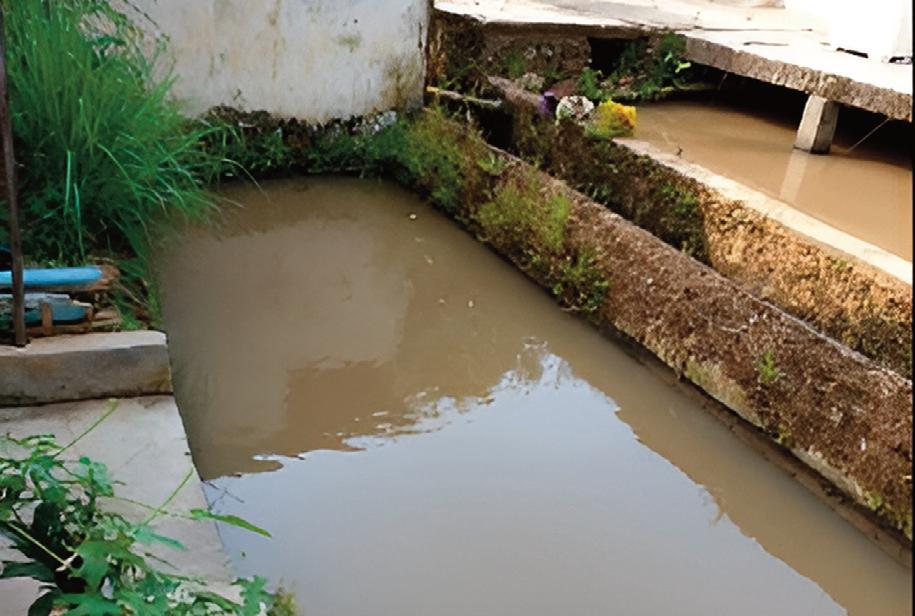

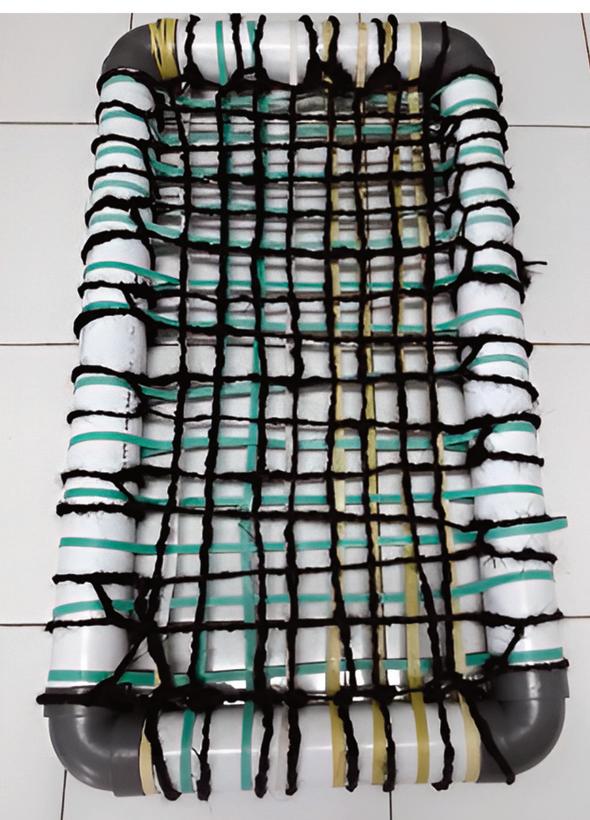
makes the drainage unpleasant to look at. As a result, the aquaponics installation is relocated to a pond containing fish.
- From the questionnaire results, it is concluded that the community’s awareness of environmental cleanliness is still low.
- Based on the survey results, almost all households have toilets (92%). However, only 2% of the population has septic tanks. Waste is disposed of directly into the nearest water channel. This is what causes the condition of the improved drainage to become dirty again.
- Toilet ownership: Yes 8%, No 92%.
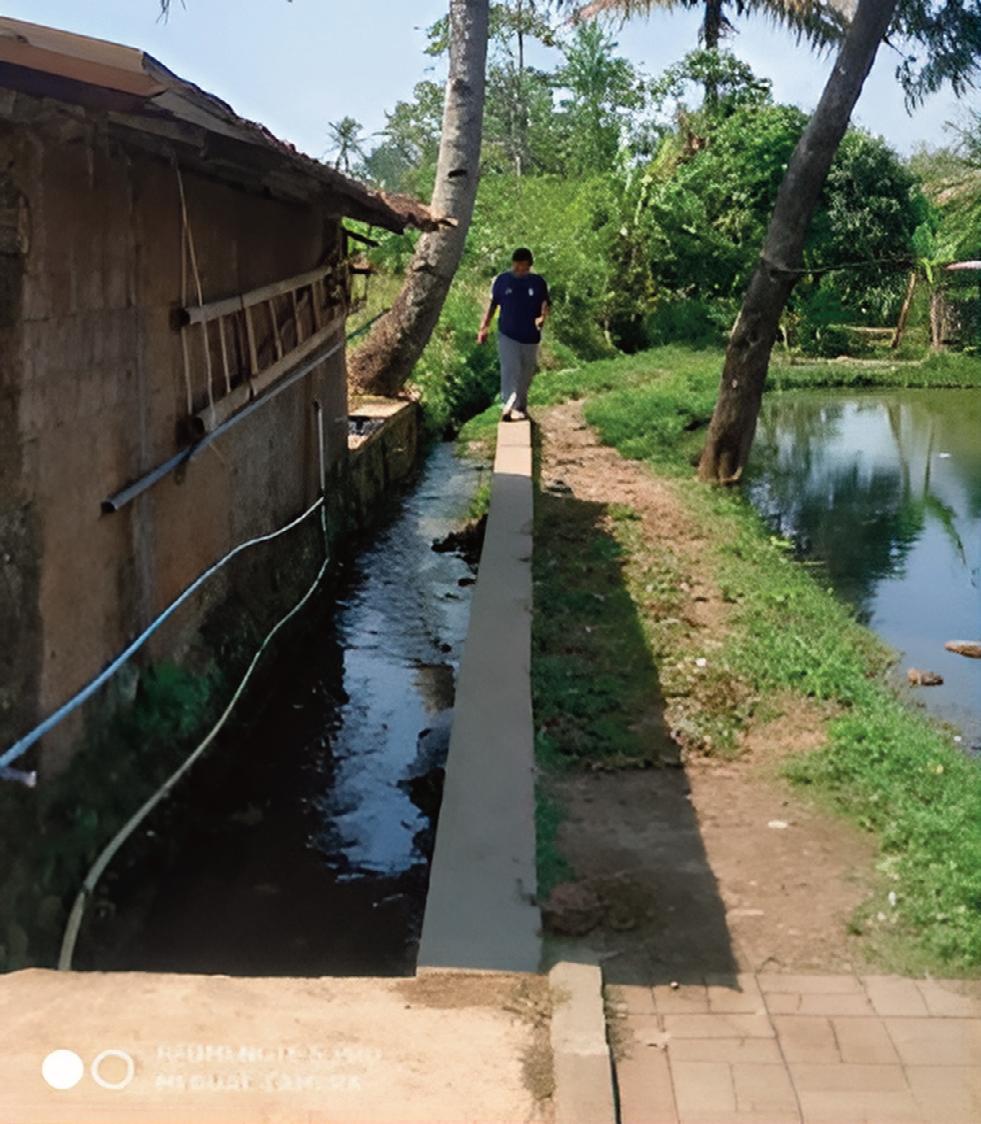
- From the survey results, it can be concluded that a small portion of the community disposes of household waste into the drainage (4%). Waste distribution management is quite good as waste collection from 77% of local community is already carried out by sanitation workers. However, the remaining population disposes of waste by dumping it themselves in the landfill (4%), burning it (14%), disposing it into the drainage (4%), and dumping it into the river (1%).
The community believes that waste management in the area is already fairly good but still needs improvement (42%).

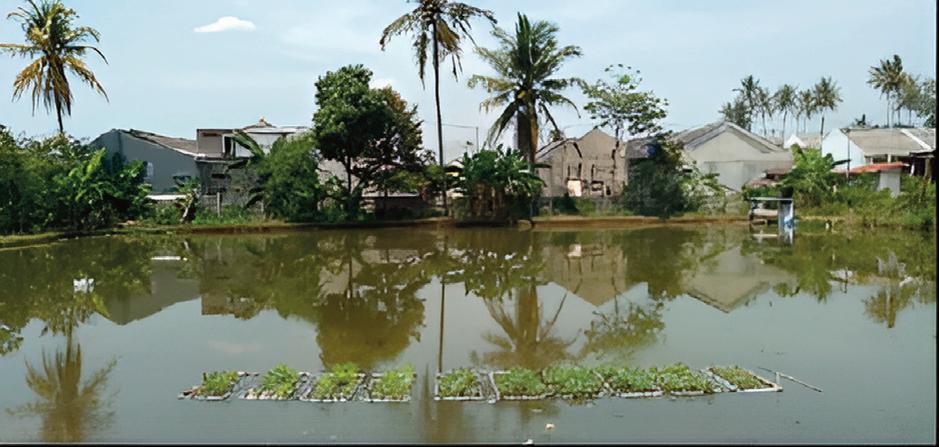
The goals achieved in this program are as follows: firstly, the pollution of the ditches has been addressed through communal ditch cleaning efforts and educating the community about the importance of environmental conservation. Secondly, introducing aquaponics to the local community as a way to utilize ditch water waste and grow vegetables. Thirdly, the community has utilized the ditches as a means of fish farming and for activities during the August 17th celebration.
Lining the ditches is beneficial to reduce soil erosion on the sides of the ditch, deepening the ditches is beneficial to improve water flow during rainfall, the ditches are much cleaner than before, and they are turned into places for fish farming, which can be used as fishing spots for the community.***



 Eniman Yunus Syamsuddin, Ph.D.
Eniman Yunus Syamsuddin, Ph.D.
Computer Engineering Research Group
School of Electrical Engineering and Informatics
This activity aims to collect information regarding the activities carried out by ITB lecturers related to the Citarum Harum project. Its primary objective is to leverage the activities that have been conducted by gathering data from all existing research and community service activities. The aim is to develop a research and community service roadmap associated with the Citarum Harum project. This roadmap will facilitate the alignment of future activities of lecturers with the project’s objectives, thereby enhancing synergy and ensuring the attainment of the project’s ultimate goals.

It all began in late 2017 through the initiative of the Commander of the III/Siliwangi Military Region, Major General Doni Monardo (at that time), to restore the function of the river and address the issues of the Citarum River from its source to its estuary, known as the Citarum Harum program. Various activities have been undertaken since then, and in February 2018, the Citarum Harum program was taken over by the central government. At that time, the condition of the Citarum River had already begun to improve from its previous status as the most polluted river in the world.
Over the course of one year of the program’s implementation, optimism about revitalizing the Citarum River was perceived to have grown.
Some circles evaluate that the program has raised awareness among many parties about the importance of caring for rivers and the environment. In the implementation of the Citarum Harum program, President Joko Widodo issued Presidential Regulation Number 15/2018 concerning the Acceleration of Pollution Control and Damage in the Citarum River Basin. The President targets the handling of the Citarum River to be carried out over a period of 7 years.
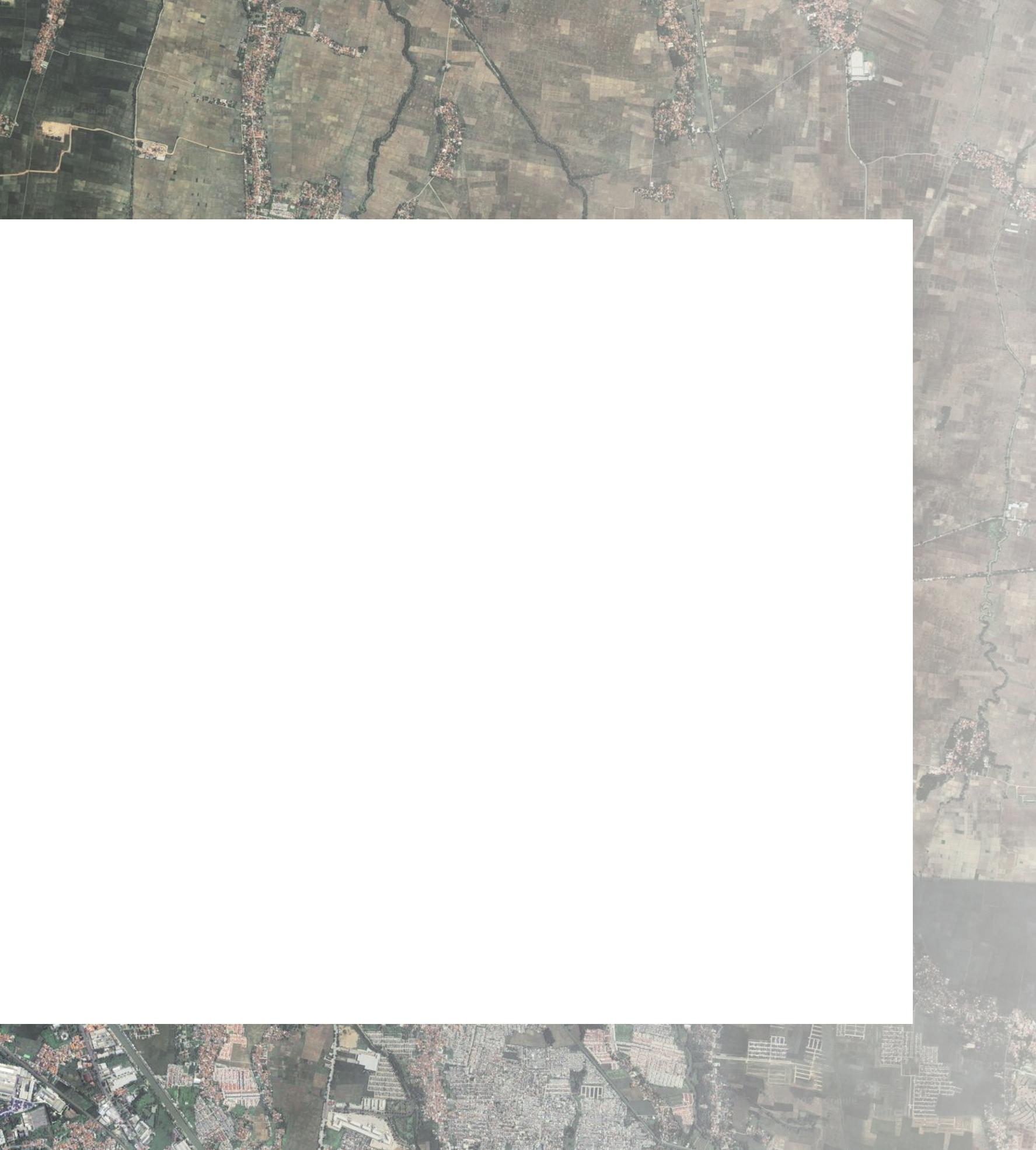
The rehabilitation and revitalization program of the Citarum River Basin will be carried out synergistically and integratively among the central government, the West Java Provincial Government, and the local governments of the districts/cities along the Citarum River. During the handling of the Citarum River, the government deployed TNI personnel to improve the river’s condition through the Citarum Harum Task Force, which also involved policymakers at the central, provincial, and district/city levels along the Citarum River.
As a technical university located in Bandung, ITB certainly has an obligation to actively participate in this program. The appointment of ITB as the Citarum Harum program team was welcomed by the academic community. Even before the program was launched, ITB had conducted numerous research projects related to various efforts to improve the condition of the Citarum River.
However, these studies have not yet had a clear roadmap as they are still individual in nature. To prevent wastage of resources due to overlapping and less directed research, community service activities will be used to collect data on all research related to the Citarum River conducted by researchers at ITB.
Based on this research data, the Citarum Harum program formulation team from ITB can
establish a roadmap for further research and direct all research and development activities to synergize with each other.
The activities carried out by ITB lecturers related to the Citarum Harum project funded by ITB’s LPPM are divided into community service and research activities. These activities are conducted both in groups and individually. Research activities are directly related to the Citarum Harum project or indirectly related. The existing activities are then categorized into community service and research activities and can be traced through keywords.
Considering the absence of a research roadmap prepared by ITB for studies related to this program, there’s a high possibility of overlapping research because it’s more individually oriented. To better utilize the resources available at ITB, in this community service activity, all research data related to the Citarum Harum project will be recompiled and organized into a database.
This database currently exists as an Excel file, which can later be developed into a database integrated into the LPPM ITB website and can be updated by LPPM ITB. It is hoped that through the collection of research data, a research map of the studies conducted can be compiled. From this research map, a research roadmap will be developed to serve as a guide
for researchers who wish to contribute to this program, fostering synergy of resources to ensure the success of the Citarum Harum program.
The implementation of community service activities involves gathering all publication-related information pertaining to the Citarum Harum project activities conducted by researchers within the ITB community. This information is obtained from the ITB LPPM website.
There are three main stages in this activity. Firstly, collecting research data that has been conducted from various sources, particularly those originating from ITB’s LPPM. Secondly, constructing the research database with key elements including title/topic, research abstract, research target/objectives, results, and follow-up actions. Thirdly, categorizing the research, especially based on its objectives, and organizing it into a research roadmap aimed at restoring the environmental quality of the Citarum River towards an ideal condition.
The database of community service and research activities conducted by faculty members, whether directly or indirectly related to the Citarum Harum project, is managed using an Excel application. From the data in this spreadsheet, ITB’s Research and Community Service Institute (LPPM ITB) can display it on its website, accessible to both ITB and external researchers.
The ultimate goal of this community service initiative is the development of a research database from ITB, directly or indirectly related to the Citarum Harum program. The primary data source is from ITB’s Research and Community Service Institute (LPPM ITB). Other expected data sources include individual researchers at ITB who conduct research independently of LPPM ITB.
The expected impact of this activity is that LPPM ITB will be able to create a roadmap of activities to achieve the ultimate goal of the Citarum Harum project by collecting and classifying all activities carried out by ITB lecturers. Typically, a roadmap is prepared before ITB researchers engage in activities that lead to the final outcome. However, from the activities that have been carried out, they can be mapped out in this roadmap so that LPPM can identify which activities are still needed to achieve the final outcome.
The community service activities focus more on gathering and categorizing community service and research activities over a period of 3 years (until 2020). From this data, it is expected that LPPM can obtain a more comprehensive overview of what ITB researchers have done and what needs to be done next. Thus, this activity can contribute to the efficiency of resources and funds in achieving the ultimate goal of the Citarum Harum project.***
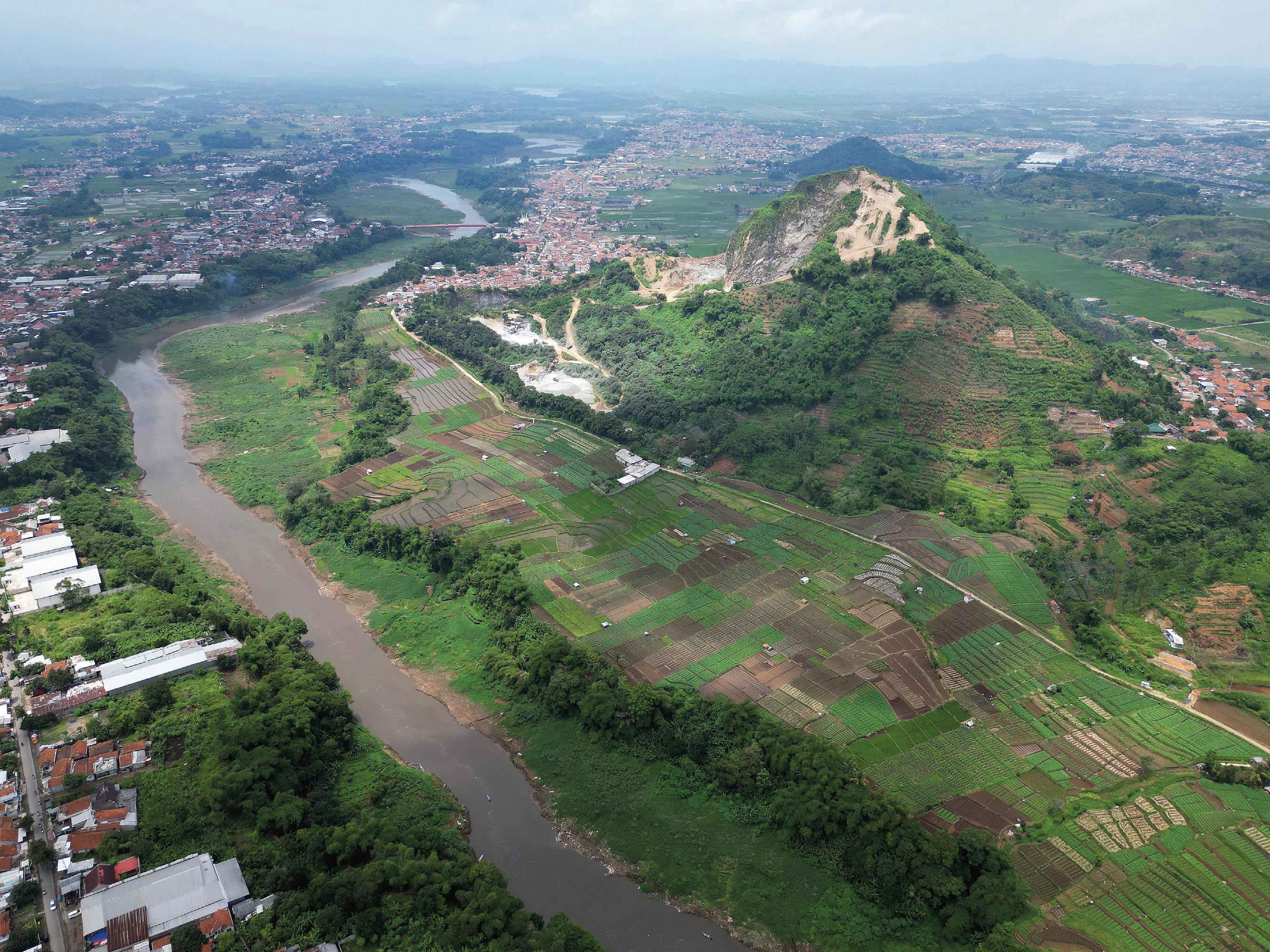

Ramadhani Eka Putra, Ph.D., Dr. Mia Rosmiati, Natural Resource Management Research Group,
School of Life Scien ces and Technology
Anriansyah Renggaman, Ph.D. Microbial Biotechnology Research Group,
School of Life Sciences and Technology
Melia Famiola Hariadi, Ph.D. Entrepreneurship and Technology Management Research Group, School of Business and Management
Acep Purqon, Ph.D. Earth Physics and Complex Systems, Faculty of Mathematics and Natural Sciences
Ida Kinasih, Ph.D. UIN Bandung
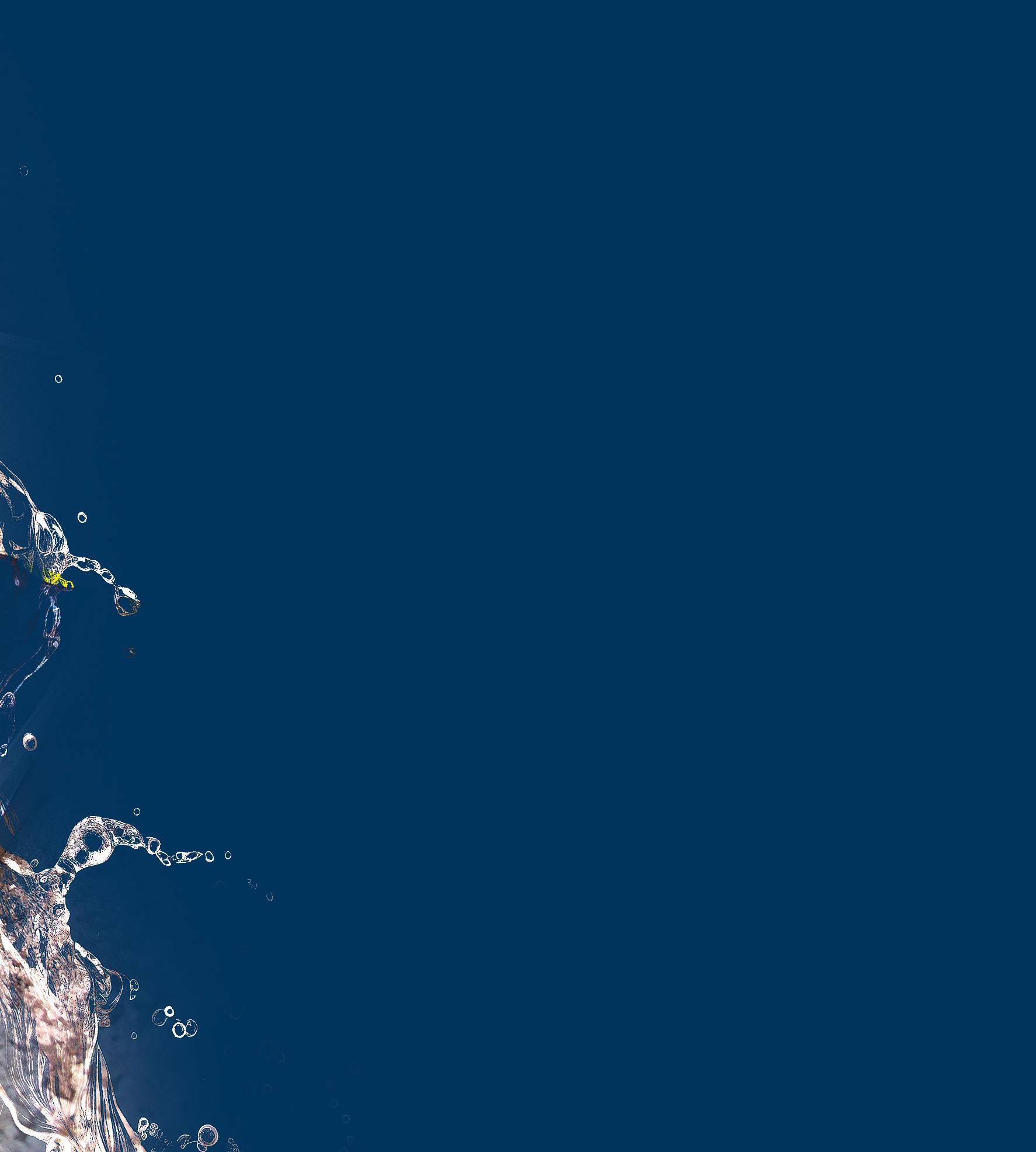
In this activity, the focus of waste management is directed towards the implementation of appropriate waste treatment technologies at the source and the application of communal waste treatment technologies. One of the targets of this program is to increase income by 25% and reduce expenses by 50%.
Citarum is one of the main rivers in West Java Province that serves as a source of water for communities and a natural habitat for various forms of life. However, the Citarum River is also known as one of the most polluted rivers, not only in Indonesia but also in the world. One of the pollutants in this river is organic waste produced from economic activities around the river. In terms of proportion, organic waste is the main waste polluting the river (>40%), and this waste is relatively untreated due to the assumption that it will decompose and has relatively low economic value.
The focus of this activity is on the effects of waste pollution on river bodies. Broadly speaking, there are two types of waste, namely ‘inorganic’ and organic waste. The common waste treatment system adopted by communities is the sanitary landfill system conducted at a single location. In reality, this process is not executed perfectly, leading to waste pile-ups. These waste heaps, comprising both ‘inorganic’ and organic waste, generate greenhouse gases. Moreover, they become breeding grounds for flies, mosquitoes, and disease-spreading animals, deteriorating soil quality and producing leachate. The approach to resolving waste treatment issues should offer economic benefits and be feasible to implement.
This is exacerbated by the decrease in water flow, reducing the water’s ability to dissolve particles and its oxygen content. This condition leads to a decline in quality and slows down the decomposition process.
In the dry season, the Citarum River emits a disturbing odor and experiences sedimentation. One of the causes of this condition is the decrease in water discharge. There are several factors that can lead to a decrease in water discharge. However, one factor that has received less attention is the reduction in the upstream river’s ability to absorb and retain rainfall. The issues in the upstream areas not only cause a decrease in river discharge but also accelerate the sedimentation rate due to the transport of soil particles.
Based on that, the activity carried out is planting the upstream area with hardwood plants and ground cover plants. This approach is expected to reduce the rate of rainfall runoff on the soil surface to decrease the amount of soil particles released and to increase the organic content of the soil, thus improving the soil’s water retention capacity. Another consideration is the economic value of the plants to enhance the sustainability of their presence.
To address this issue, the application of organic waste treatment technology is implemented in the areas surrounding the Citarum River basin, along with enhancing the capability of the upstream and tributaries of the Citarum River to capture and retain water for the Citarum River’s supply.
In this activity, the focus of waste management is directed towards the implementation of appropriate waste treatment technologies at the source and the application of communal waste treatment technologies.
The research conducted by the Insect Science Laboratory at the School of Life Sciences and Technology, ITB has resulted in waste treatment technology using insect larvae to produce products that can be used as raw materials for food production. The targets of this program are firstly to increase income by 25% and reduce expenses by 50%. Secondly, to develop algorithms for the application of organic waste management systems. The activity is focused on residential areas connected to the Citarum River and the upstream areas of the Citarum River. Handling organic waste by the community through the active involvement of society (especially housewives) and educational
institutions is the focus of this community service. They are directly involved in organic waste collection. For the separation of organic and “inorganic” waste, garbage bins from the previous Citarum Harum Program are used. The activity is carried out at two locations, namely the Tarikolot Temporary Waste Storage Area (TPS) and Misbahul Al-Musri’ Islamic Boarding School (pesantren), Cinangsi Village.
Over the course of three years of community service, a total of 150 households were impacted. They are residents from two settlement locations. During the activities, three technologies have been implemented.
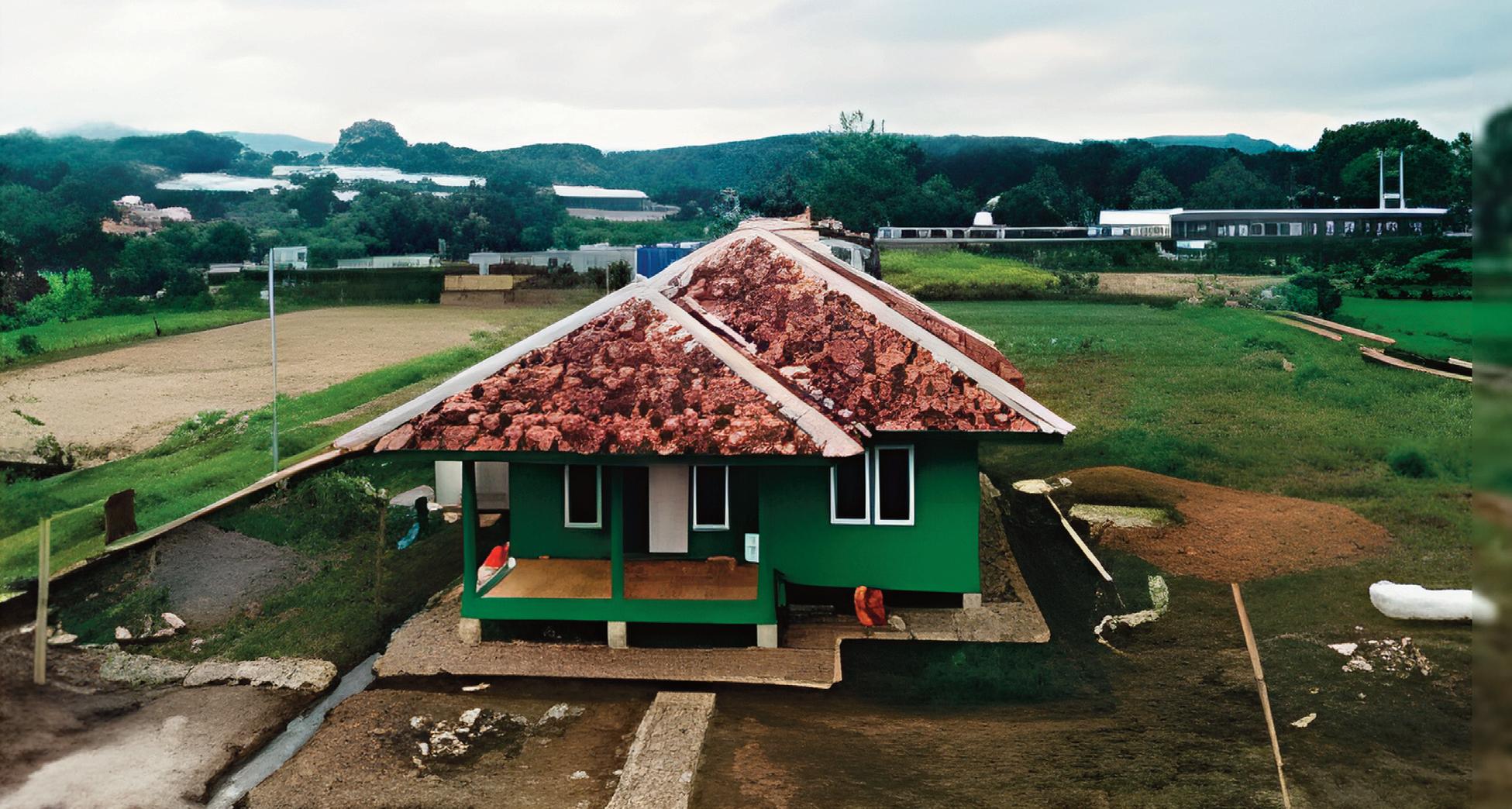
The approach offered to address organic waste is to process organic waste into products that have economic value with relatively light capital and effort. One technology that can meet this is by using decomposers with the ability to break down organic waste. The decomposers used are complex animals with simple life cycles. The advantages of using these animals include:
1. They have the ability to process diverse organic waste in large quantities.
2. They have a high decomposition rate (can reach up to 70% of organic waste per day under optimal conditions).
3. They possess microorganisms in their digestive systems, thus speeding up the decomposition process.
4. They do not require special skills or equipment.
5. They produce several products with relatively high economic value, with the potential to become part of a circular economic activity.
The decomposers used are:
1. Black soldier fly larvae, which have the ability to decompose various types of organic waste and produce biomass as well as process residues with economic value.
2. Earthworms, which have the ability to decompose soft waste materials (such as livestock manure like cow dung).
The technologies applied in this activity are:
1. Organic waste management utilizing black soldier fly larvae, related to the waste to food management model.
2. Simple organic waste processing technology with black soldier fly larvae at the source location (bioconversion drum #1).
3. Simple livestock feed technology based on black soldier fly larvae.
In relation to the decrease in water discharge, the activity conducted is to enhance the capacity of land to absorb and retain rainwater. The initiative involves planting economically valuable hardwood plants in open areas along the upstream of Citarum River tributaries. A total of 100 trees were planted, comprising 75 avocado trees and 25 native species.
Values
The prioritized values of this activity are:
1. Organic waste as a resource.
2. Locally applicable and easily implemented technology.
3. Communal work.
4. Circular economy.
5. Environmental services provided to humans.
6. Interdependence between humans and the environment.
The activity has led to several changes in the areas related to the protection of the Citarum River, such as:
1. Transformation of waste disposal sites into community activity areas after cleaning and waste management efforts.
2. Improvement in organic waste treatment systems using worms, with community members now able to act as trainers in other locations.
3. Enhancement of waste management facilities by integrating waste treatment with economic activities such as livestock farming.
The new challenges of this activity are related to sustainability and changing attitudes towards waste. This will become part of future activities related to the business model of the circular economy and mindset changes through early childhood education.
The technology used is the biotransformation process of organic waste using black soldier fly larvae.
This waste processing activity aims to upcycle organic waste by utilizing the biomass of larval bodies and the resulting residues.
There are two approaches in this activity, namely household-scale and communal-scale organic waste management approaches.




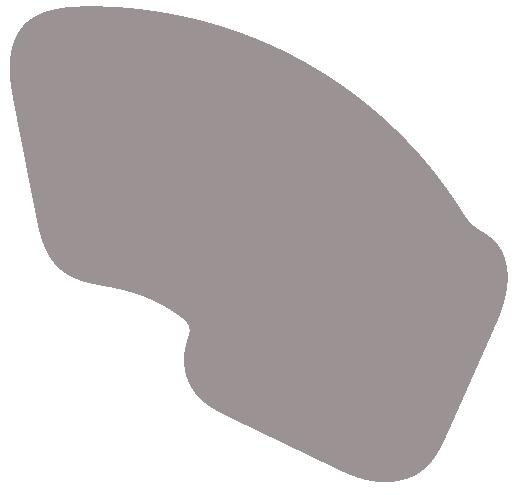










Black soldier flies as decomposer agents of organic waste.
Feed
Product types
Market research Packaging methods
Extraction





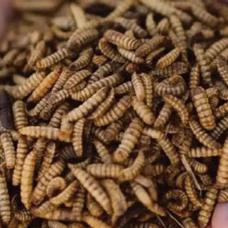
Domestic Organic Waste
0.5 - 3 kg/day
5 - 8 Black Soldier Fly larvae (300 g)

The technology applied is the biocomposter bin. This technology was developed in 2020 and implemented on a limited scale. The bin technology was registered as Intellectual Property Rights (HAKI) in 2021 with registration number P00202101573.
This tool functions like a biopore that allows water to enter. Organic waste is placed in a container to be processed with black soldier fly larvae. The application of this technology prevents waste from piling up, as the residues can be directly absorbed by the soil as organic fertilizer, and the larvae can be harvested in a net. The success rate of this tool is 80%-90% related to the production of black soldier fly larvae.
In this system, waste processing is centralized with maintenance processes carried out within a built structure.

Prototype design of communal organic waste processing system.
Periodic harvesting of waste processing products is conducted in the form of larval bodies, residual solids, and liquids. These results are integrated into a food security program known as waste to food.

The target of the activity is to establish a management system for processing organic waste, both at the household and communal levels. The results of the activity indicate that the preferred waste management method by the community is communal processing.
Location: Angling Village

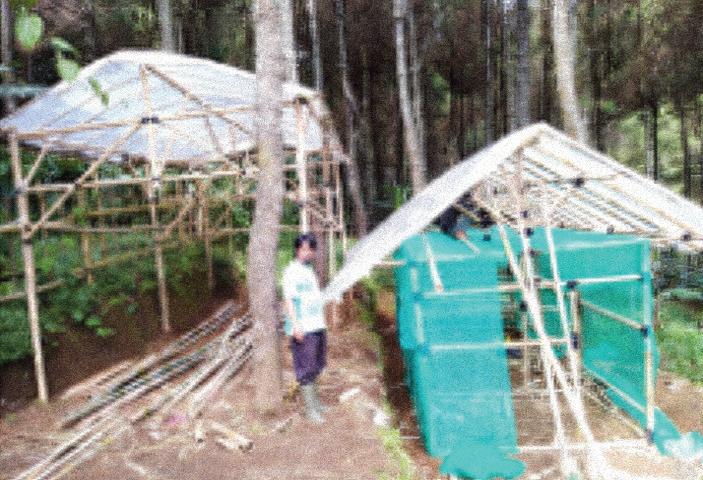
Evaluation: The activity continued until 2022. However, due to changes in plans, the location will be relocated in 2024 by the local community.
The application of appropriate technology for the production of livestock feed based on biocomposting products. The livestock feed produced serves as fodder for goats.

Evaluation: The activity lasted until 2022. It has not been implemented widely due to limitations in the availability of corn as the primary raw material.
During the COVID-19 pandemic, a household approach was tested for organic waste management. A system was built, covering an area of 25m2, integrating household waste management with egg-laying chicken farming.
This community service activity was integrated with research conducted by agricultural engineering students, focusing on production system research using local resources and based on upcycling organic waste.
Location: TPS Tarikolot Bersahaja, Cinangsi Village, Cianjur Regency
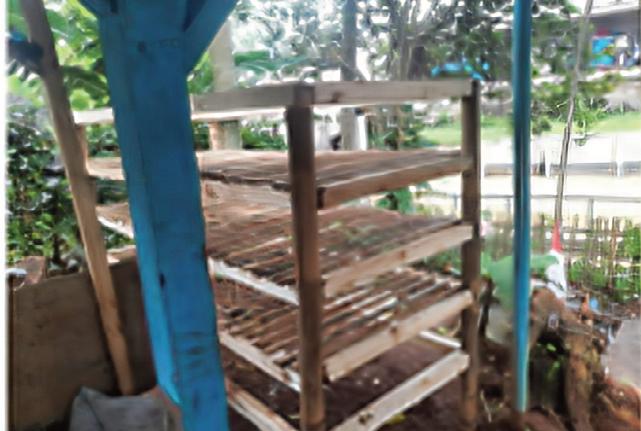

Evaluation: The activity lasted until 2023. The livestock raised are chickens and ducks and have begun to generate economic returns.
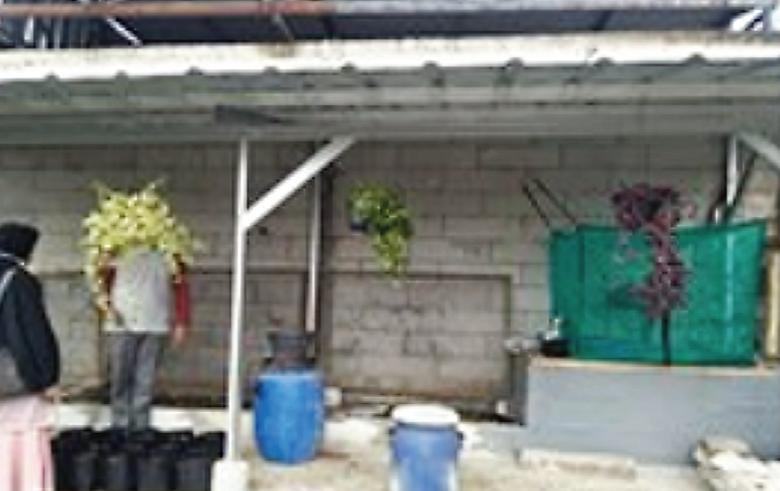

Evaluation: The total waste managed per day ranged from 10 to 50 kg, and the maggots produced ranged from 0.5 to 2 kg per day. The number of chickens raised was 27, with an average daily production of 23 eggs (equivalent to Rp40,000 per day). This activity was discontinued due to conflicts with local residents, especially with the closest neighbors. This model could be applied if conflict issues were resolved.




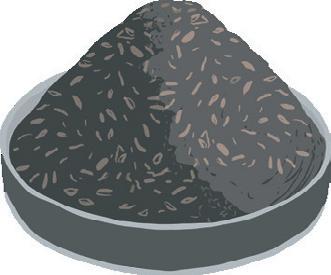



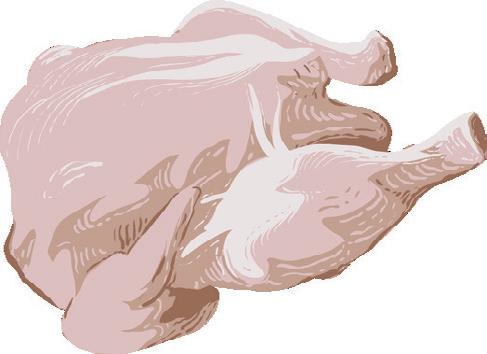
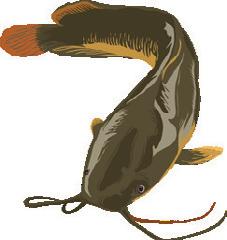












 Organic Waste
Poultry feed (ducks & chickens) and fish
Sold directly in fresh or dried form
Kasgot for plant fertilizer
Vegetable garden
Processed into compost
Vegetables for consumption
Organic Waste
Poultry feed (ducks & chickens) and fish
Sold directly in fresh or dried form
Kasgot for plant fertilizer
Vegetable garden
Processed into compost
Vegetables for consumption
The waste to food program applies insect larvae to convert organic waste into biomass for animal feed and organic fertilizer. The total land area used is 200 square meters, divided into three locations: waste processing site with black soldier fly larvae at the
temporary waste storage area (TPS), animal protein source production site (broiler chickens, laying hens, ducks, and fish), and plant production site (vegetables, spices, and herbs) at the Islamic boarding school (pesantren).

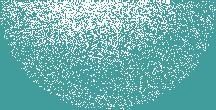







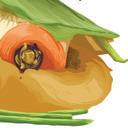





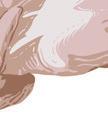








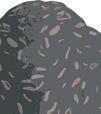




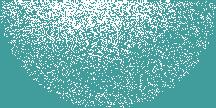



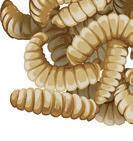

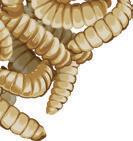
















This community service activity has resulted in several social changes, including:
1. Transformation of the landfill area into a community activity area. Some parts have been converted into tourist destinations. The total area converted is > 100m2 by the end of 2021.
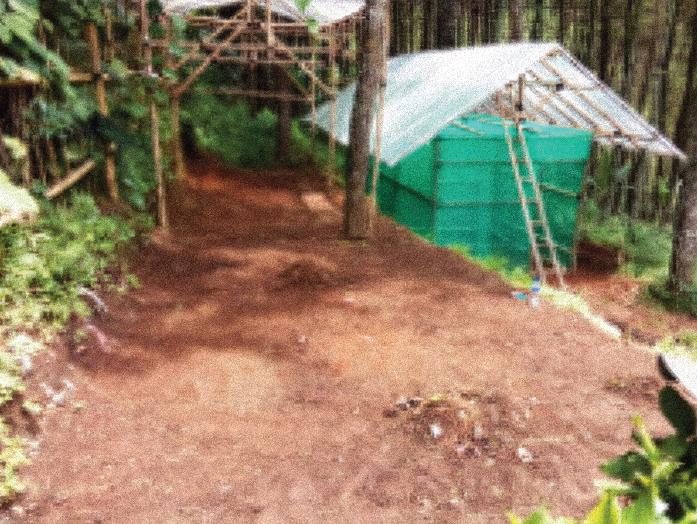

2. Temporary waste storage area (TPS) have become exercise locations for the upcycling process (increasing economic value) of organic waste as a result of activities in 2022.
Location: TPS Tarikolot, Cinangsi Village, Cianjur Regency.
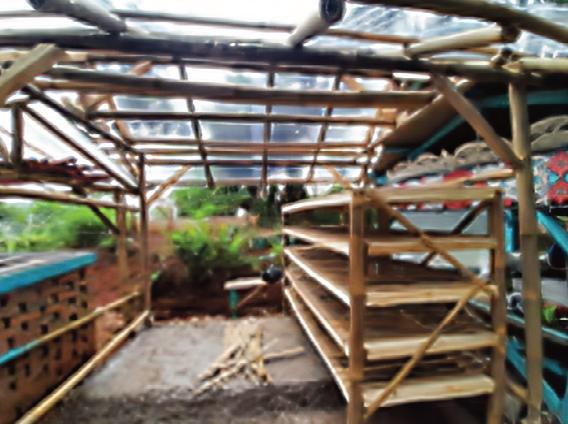
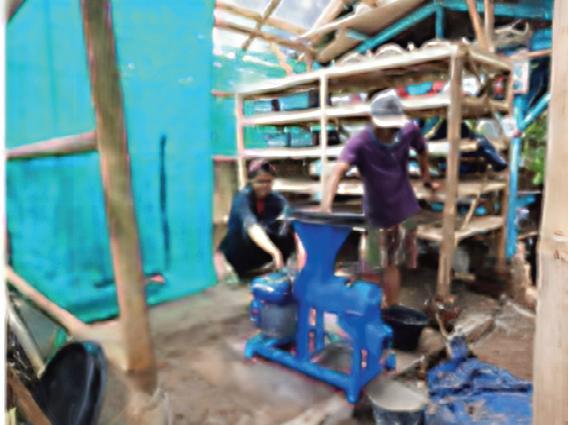

3. The community has gained knowledge regarding organic waste management using biological agents (activities from 2020 to 2022).

4. The independent household-level waste processing technology transfer through the application of bioconversion drum and waste to food showed the most significant contribution in the activities of 2021.


The “sedekah bumi” program, which involves planting trees in open areas to improve water flow, successfully planted 100 trees on a 2000 m2 plot of land.

Of the total number of trees planted, 85% successfully grew. The program is ongoing and will be expanded in 2024 with the initiative of local residents and ITB.
Environmental and Social Benefits
Several changes have occurred with the presence of the activity, including:
1. Reduction in the amount of organic waste dumped into the river.
2. Increase in waste sorting activities disposed of at waste collection points.
3. Decrease in piles of organic waste.
This initiative has led to an enhancement in the quality of the living environment in settlements, marked by a reduction in waste accumulation. On the other hand, tree planting endeavors are expected to mitigate particulate pollution in the river, which serves as a vital water source and contributes to tourism activities.
The biggest challenge is related to the level of knowledge among the community. Differences in knowledge levels lead to conflicts in several technology application trials.
The lowest resistance levels were found when applying the concept on a small scale within communities with highly respected figures, youth-oriented environments, and educational facilities.
1. 1. The waste to food concept has been implemented in communal food production systems such as Warung Kebon in the Ujungberung District, Bandung City, and the Teras Hijau Project in the Pasteur area, Bandung City. Integration of waste management with food production has been applied in Rancakalong Village, Sumedang City.
2. Bioconversion drum have been implemented in several villages in Tasikmalaya City and Garut Regency. There are also commercial efforts such as Apartemen Tera (Bandung City) and Paskal Shopping Center (Bandung City) that have adopted this system on a limited scale.
3. Organic waste processing using black soldier fly larvae, similar to the aforementioned activities, has been socialized and well-received in school environments such as Bhinekas Kindergarten, Darul Hikam Junior High School, and Public Senior High School 2 Tasikmalaya. Applications in the education sector utilize the Pandu Lingkungan program funded by the West Java Regional Government.
This activity applies several technologies developed as a result of research at ITB. These technologies include:
1. Bioconversion drum.
2. Production of fodder from liquid fertilizer produced by the bioconversion process.
3. Production of poultry feed from insect larvae biomass.
4. Design of a communal production system for black soldier fly larvae.
5. Waste to food concept.
All activities are designed based on mutual agreements between the ITB team and the beneficiary communities. This result in variation in the type of technology applied. Materials for infrastructure construction also utilize local materials, and the construction process is carried out by local teams, enabling communities to replicate and maintain the systems.
All activities are aimed at providing direct economic benefits as well as improving social conditions. One example is the development of tourist sites from former landfill locations (Angling Village) and the production of economically valuable food (Cinangsi Village).***


Comparative Analysis of Brain Wave Characteristics
Profiles of Flood and Landslide Victims in West Java Province Through Coaching and Interview Methods

Dr. Lulu Lusianti Fitri
Shanty Rahayu Kusumawardani, M.Si.
Physiology, Animal Development, and Biomedical Sciences Research Group, School of Life Sciences and Technology
The results of brainwave measurements indicate acute stress and anxiety levels among victims subjected to interviews, as well as a decrease in anxiety levels among participants who received coaching sessions. These findings suggest that trauma healing efforts based on coaching can reduce stress and anxiety levels among disaster victims compared to interview-based approaches without coaching sessions.
NATURAL disasters often result in various losses for affected communities, such as damage or loss of property, disruption of social environments, and even loss of life. In addition to experiencing material losses, natural disasters can also have other negative impacts on victims, such as the emergence of Post-Traumatic Stress Disorder (PTSD) symptoms or post-traumatic stress disorder. The prolonged impact of PTSD can disrupt the function of the anterofrontal cortex and create an imbalance in the corticolimbic system in the brain. Ultimately, these anomalies can lead to various further psychological disturbances in the daily lives of the victims.
Trauma healing is one of the efforts that can be undertaken to reduce and even heal the negative impacts of post-disaster psychological disorders. Coaching and in-depth interviews with the victims are types of approaches that can be employed to help victims recover from trauma caused by disasters.
Therefore, as part of the community service initiative of Citarum Harum, members of the Physiology, Animal Development, and Biomedical Science Research Group (KK FPHSB), Biology Study Program, School of Life Sciences and Technology, Bandung Institute of Technology (SITH-S ITB) conducted trauma recovery efforts for disaster victims in two different locations through coaching and interview approaches supported by electroencephalogram (EEG)-based measurements.
Natural disasters are events closely associated with negative impacts on affected victims. Indonesia is one of the countries prone to natural disasters. Throughout the year 2021, the National Disaster Management Agency (BNPB) verified at least 5,402 total disaster events that occurred in Indonesia.
One notable event recorded is the flood that hit the area around the Cipunegara River Basin (DAS), which passes through the Subang Regency at the beginning of 2021. This River Basin is known to be part of the Citarum River Basin. Due to heavy rainfall, the flood struck the area and resulted in severe sectoral damage, covering 21 districts with affected victims numbering up to 129,535 people. A total of 35,827 residents had to evacuate. This flood disaster also led to the deaths of 5 individuals.
Meanwhile, still in the early part of the year, precisely on January 9, 2021, a landslide occurred in Cihanjuang Village, Cimanggung District, Sumedang Regency, West Java Province. This disaster claimed the lives of 40 people, injured 3 severely, and affected 1,126 people who were forced to evacuate to safer locations. Meanwhile, the material losses caused by this disaster included 26 severely damaged houses, 3 moderately damaged houses, and 1 moderately damaged mosque.
Not only material losses, but natural disasters can also cause immaterial damages, such as psychological disturbances in the form of excessive stress after the disaster and prolonged trauma. If not addressed properly, this can lead to the emergence of PTSD. Some common symptoms experienced by individuals with PTSD include excessive vigilance and anxiety, frequent flashbacks in which they vividly relive traumatic events in their minds when confronted with triggers related to the traumatic event. These symptoms can escalate, leading to sleep disturbances and avoidance behaviors – where individuals try to avoid anything associated with their trauma triggers.
Generally, those symptoms will only last for 1-6 months post-disaster. However, if not further addressed, PTSD symptoms can persist for more than 1 year and may develop into depression.
Trauma healing is one of the approaches that can be used to reduce and even heal the negative impacts of psychological disturbances following disasters, especially PTSD. Some methods that can be applied
include using psychotherapeutic techniques such as cognitive behavioral therapy and exposure therapy. Additionally, treatment with medications such as antidepressants and prazosin can also be administered.
Coaching is one method that can be applied for trauma healing. This method focuses on informal communication between the coach and the client –referred to as – to achieve its goals in the context of personal development. Coaching can be applied as a non-clinical method for the post-traumatic growth (PTG) process after PTSD. The benefits of coaching include helping victims cope with trauma and learn from traumatic events through elements of contemplation, self-reflection, and rebuilding a positive assumptive world for the victims.
In addition to the psychological aspect, the success of trauma healing methods can also be measured through physiological aspects. One way is by using parameters of brain wave activity measured through EEG (Electroencephalogram) method. These waves emerge as a form of electrical activity between integrated and communicating neural networks.
As part of the community service collaboration with Citarum Harum, members of the Physiology, Animal Development, and Biomedical Sciences Research Group (FPHSB) from the Biology Study Program of the School of Life Sciences and Technology, Science Program at the Bandung Institute of Technology (SITH-S ITB), conducted a community service initiative focusing on trauma healing based on EEG measurements.
This activity took place over 2 days at different times and locations. The first activity occurred at the Mulyasari District Hall, Subang Regency, on August 19, 2021, using the interview method. Subsequently, on October 3, 2021, the activity continued with trauma healing based coaching for landslide victims in Cihanjuang Village, North Sumedang District, Sumedang Regency. The activity in Cihanjuang Village collaborated with professional coaches from state-owned enterprises, BUMN (PT KAI and PT Telkom). In both activities, the team used Muse™ EEG devices to determine the profile and dynamics of brain waves of those affected by the disaster. Before recording brain wave activity, individuals were asked for their consent in the form of informed consent.
Based on the analysis and graphical display, the results of the Frontal Alpha Asymmetry (FAA) index obtained from flood survivors in Subang Regency did not show significant changes during the interview process, with a tendency towards higher alpha wave activation in the left hemisphere area. The dominance of alpha activity in the left frontal hemisphere indicates inhibition in the reception of signals from various neural circuits involved in executive thinking functions, indicating weakened information processing that disrupts the regulation of problem resolution given during the interview.
The description of FAA (Frontal Alpha Asymmetry) in landslide victims in Sumedang Regency also shows a profile similar to the small baseline FAA values,
Comparison of interhemispheric anterofrontal Alpha during the testing phase (*Sig. < 0.05)
indicating high alpha wave activity in the left hemisphere. Both FAA profile results from disaster victims in Subang and Sumedang Regencies indicate that the survivors are in an avoidance motivation situation, which is the urge to avoid traumatic conditions. Meanwhile, FAA activity in the left hemisphere decreased during the final phase of the interview and coaching, indicating anxiety and deficits in brain activity involved in executive functions, such as motor control and attention. Attention deficit is a characteristic feature of individuals experiencing trauma. This phenomenon is believed to occur as a form of avoidance by respondents of signs or conversational situations during the interview or coaching phase related to their traumatic experiences.
The brainwave profiles also vary depending on the method used, the area measured, and the type of brainwave detected by the Muse™ EEG device. Unlike alpha waves, beta wave profiles show high values at the beginning of the coaching session and gradually decrease significantly towards the end of the coaching session, whereas the results of the interview session indicate beta wave activity still showing traumatic and emotional aspects of the victims, resulting in a decrease in problem-solving regulation ability.
The evidence of this difference is evident from the beta wave patterns of flood and landslide disaster victims in two different districts. The beta wave profile of landslide disaster victims actually decreased at the end of the coaching session, indicating a reduction in anxiety levels and emotional release, allowing victims to feel relaxed. During the coaching session, victims were guided to alleviate their emotional feelings while being asked to engage in a self-reflection process.
To alleviate the traumatic burden of the respondents further, it is necessary to conduct follow-up coaching sessions focused on gradually eroding trauma by enhancing selfconfidence to engage in daily activities normally. This approach aims to achieve optimal trauma healing outcomes.
Conversely, in flood disaster victims, the beta wave patterns actually increased when asked about flood problem resolutions. This indicates that the victims still have strong emotional vulnerabilities related to the disaster they experienced. The prolonged impact of this emotional vulnerability can exacerbate trauma and potentially lead to prolonged trauma/complex post traumatic stress disorder symptoms.
One of the most common features of PTSD is instability in stress regulation and control, which often manifests in the arousal phase. Excessive stress can be detrimental both psychologically and physiologically. Therefore, interview sessions will no longer be used in the trauma healing process, and coaching sessions will be utilized instead, as they yield more beneficial outcomes for disaster victims to initiate positive steps in moving forward with their lives.
In conclusion, the Muse™ EEG device, which functions to measure brain waves in natural disaster victims, is evidence of the use of technology and serves as a useful method to assess the effects of trauma healing sessions. Although coaching was conducted only once, this method has already demonstrated significant changes in brain wave activity among respondents, indicating a reduction in anxiety due to trauma.
The change is marked by a decrease in alpha waves in the anterior frontal area, a decrease in beta waves throughout the area, and an increase in alpha waves in the temporoparietal area. These changes indicate the release of emotional stress due to the traumatic events experienced by the victims, although some PTSD symptoms may still be present.
Based on these results, in the next disaster response program by LPPM ITB, trauma healing programs can utilize more effective methods, including coaching sessions, to effectively address traumatic experiences and restore confidence in respondents to rise and resume normal daily life.
There are five types of brain waves based on their frequency ranges, namely alpha, beta, gamma, theta, and delta waves. These five types of waves describe different specific mental conditions. Delta waves dominate during deep sleep, theta waves during light sleep or meditation, alpha waves during relaxation and flowing thoughts, beta waves during full concentration, and gamma waves during highlevel cognitive processing conditions.
Brain waves are chosen as the main parameter to specifically and in real-time determine the mental condition of disaster victims, especially before and after the trauma healing process. The Muse™ EEG device can serve as a tool to continuously detect the condition of disaster victims, given its practicality to be carried in any environment and ease of operation.
The Muse™ EEG is a portable device designed like a headband used to measure EEG. Therefore, this device only has 5 main electrode channels to detect and represent brain waves overall. These five electrodes are divided into 1 reference electrode channel Fpz, 2 electrode channels representing the anterofrontal area in the left and right hemispheres (referred to as AF7 and AF8), and 2 electrode channels representing the temporoparietal area in the left and right hemispheres (referred to as TP9 and TP10).
The fronto-anterior (AF) brain area plays a role in controlling cognitive processes and other executive functions, including attention processes, planning,
decision-making, and language (semantic). Meanwhile, the temporoparietal (TP) brain area is capable of detecting and integrating various types of stimuli for emotional processes.
This area is also involved in the formation of an individual’s language abilities. Furthermore, the two halves of the brain, known as hemispheres, also have different functions. The left hemisphere is involved in analytical and mathematical thinking processes, while the right hemisphere is responsible for emotional processing, verbal and visual communication, as well as interpreting events.
The Muse™ EEG is attached to the participant’s head during the brainwave recording process. The device is attached in a manner similar to wearing a headband. The EEG recording period can be divided into 3 consecutive sessions: the initial baseline session, the trauma healing session, and the final baseline session. The initial and final baseline sessions last for 2 minutes each, during which the participants are instructed to keep their eyes open and sit quietly, still, and not interact with anyone.
The trauma healing session begins after the initial baseline session ends and lasts approximately 1545 minutes. Before undergoing the trauma healing process, the victims provide their consent (informed consent) for the recording of brain waves using the Muse™ EEG device. The visual display of the detected brain waves by the device can be viewed directly through the Mind Monitor application on a smartphone. During the trauma healing session, communication processes are conducted with the
3 Reference Sensors
Muse EEG Technical Parameters
Wireless connection BT 42 BLE EEG channels 4 Measurement Channels
256 Hz sampling rate 12 bit/sample
Reference electrode FPz (CMS/DRI) position
Channel electrode TP9, AF7, AFS, TPI0 (dry) position
Battery Time Maximum 10 hours (rechargeable Li-Ion)
Accelerometer Three-axis 52 Hz, 16 bit resolution, range +4 g
Gyroscope +1.000%
Reference Electrode
Frontal Electrodes
Temporal Electrodes
MuseTM EEG has the following electrode placement positions on the head.
Table Muse EEG technical parameters
Wireless connection
EEG channels
Reference electrode position
Channel electrode position
Battery Time
Accelerometer
Gyroscope
4 Measurement Channels 256 Hz sampling rate 12 bit/sample
FPz (CMS/DRL)
TP9, AF7, AF8, TP10 (dry)
Maximum 10 hours (rechargeable Li-Ion)
Three-axis 52 Hz, 16 bit resolution, range +4 g +1,000 °/s
aim of encouraging the victims to gain insight into themselves regarding responses that lead to the initial stages of recovering from the trauma experienced.
At the end of the session, it is hoped that the trauma healing process can alleviate the emotional burden of disaster victims. Additionally, it is also hoped that this trauma healing method can help victims realize
their own abilities to rise and take positive learning or actions from the traumatic experiences they have endured. In the long term, the use of trauma healing can be further applied to restore the psychological condition of disaster-affected victims and achieve the goal of fostering community resilience to reduce structural dependence due to the high frequency of natural disasters in Indonesia.
Electroencephalography (EEG) is a powerful tool with various applications in various fields, including social development and disaster management. EEG measures brain electrical activity by recording voltage fluctuations resulting from the activation of nerve cells. This technology has the potential to make a significant contribution to the development and social progress, particularly in addressing disaster victims. Here are the benefits of EEG in measuring the characteristics of brain waves in disaster victims:
1. Psychological Trauma Assessment: After a disaster, individuals may experience various levels of psychological trauma, such as anxiety, stress, and post-traumatic stress disorder (PTSD). EEG can be used to assess brain wave patterns associated with emotional and mental states. By analyzing EEG data, researchers and healthcare professionals can gain insights into the severity of trauma and tailor appropriate interventions.
2. Objective Mental State Assessment: EEG provides an objective measure of an individual’s mental state, which is crucial in disaster scenarios. This allows professionals to assess factors such as cognitive impairment, attention deficits, and emotional instability. This information can guide both immediate and long-term intervention plans, ensuring that appropriate support is provided to disaster victims.
3. Customized Interventions: EEG data can help design personalized interventions for disaster victims. By identifying specific brainwave patterns associated with stress
or anxiety, therapists can develop targeted therapies such as neurofeedback techniques or mindfulness. These interventions can help manage psychological pressure and enhance overall mental well-being.
4. Tracking Recovery Progress: Monitoring the characteristics of brain waves in disaster victims over time can provide insights into their recovery progress. EEG can help determine whether interventions are effective and whether individuals are moving towards a healthier mental state. This data-driven approach ensures that treatment plans are adjusted based on real-time feedback from brain activity.
5. Predictive Insights: EEG data can also provide predictive insights into individuals’ long-term psychological outcomes. By analyzing brain wave patterns and identifying early signs of potential mental health issues, policymakers and organizations can develop strategies to provide timely and targeted support to disaster-affected communities.
6. Research and Data Collection: EEG studies on disaster victims can contribute to scientific knowledge about how the brain responds to extreme stress and traumatic events. This information can help researchers understand the neurological basis of psychological reactions to disasters, leading to the development of more effective interventions and strategies for disaster management in the future.
7. Empowering Individuals: Understanding individual brainwave characteristics through EEG feedback can empower disaster victims to take an active role in their recovery. This can help them gain control over their mental condition and encourage them to engage in self-regulation practices that promote resilience.
In addition, the use of EEG also offers valuable applications from the perspective of health, safety, and environment (HSE) in assisting victims of natural disasters. HSE considerations are crucial to ensure the well-being of individuals affected by disasters and to minimize negative impacts on their health and the surrounding environment. EEG technology can provide significant benefits in this regard:
1. Health Assessment and Prioritization: After a natural disaster, assessing the physical and mental health of victims is crucial. EEG can help evaluate the psychological well-being of individuals by measuring brain wave patterns associated with stress, anxiety, and trauma. This information helps prioritize medical and psychological support for those in need, ensuring that resources are efficiently allocated based on real-time health assessments.
2. Early Detection of Trauma: EEG technology can detect early signs of trauma and psychological stress in disaster victims. By identifying abnormal brainwave patterns, healthcare professionals can intervene promptly to prevent worsening mental health issues, ensuring that individuals receive timely care and support.
3. Tailored Mental Health Interventions: Disaster victims often experience various emotional and psychological challenges. EEG data can guide the development of tailored interventions for mental health support. For example, neurofeedback therapy uses EEG to provide realtime feedback to individuals, helping them regulate brain activity and effectively manage stress and anxiety.
4. Monitoring Stress Levels: EEG can continuously monitor the stress levels and emotional states of disaster victims over time. This information allows healthcare providers to gauge the effectiveness of interventions and adjust treatment plans as needed. Monitoring stress levels can also help prevent burnout and ensure the long-term well-being of individuals and aid workers.
5. Safety and Evacuation Planning: In disaster situations, safety is paramount. EEG can be used to assess the cognitive function and decision-making abilities of individuals. This information is useful for emergency responders and authorities when planning evacuations, as it helps identify those who may require extra assistance or special care due to cognitive impairments or emotional distress.
6 Environmental Impact Analysis: In addition to individual well-being, natural disasters often have environmental impacts. EEG technology can be applied to assess the effects of disasters on the cognitive and emotional well-being of affected communities. This insight aids in designing recovery plans that address not only physical reconstruction but also the mental and emotional aspects of rehabilitation.
7. Long-Term Mental Health Support: Many disaster victims experience long-lasting psychological impacts. EEG can assist in providing sustainable mental health support and tracking individuals’ recovery progress over time. This approach aligns with a long-term HSE perspective, ensuring that mental well-being is prioritized even after the initial crisis has passed.
8. Research and Policy Development: EEG studies on disaster victims can contribute to research and interventions for community engagement regarding the psychological impacts after natural disasters. The collected data can inform policy development and disaster management strategies focused on health, safety, and environment (HSE) considerations, thus promoting a more comprehensive and holistic approach to disaster response and recovery.
Points that can align with societal expectations for sustainable development:
1. Natural Disaster Management: The landslides in Cihanjuang Village and Mulyasari Village serve as reminders of the importance of better mitigation and management of natural disasters in sustainable development. Communities expect the government and related institutions to improve early warning systems, disaster-resilient infrastructure, and more effective mitigation plans.
2. Social Welfare: After disasters, it’s evident that affected communities require social and psychological support. The risk of mental disorders such as PTSD underscores the importance of all layers of society having access to mental health services and trauma healing support. Sustainable development must ensure social welfare through community empowerment and inclusive healthcare services.
3. Education and Awareness: The use of Muse™ EEG technology for trauma healing highlights the importance of education and awareness of technology in society. Sustainable development includes educating the public about technologies that can provide social and environmental benefits so that communities can be better prepared to face future challenges.
4. Collaboration and Participation: The trauma healing process involving coaching sessions and communication between experts and respondents reflects the importance of collaboration and participation in sustainable development. The community’s expectations for sustainable development include their inclusion in decision-making, especially regarding matters that affect their lives.
5. Utilization of Technology for Well-being: The use of Muse™ EEG devices as part of the trauma healing process demonstrates that technology can be used to enhance community well-being. In sustainable development, the expectation for the development and implementation of technology focused on social and environmental solutions becomes relevant.
6. Sustainable Economic Growth: Although not directly mentioned in the given paragraph, natural disasters such as landslides, floods, earthquakes, and others have significant economic impacts. Communities hope that sustainable development will encompass economic growth strategies that are not only financially beneficial but also maintain ecological and social balance.Pengembangan
Electroencephalography (EEG) technology offers contributions and challenges to community development, especially for those who have experienced natural disasters. Community development aims to improve the quality of life and well-being of individuals within the community, and EEG can play a significant role in this context. However, there are also challenges related to the effective implementation of EEG technology. Here’s an explanation of how EEG can contribute to and pose challenges for post-disaster community development:
1. Psychological Rehabilitation: Natural disasters often leave lasting psychological scars on communities. EEG can help assess the psychological impact on individuals and provide targeted interventions for trauma and stress. By offering mental health support, EEG contributes to the overall well-being of disaster-affected individuals, promoting recovery and psychological resilience.
2. Tailored Support: EEG data can inform personalized interventions based on the specific needs of community members. This allows healthcare professionals to tailor support programs and mental health counseling capable of addressing the unique emotional and cognitive challenges faced by disaster survivors, thereby enhancing community development efforts.
3. Capacity Building: The implementation of EEG technology requires training for healthcare professionals and community members. This process contributes to capacity building within the community, enabling individuals to better understand and manage their mental health. Acquiring skills related to EEG monitoring and interpretation can empower respondents and local volunteers to provide effective support.
4. Community Resilience: By addressing the mental health aspects of community members, EEG contributes to the overall resilience of the community. A mentally resilient population will be better prepared to face challenges in the future, ensuring that communities are more prepared and in a better position for sustainable development.
EEG can help assess the psychological impact on individuals and provide targeted interventions for trauma and stress.
EEG technology can significantly contribute to community development efforts for those who have experienced natural disasters by addressing mental health challenges and enhancing resilience. However, several challenges related to access, cultural sensitivity, data privacy, sustainability, education, and integration must be carefully addressed to ensure that EEG applications align with community development goals and have a positive and long-term impact on disaster-affected communities. Some of the challenges faced include:
1. Access and Infrastructure: Implementing EEG technology requires specialized equipment and infrastructure. In disaster-affected areas where resources are scarce and infrastructure is damaged, providing access to EEG technology can be a challenge. Ensuring equitable access across communities is crucial for effective implementation.
2. Cultural Sensitivity: Different communities have varying cultural beliefs and attitudes towards mental health and technology. Introducing EEG technology may require careful consideration of cultural norms and sensitivities to ensure that the technology is accepted and embraced by community members.
3. Data Privacy and Ethics: EEG data collection raises concerns about data privacy and ethical considerations. Safeguarding the privacy of individuals’ brainwave data is crucial, and community development efforts must address these issues transparently to build trust and ensure ethical technology use.
4. Sustainability: The sustainability of EEG programs and interventions can be a challenge. Long-term equipment maintenance, ongoing training for professionals, and continuous support for community members may require financial and logistical resources that need to be carefully managed.
5. Education and Awareness: Educating the community about the benefits and applications of EEG technology is crucial. Increasing awareness can help overcome potential rejection or skepticism and encourage community members to actively participate in programs aimed at improving mental wellbeing.
6. Integration with Local Resources: Effective integration of EEG technology into community development initiatives requires collaboration with local organizations, healthcare providers, and authorities. Building partnerships ensures that EEG complements existing resources and strategies, thereby enhancing overall impact.
The use of appropriate trauma healing methods aided by technological facilities such as EEG devices is still minimal or perhaps has never been done before. EEG can serve as a facility to facilitate neurofeedback for victims. The use of EEG for trauma healing processes becomes a reliable technological tool that can be relied upon by institutions such as ITB to bridge the psychosocial issues faced by disaster victims. This allows for the mapping of victim profiles so that they can be handled by more competent parties.
In the future, EEG devices in various forms will be produced, allowing ITB as a university comprising experts in science, technology, business management, arts, and design to keep pace with the rapidly advancing technology and apply EEG devices that become increasingly sophisticated over time in various opportunities. One of these opportunities is to apply them in addressing the psychosocial approach to natural disaster victims, thereby adding value to ITB’s utility in applying science and technology that are beneficial and targeted for society.
The EEG device can be applied to measure brain waves accurately across various age groups, from children, teenagers, adults to the elderly. Considering its practicality and portability, the Muse™ EEG device has become one of the reliable EEG devices currently available for use in various conditions. There may be more advanced EEG devices emerging in the future, but ITB will undoubtedly be ready to apply them.***
The EEG device can be applied to measure brain waves quite accurately, from individuals who are children, teenagers, adults, to the elderly.

The Prototype Model of Integrating River Conservation with Integrated Farming Based on the Cultural Capital of Islamic Boarding Schools in Bandung Regency

Dr. Agus Suharjono Ekomadyo
Dr. GES. Mohammad Zaini Dahlan
Architecture Design Research Group
School of Architecture, Planning, and Policy Development ITB
Pesantren possesses a distinctive cultural capital, namely a tradition based on religiosity, which can serve as a force to mobilize communities in organizing and conserving the environment. By utilizing tools such as social engineering, the interconnection between actors in the field can be determined. The sought-after potential is of a local nature before applying interventions from external factors. From the analysis results, potentials in fisheries, agriculture, and other natural factors that can be incorporated into the design elements were identified.
Islamic boarding schools (pesantren) possess a unique cultural capital, characterized by religiosity-based traditions, which can serve as a driving force for community mobilization in environmental planning and conservation efforts. On the other hand, Islamic boarding schools are also expected to serve as agents of empowerment for rural communities through the support of technology in the integrated farming concept.
The pesantren comprises various spaces, each with its own characteristics. Therefore, optimization of these spaces is applied with designs that can be implemented within limited areas but yield high productivity. Thus, the combination of agricultural activities becomes the focus, not only focusing on paddy fields or crops, but also integrating livestock farming and fisheries. Within a limited space, there are at least three combinations of commodities.
The pesantrens involved in this case have several advantages, including having independent agricultural land that is owned by the institution or the pesantren’s management. These agricultural lands within the pesantrens can, on one hand, be enhanced in their potential to serve as educational facilities or even tourist attractions, utilizing their geographical location on the banks of the Citarum River.
Another potential related to the pesantren issue is the establishment of independent waste processing facilities. Pesantrens naturally have a mass base, such as students (santri) and the surrounding community, which
ultimately generate kitchen waste. This can be utilized through the management and processing of waste, such as the Masaro program (Zero Waste Management), which can convert “inorganic” waste into plastic or fuel, and organic waste into fertilizer or feed for fish and poultry. The target of this community service is an integrated conservation model with integrated agriculture to serve as a prototype that can be replicated in pesantrens in the Citarum River Basin (DAS) area.
This community service program represents a significant agenda. Lecturers affiliated with Nahdatul Ulama at ITB come together to discuss future steps. The idea emerged that the Citarum River must be utilized. The initiators of this activity are Islah, the son of a kiai from Tasikmalaya City, who partners with member from GP Anshor. The Citarum River Restoration Project is part of a larger agenda of technology adaptation developed by ITB, where the cultural strength of Islamic boarding schools can be synergized. The Citarum River Restoration Project serves as a platform for a grand idea.
Pesantren possesses unique cultural capital, namely a tradition rooted in religiosity, which can serve as a catalyst to mobilize communities in organizing and conserving the environment. Additionally, pesantren are expected to become agents of community empowerment in rural areas through technological support for integrated farming concepts. The proposed community service activity involves the development of an integrated conservation model with integrated agriculture to serve as a prototype that can be replicated in pesantrens within the Citarum River Basin (DAS) area.
Cicalengka
Al-Istiqomah Islamic Boarding School
Islamic boarding schools have different types of spaces. The land owned by Sirojul Huda is quite spacious, but the space for optimal agricultural production is limited. Therefore, the optimization of spaces with designs that can be applied in limited areas but with high productivity is implemented.





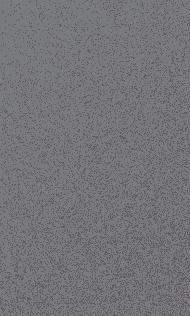





















 Bailtul Arqom Islamic Boarding School
Bailtul Arqom Islamic Boarding School
The pesantren involved in this case have advantages, one of which is having self-owned agricultural land that is owned by the foundation or its administrators. These agricultural lands of the pesantren can, on one hand, enhance their potential to serve as educational facilities or even tourist destinations by utilizing their geographical location, particularly situated along the banks of the Citarum River.
Another potential related to the issue of Islamic boarding schools (pesantren) is the establishment of independent waste processing facilities. Pesantren naturally have a mass base, including students and the surrounding community, which eventually
generates kitchen waste. This can be utilized through the management and processing of waste, such as the Masaro program (Zero Waste Management), which can transform “inorganic” waste into plastic or fuel, and organic waste into compost or feed for fish and poultry.
There are 5 pesantrens involved, all of which are affiliated with RMI (Rabithah Ma’ahid Islamiyah).
Pesantren Baitul Arqom already has an existing waste sorting and incineration facility that will be developed using Masaro technology for waste processing. Meanwhile, the others have potential agricultural land.

The principle for activities at Sirojul Huda involves an approach to address existing issues through design. By utilizing tools such as social engineering, the connections between actors in the field can be determined. The potential we seek is locally oriented before implementing interventions from external factors.
From the analysis, potential for fisheries, agriculture, and other natural factors were identified to be incorporated into the design elements. In terms of design concept, one of the strongest potentials is agriculture. Therefore, the program is directed towards developing agricultural initiatives based on pesantren.

Ideas or concepts that arise from the main user, namely the pesantren, are obtained from Khoiril and the late Nassir, along with their potential developments. In addition to observing the existing potential, the constraints in the field are then combined and translated into design concepts. By utilizing the limited space available in the pesantren, 2 successful spaces are produced.
The target of this community service is to develop an integrated conservation-agriculture model to serve as a prototype that can be replicated in pesantrens within the Citarum River Basin (DAS Citarum area). The current perceived impacts include learning experiences and networking with numerous pesantrens. The outcomes of this program thus far are designs and prototypes.
From cultural capital and ideas, it evolved into social
capital in the form of maintained silaturahmi (social connections) and then became economic capital in Sirojul Huda, Citarum, which is used for educational fisheries established by Annas based on ideas and designs from Zaini. Khoirul also has the most important impact, namely influencing muslim religious scholar (kiai) so that the pesantren can progress while maintaining the entrenched values. So there is a paradigm shift in pesantren, especially among young kiai who have support to bring the pesantren forward and not fall behind with the approval of more senior kiai.
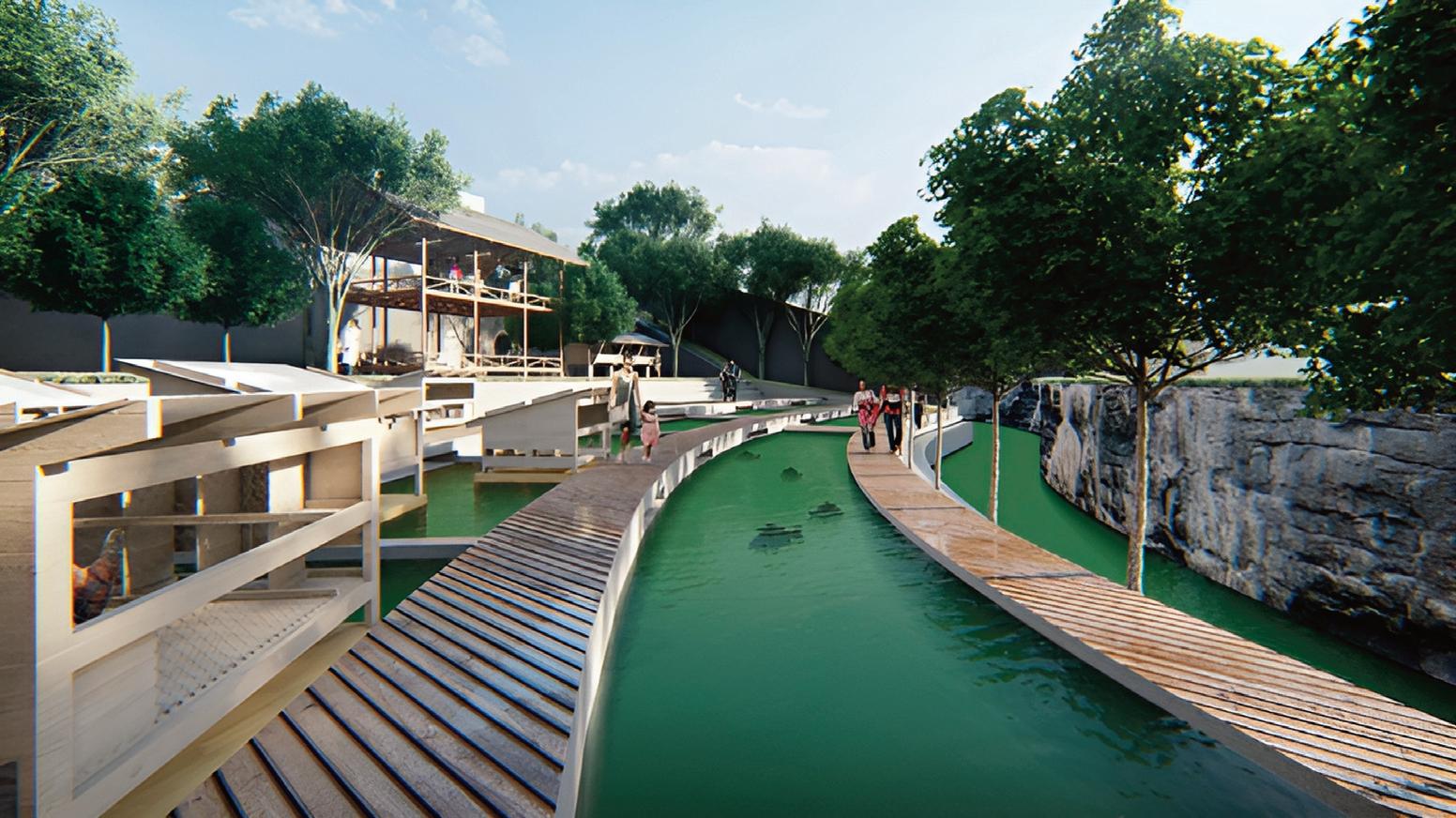
Sirojul Huda has a farmer group with the late Mr. Nassir as the responsible person. One achievement so far is the establishment of one fish pond based on Zaini’s sketch. Initially, the construction of the retaining wall was prioritized because during a visit to Sirojul Huda, a retaining wall for the fish pond was being constructed, but it collapsed a week later due to insufficient strength. After this incident, reinforcement with concrete was deemed necessary. Additionally, the agenda that has been implemented is the water management system already in place at the pesantren and its utilization in the Citarum Harum program to prevent the Citarum River from becoming a burden on history in the future as the

world’s most polluted river. The team, in collaboration with the LPPM ITB, has selected several pesantrens located along the Citarum river basin from upstream to downstream, from Lake Cisanti to Karawang Regency.
Continuous communication is ongoing with the pesantrens, and some have started to show concern about waste management. A portable waste incinerator machine has also been built at Al Musri, Cianjur Regency. The waste generated from the pesantrens no longer contributes to the waste pollution in the Citarum River. The next step is to plant crops along the riverbanks near the pesantrens to create economic value.
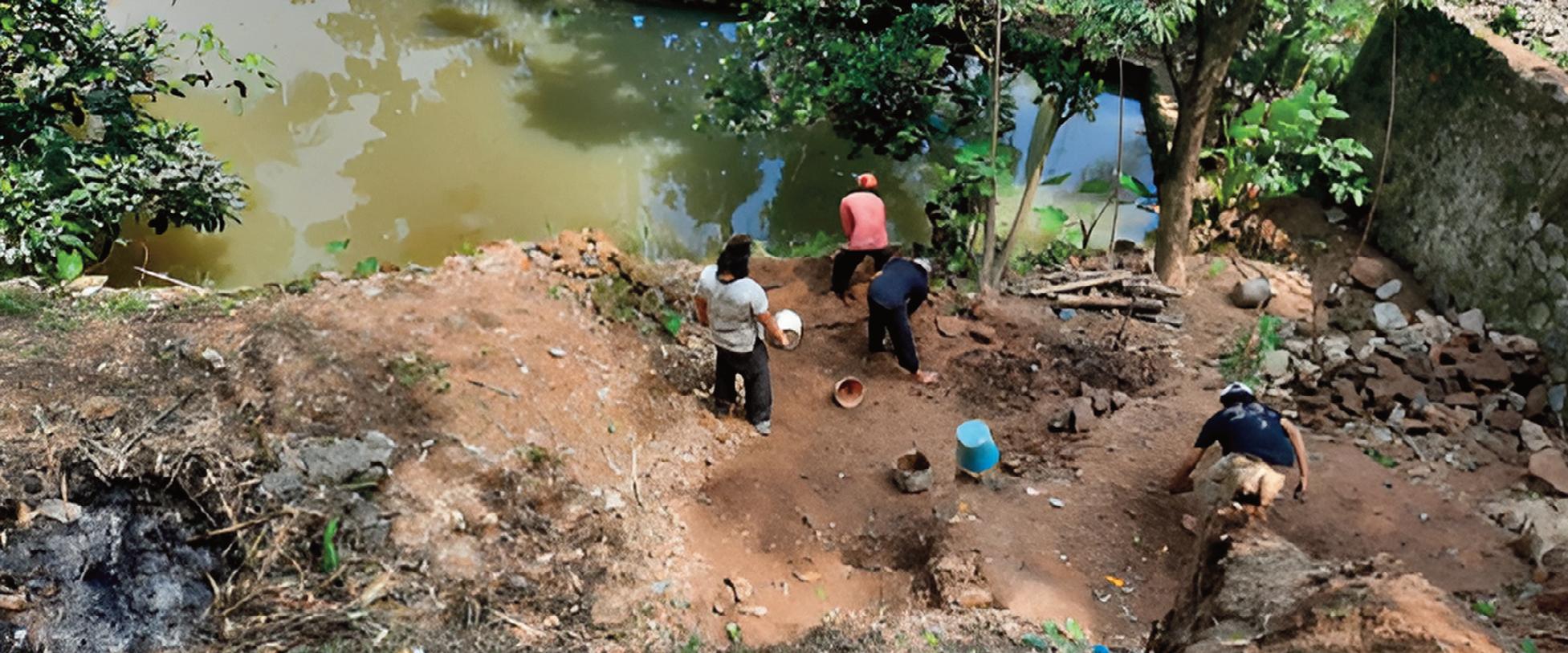
The sustainable collaboration between ITB and Nahdlatul Ulama through RMI NU and GP Anshor West Java becomes a crucial social capital in this endeavor. From the cultural and ideational capital within the pesantrens, along with the existing social capital, it then evolves into economic capital within the pesantrens surrounding the Citarum River Basin through educational tourism in fisheries and agriculture. It is hoped that there will be economic growth and educational development in the pesantrens and the surrounding areas. Additionally, the implementation of independent waste management in pesantrens is expected to create a sustainable environment and utilize processed waste for the sustainability of agriculture and fisheries within those pesantrens.
The design methodology employed in this approach is actor-network theory (ANT), where participation is described in more detail because conventional participatory methods do not adequately explain how actors participate and the conflicts that occur in focus group discussions (FGDs). For example, with ANT, conflicts or disagreements may arise between younger and older kiai, where if the technical knowledge of the older kiai is inadequate, the younger kiai will have the power to bargain and influence the older kiai through other actors.
The ANT (Actor-Network Theory) method provides a more detailed approach to participatory design and focuses more on the relationships between actors, particularly when the design has an impact. The
design process is established, and influential actors are identified. Various technologies from ITB can be implemented in pesantrens to be utilized by the surrounding community.
The community service initiative of Citarum Harum pesantren did not arise from researchers observing the problem, but rather emerged from the interaction between researchers and users. The problem did not arise directly or directly to the object, but rather stemmed initially from the community, namely the pesantren.
The approach begins with the community, assembling other communities such as pesantrens outside of ITB, and then focusing on the Citarum River as the object. Thus, the approach is not objectbased but rather centered around community groups. The approach is not only focused on the object, as is common in most scientific methods, but rather on the community, making it sociotechnical.
he products produced truly arise from necessity. The actors involved are well described, including ITB lecturers, pesantren groups, and technical individuals who assist in bridging the technical knowledge from ITB to the pesantren, and vice versa.
Then the second aspect is how to involve the community not only through FGDs. Because FGDs are only used for making joint decisions, informal directto-direct interactions are conducted. After that, meetings and gatherings take place, so the approach used involves both collective and individual participation. This is what is referred to as collective design.
Thirdly, the perspective towards technology or architecture doesn’t have to be cool or trendy, but it should be beneficial to society. When good design can be translated into architectural products, that is what is referred to as success. It’s not like the works found on social media, but rather how the kiai in this pesantren can adopt the architectural knowledge that is delivered.***


Design tailored to the potentials and constraints at Sirojul Huda


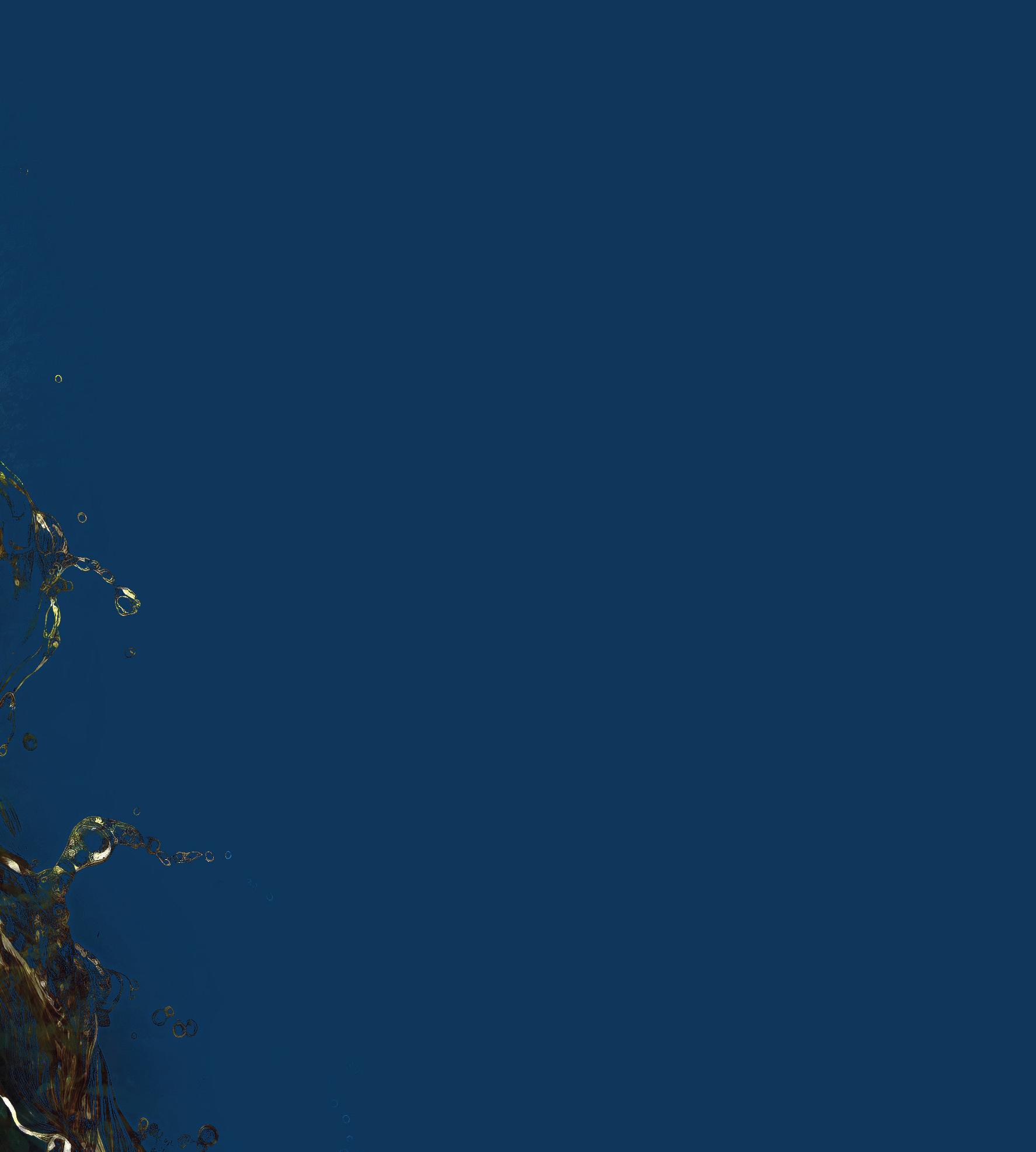
Dr.-Ing. Deny Hamdani
Electrical Power Engineering Research Group
School of Electrical Engineering and Informatics
The flow of water in a water channel has renewable energy potential that can be harnessed on a small scale through pico-hydro technology. With a relatively small water flow and low head, pico-hydro can generate electrical energy with a capacity of 500 W. The generated electrical energy can be utilized for street lighting to support the activities of the local community during the night. The installed pico-hydro is also expected to increase awareness among residents to preserve the environment so that their electricity supply can be sustainable.
THE sustainability of energy independence needs to be realized to drive energy transition programs, including in rural areas. The flow of water in water channels has the potential for renewable energy that can be harvested on a small scale through pico-hydro technology. Pico-hydro technology and its installation are relatively simple, easy, and affordable.
The development of pico-hydro technology in Cinangsi Village is also part of efforts to support the Citarum Harum program and contribute to the utilization of the river flow potential in Cinangsi Village while producing environmentally friendly green electricity. The generated electricity is utilized for street lighting to support the activities of the local community during the night.
Sustainable energy independence needs to be realized across all regions of Indonesia, including rural areas. This national program can be achieved by fulfilling three main criteria: ease of access, strong purchasing power, and sufficient availability of energy sources. Energy independence is made possible through the utilization of new renewable energy sources, which are currently an international energy issue related to environmental concerns at both the global and national levels.
New renewable energy technologies enable the maximization of available energy potential in the surrounding environment independently and sustainably. The principle of proximity in the context of energy can be applied here, wherein energy is used directly at the location where it is generated,
opening up energy access as widely as possible for communities at minimal cost.
Nature provides various resources that can be utilized by humans to support their livelihoods. One of the most important among them is water, which is not only used for daily life purposes but also its movement can be harnessed to generate electrical energy. Its potential depends on the amount of water flow, ranging from large river scales used for hydroelectric power plants (PLTA) that have long been relied upon for stable basic electricity supply for large power grids such as the Java-Bali-Madura system, to small river scales in the form of micro-hydro power plants (PLTMH) which have become quite popular. The potential of electrical energy from small-scale hydroelectric power plants is estimated to be around 19 MW with only 1% utilization [RUPTL].
On a smaller scale, pico-hydro power plants (PLTPH) can be utilized to harvest energy from the movement of water flow in ditches or irrigation channels. The potential for electric energy generation from such sources has not received as much attention as microhydro power plants.
In fact, many sites in villages or remote areas have ditches with water flow or water elevation, which have the potential to be harvested for energy. In the context of pico-hydro power plants, besides sufficient water flow and headwater, special conditioning and protection are needed to maintain the continuity and quality of electricity supply.
It is hoped that the implementation of relatively simple and small-scale but widely deployable technology can
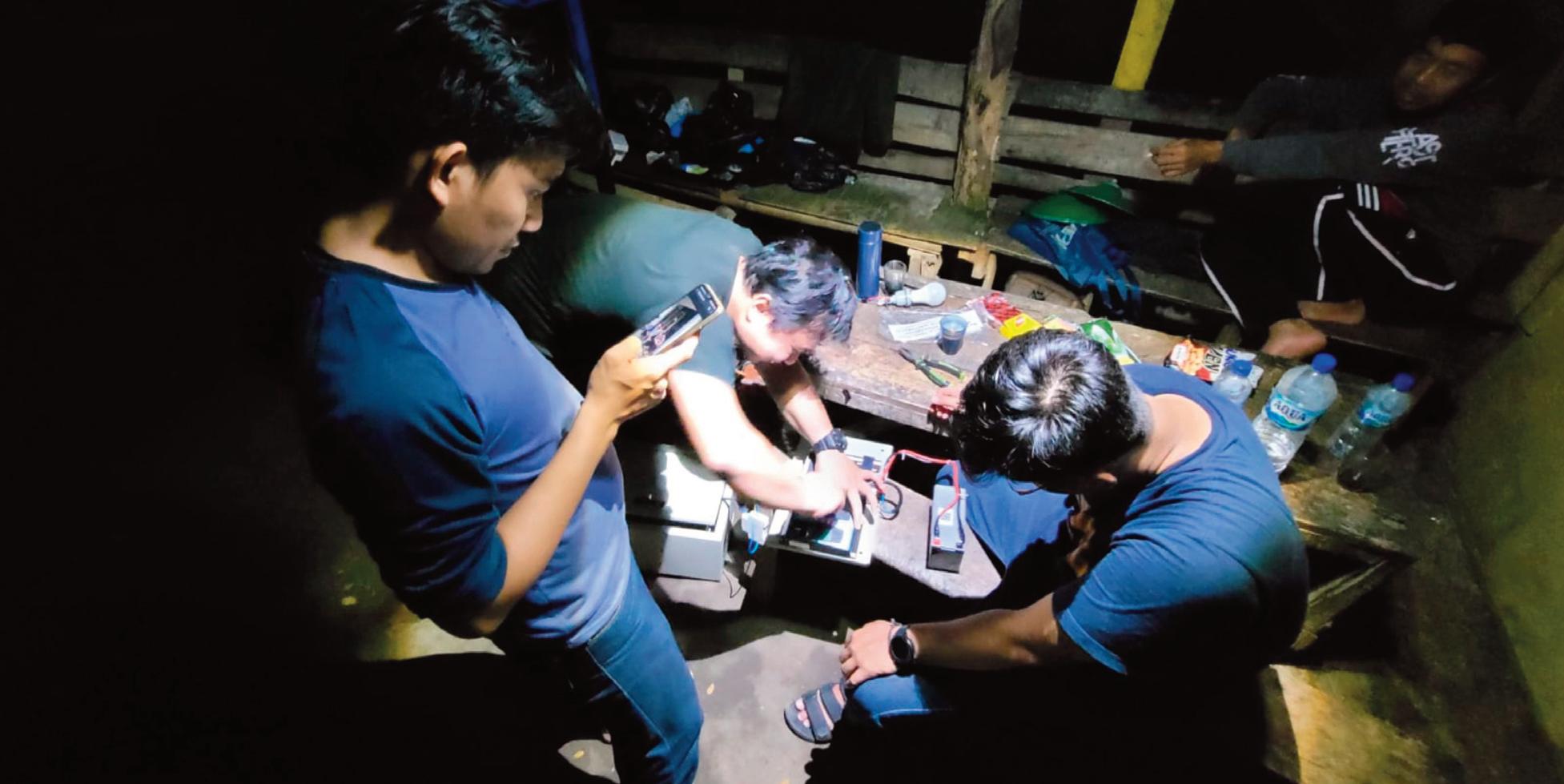
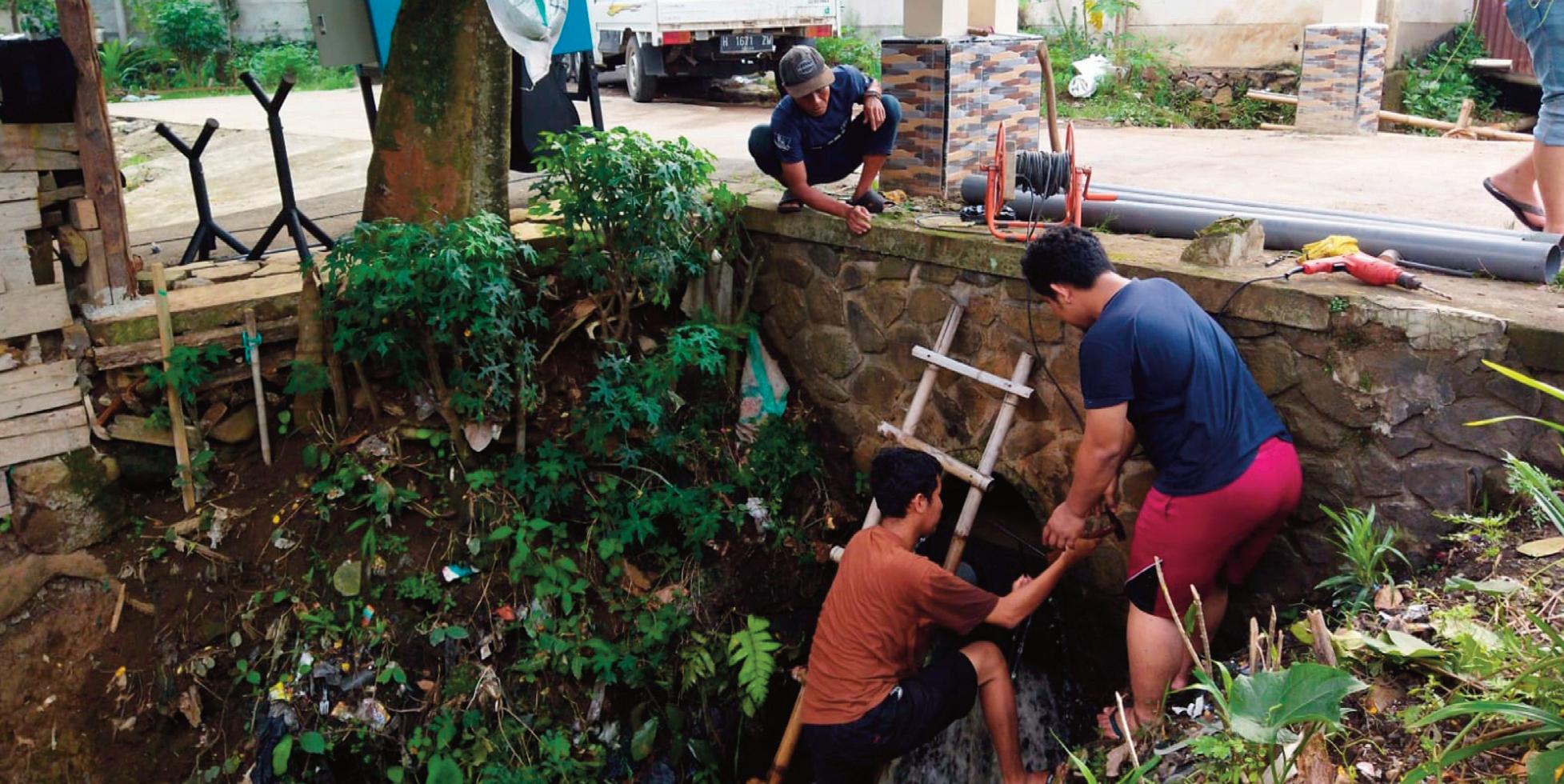
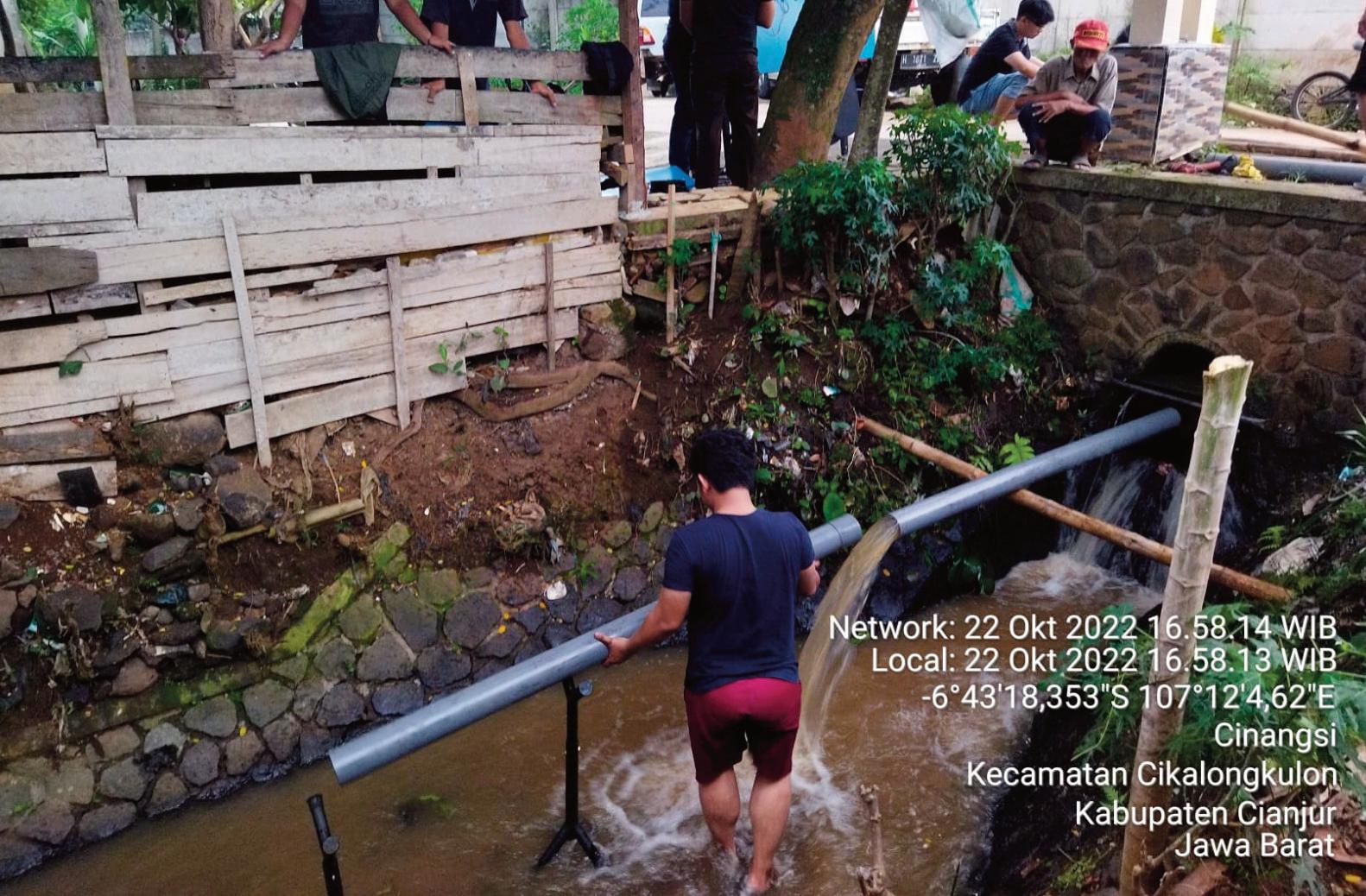
contribute to Indonesia’s energy transition towards renewable energy, with the target of achieving net zero emissions by 2060. Additionally, raising awareness among communities about the importance of preserving the environment is crucial for maintaining the quality of water supply for picohydro systems to continue generating electricity sustainably.
The development of a pico-hydro power plant in Cinangsi Village, Cianjur Regency, West Java
Province, initiated by the Institute for Research and Community Service (LPPM) of the Bandung Institute of Technology (ITB), is related to the support for the development of renewable energy sources (EBT) and green electricity in the village. This program also highlights the potential of river streams in Cinangsi Village, which is part of the Citarum River Basin. It is important to note that EBT and green electricity are increasingly becoming global trends in efforts to reduce the negative impacts of limited fossil
energy sources, which have environmental implications.
In this context, the development of PLTPH in Cinangsi Village becomes relevant because rivers, including the Citarum River, offer significant potential for generating renewable energy. This technology can generate electricity from the energy potential within the flow of tributaries mechanically and at relatively affordable costs. The electricity generated can be utilized for various needs, such as lighting, irrigation, fisheries, and similar purposes.
The energy generated from pico-hydro power is expected to supply energy for sanitation facilities in public facilities, such as lighting or filter pumps. In general, the availability of electricity is expected to have a positive impact on the economic and social life of the community, particularly in the Citarum River Basin area. The development of pico-hydro
power plants in Cinangsi Village is also part of efforts to support the Citarum Harum program and contribute to the utilization of river stream potential in Cinangsi Village, producing environmentally friendly green electricity.
The objectives of this activity are to provide renewable electricity through picohydro technology, namely:
1. Establishment of the concept of community selfreliance based on electricity from picohydro.
2. Provision of picohydro electrical installations as a source of renewable electricity.
3. Formation of community participation in maintaining the sustainability of picohydro.
4. The output of this activity includes the installation of picohydro systems and street lights.
Pico-hydro power represents an innovation in harnessing the energy potential contained within water flow. Despite relatively small water flow rates and heads, with the appropriate technology, the mechanical energy potential can be harvested and converted into electricity for ease of use. The installation of picohydro installations can be seen as a local community effort to meet its own energy needs supplied from surrounding energy sources, thereby achieving self-reliance in the energy sector, which serves as the starting point for energy resilience. The electricity generated is truly original and sourced from nature in that area.
Pico-hydro power can also contribute to the energy transition program from fossil fuels to renewable energy sources. Pico-hydro power can play a role in reducing the reliance on diesel
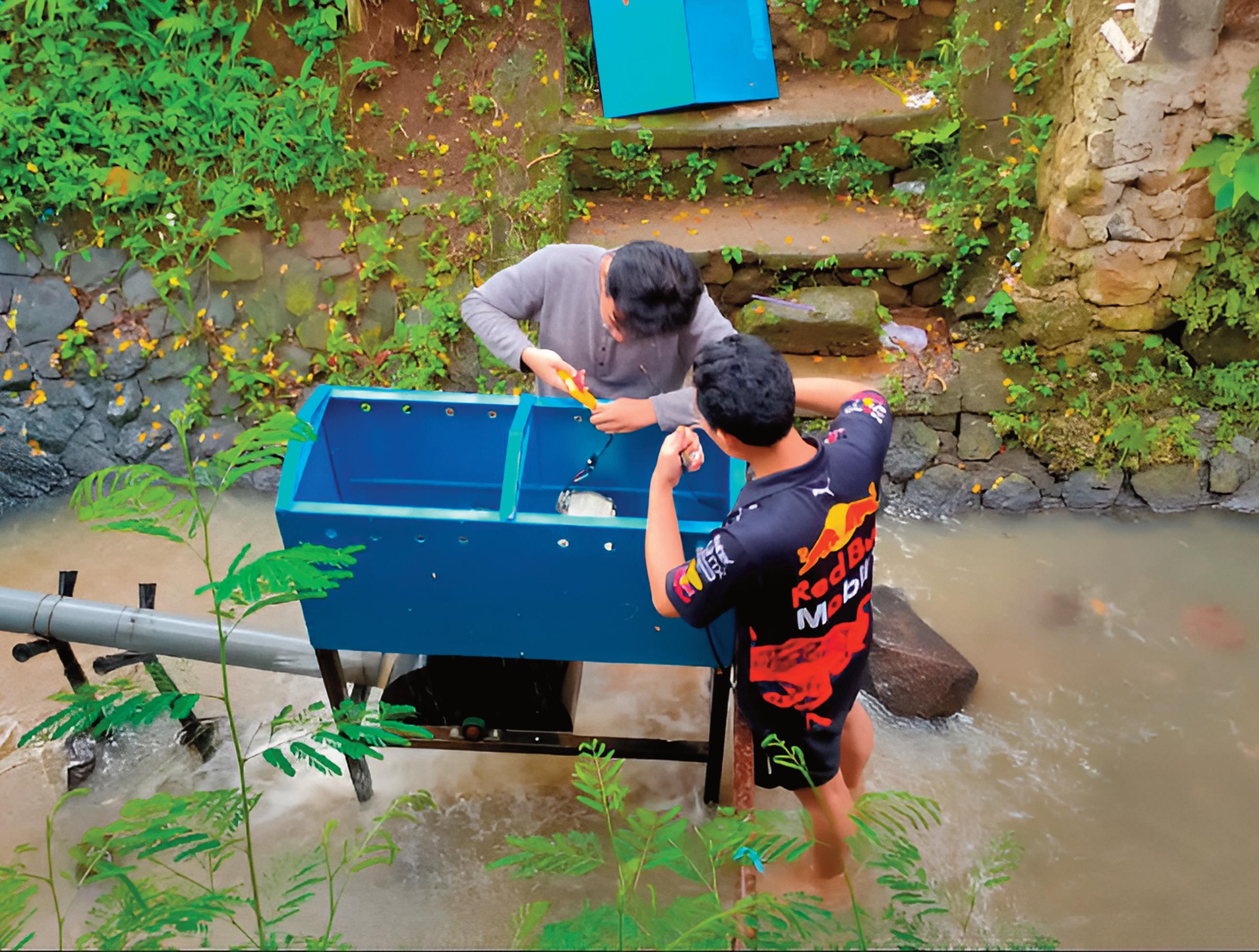
engines for electricity generation in remote areas. Diesel fuel (Solar) is typically not sourced locally and originates from fossil fuels, the combustion of which produces emissions. Therefore, the reduction or elimination of solar decreases the dependency of local communities on external energy sources while also reducing emissions levels, which in turn mitigates environmental pollution. As long as the local community can maintain its environment to preserve water quality, the supply of electricity from picohydro will be sustained, supporting continuous social and economic development.
Several potential sites for hydroelectric power generation have been surveyed. In addition to basic technical considerations such as headwater and water velocity/flow rate, other conditions need to be taken into account to ensure the continuity of pirohydro power plant installations. These include the security of installations against theft and the potential risks of flash floods, debris, as well as plans for utilization. A location of falling water from a water hole with a head of 1 m and a water velocity of 0.4 m/second becomes the best candidate location for the installation of a Pico-Hydro Power Plant. Its position at the roadside makes it suitable for street lighting purposes. The water hole has a diameter of approximately 60 cm, with an average water volume that fills the hole around 50%.
The approach to implementing this program will be as follows:
n Conducting a literature review on pico-hydro technology and its implementation, especially in rural areas.
n Conducting field surveys at program locations to measure the potential of electrical energy from water flow and other technical parameters needed to design the pico-hydro system.
n Developing a conceptual design of the picohydro system that accommodates technical parameters to achieve optimal results.
n Performing simulations of the pico-hydro system to obtain optimal performance.
n Conducting the basic design of the picohydro system that integrates theory and best practices for practical implementation.
n Fabricating the picohydro machine and procuring the installation components.
n Installing the picohydro system at the program site involving the participation of the surrounding community. Commissioning and monitoring the operation of the picohydro system to ensure its proper functioning.
n Publishing activities through social media platforms.
Pico-hydro is a very small-scale hydroelectric power generator with a capacity of up to 5 kW. This type of generator is well-suited for remote areas with low electricity needs and adequate water channels. Typically, pico-hydro utilizes water flow directed through small channels or pipes with sufficient slope to rotate turbines.
With the continuous flow of water throughout the seasons, the electricity generated is sustainable, thus
qualifying as renewable energy. Additionally, its electricity generation process produces no pollution that could harm the environment, earning it the designation of green energy.
The pico-hydro system comprises two main components: the turbine and the generator, supported by pipes or intakes, and electrical equipment/installations. The turbine blades are rotated by the kinetic energy of the flowing water directed towards them through pipes or intakes with various constructions. The turbine’s rotation is then transferred to rotate the generator, which is typically a DC induction machine converting mechanical energy into electrical energy.
The operation of the PLTPH system is controlled by a charge controller device, with energy storage provided by batteries to maintain stable electrical supply quality. An inverter is utilized


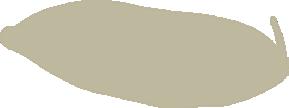


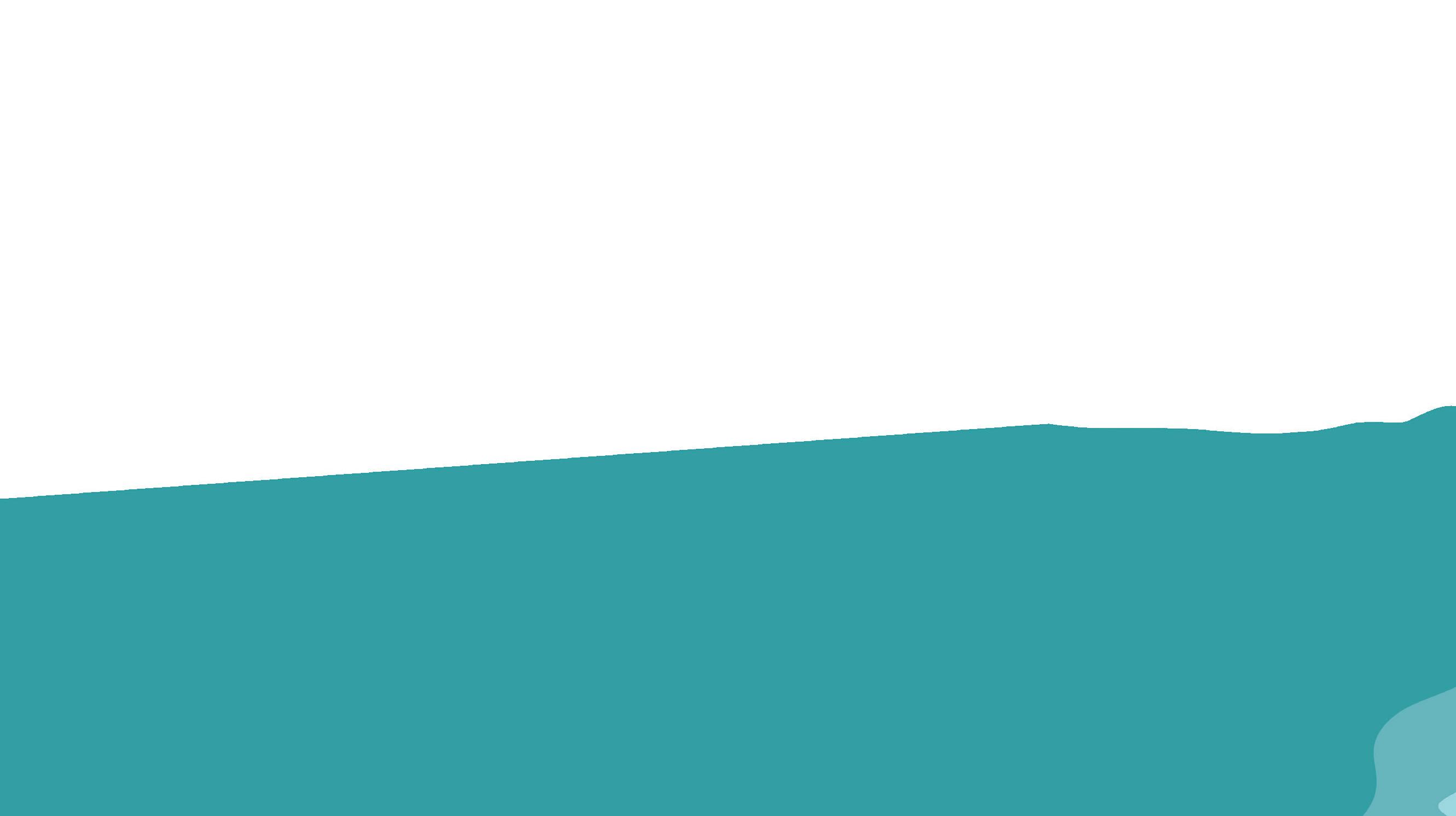
to convert DC electricity into AC electricity to supply power to AC loads, such as lamps in this case. The selection of the water turbine type for picohydro greatly depends on the height (head) and flow rate of the water.
For high head schemes, the Pelton turbine is the ideal choice. For medium and low head schemes, there are more options available, including the Pumps, Turgo, or Crossflow turbines. Water wheel turbines are typically used for low head schemes with either vertical or horizontal shafts.
Schematic diagram of picohydro system
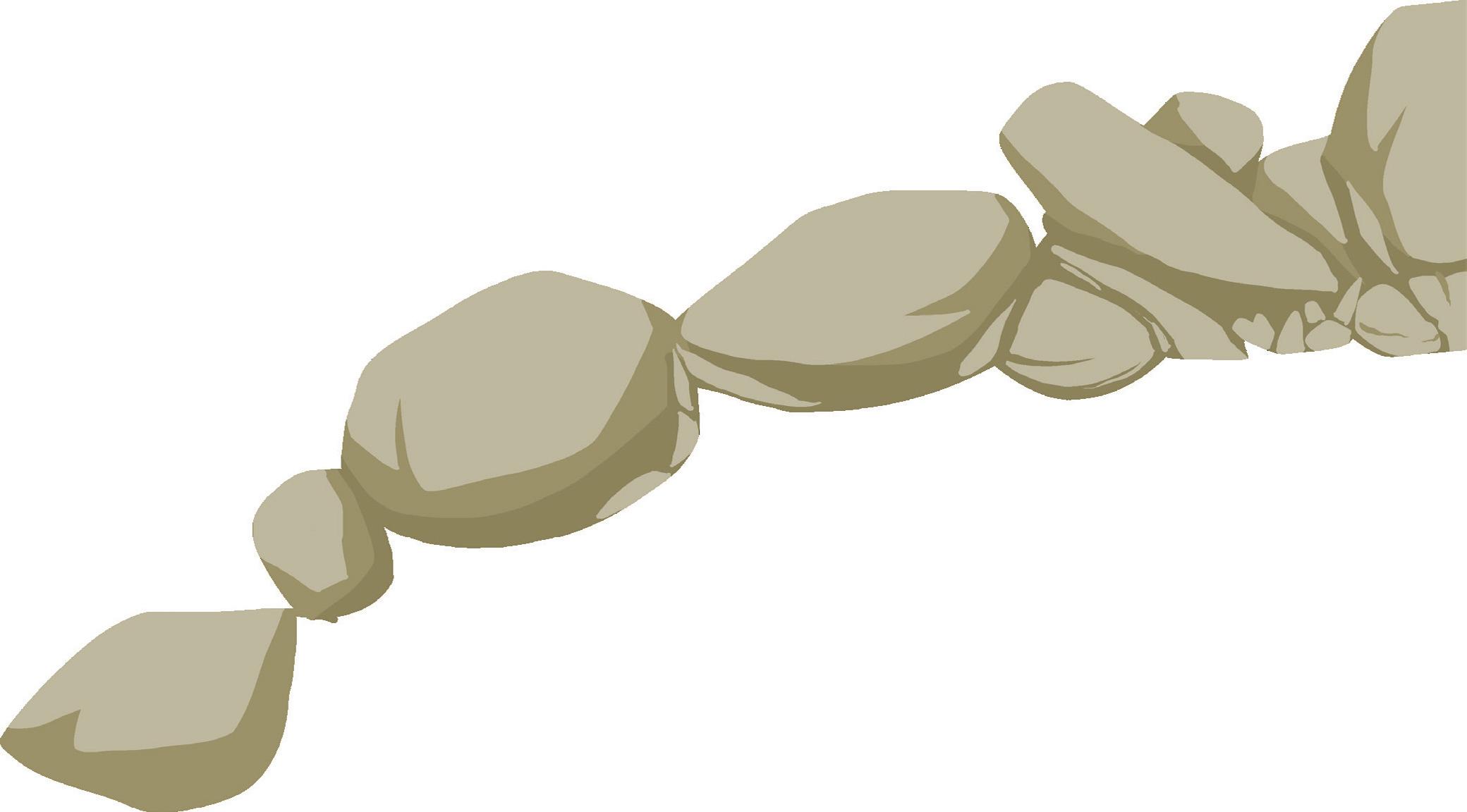
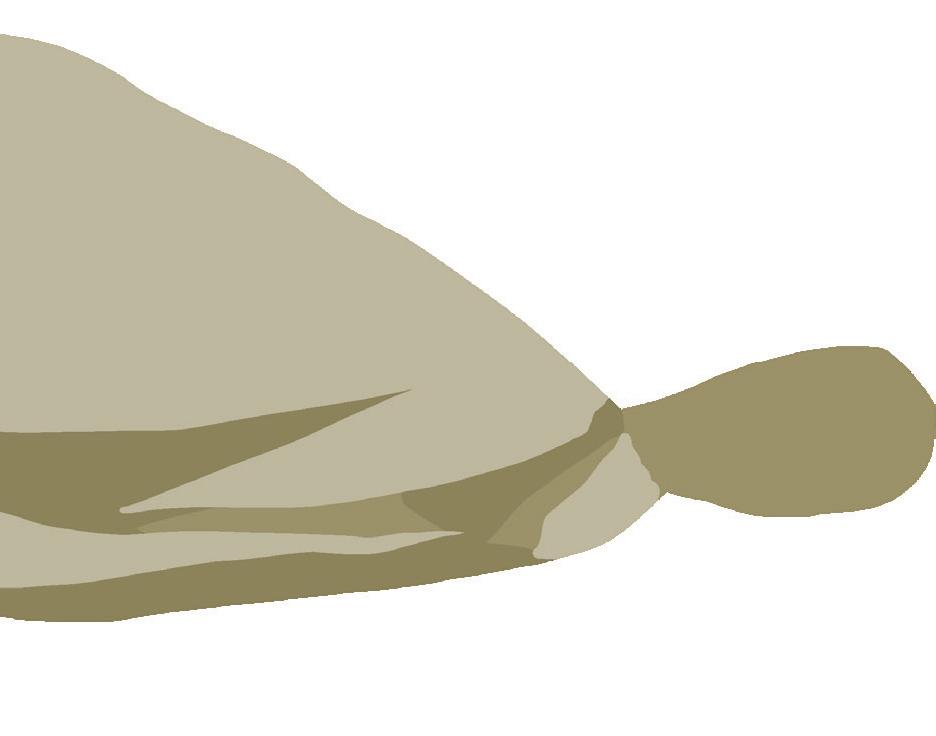


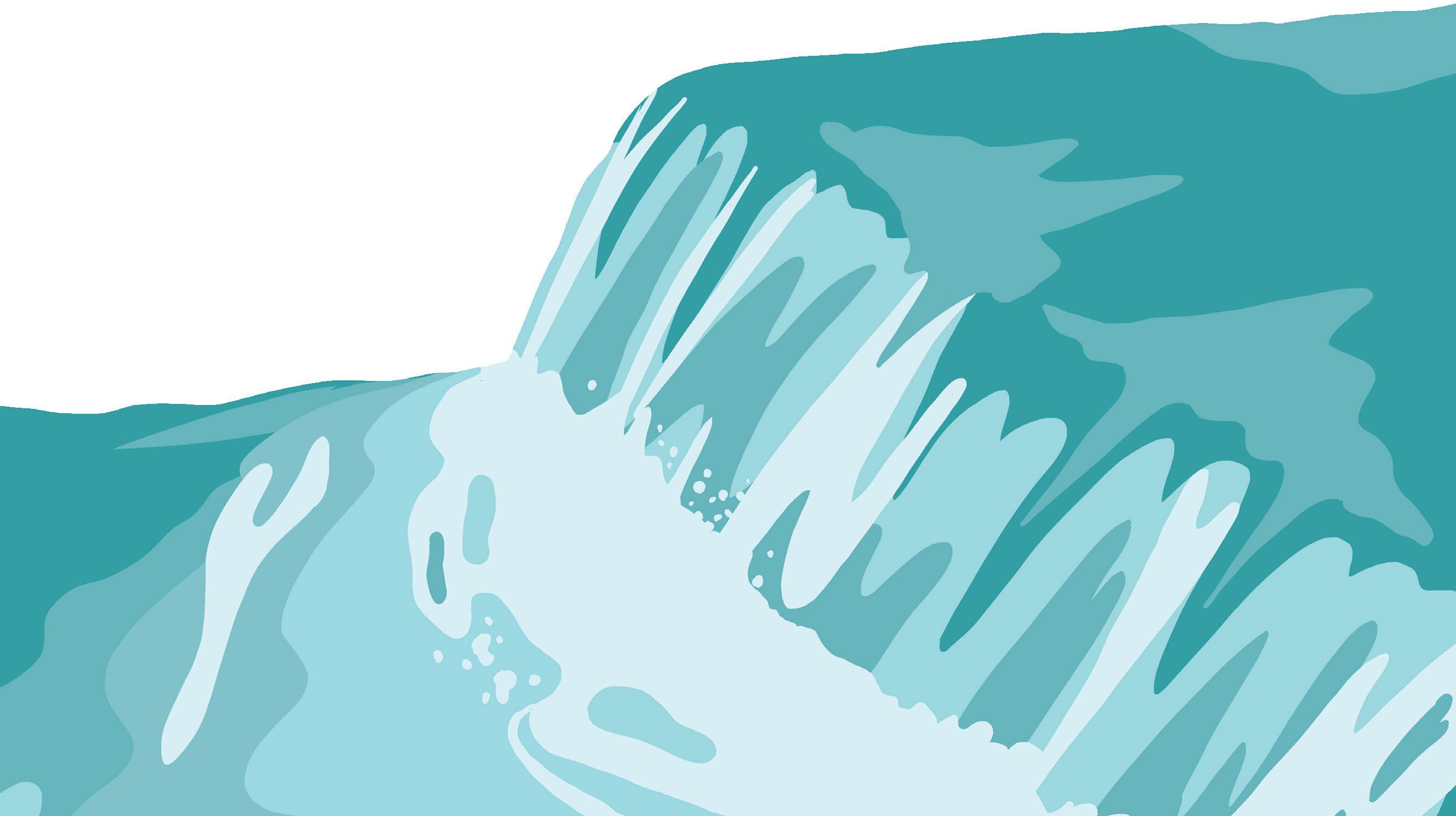
The implementation of appropriate picohydro technology has demonstrated social, economic, and environmental impacts. The social impact established is that the electricity generated by picohydro can generally be utilized to support community activities. The tangible impact is the provision of street lighting (PJU) in the form of lamps illuminating the streets at night, ensuring the safe and comfortable mobility of residents. The continued social interaction among residents into the late hours of the night can encourage community development, especially considering that daytime hours are typically reserved for work.
Furthermore, there are economic impacts as residents benefit from the continuous supply of electricity from pico-hydro power. They can utilize electrical energy for various small-capacity appliances or electric tools to support their businesses or production activities, including carpentry equipment, refrigerators, kitchen appliances, and so forth. They can provide repair services more quickly or store food supplies for a longer period to be sold. Additionally, the availability of public street lighting can extend the time for economic activities of the community, thus contributing to the development of the local economy.
Another significant impact is the environmental impact because the quality of picohydro electricity supply is highly dependent on the condition of water flow. If the water flow is obstructed, for example, due to garbage accumulation, then the water discharge
will decrease, thereby reducing the electricity generated by picohydro, and eventually, it may damage the picohydro components over time. Therefore, the community will always be required to maintain the environmental conditions of the river basin area to ensure the continuity of water supply. Additionally, the presence of pico-hydro power can reduce or even eliminate the use of generators, whose fuel emissions contribute to air pollution. Consequently, on a small scale, pico-hydro power contributes to reducing the carbon content in the air, which is a significant factor in global warming.
As one of the renewable energy sources, picohydro operates on the principle of sustainability. Picohydro utilizes water flow on a small scale to drive turbines that rotate generators to generate electricity. As long as the flow rate of the water remains significant, picohydro will continuously produce electricity. This is certainly in line with the community expectation for sustainable life development.
The availability of electricity 24/7 continuously is a characteristic feature of pico-hydro power. Consequently, there are no longer time constraints for community to engage in activities, including during the night. With illumination from lights, the environment becomes relatively safer at night. Additionally, community can engage in economic and production activities based on electricity, both during the day and at night.
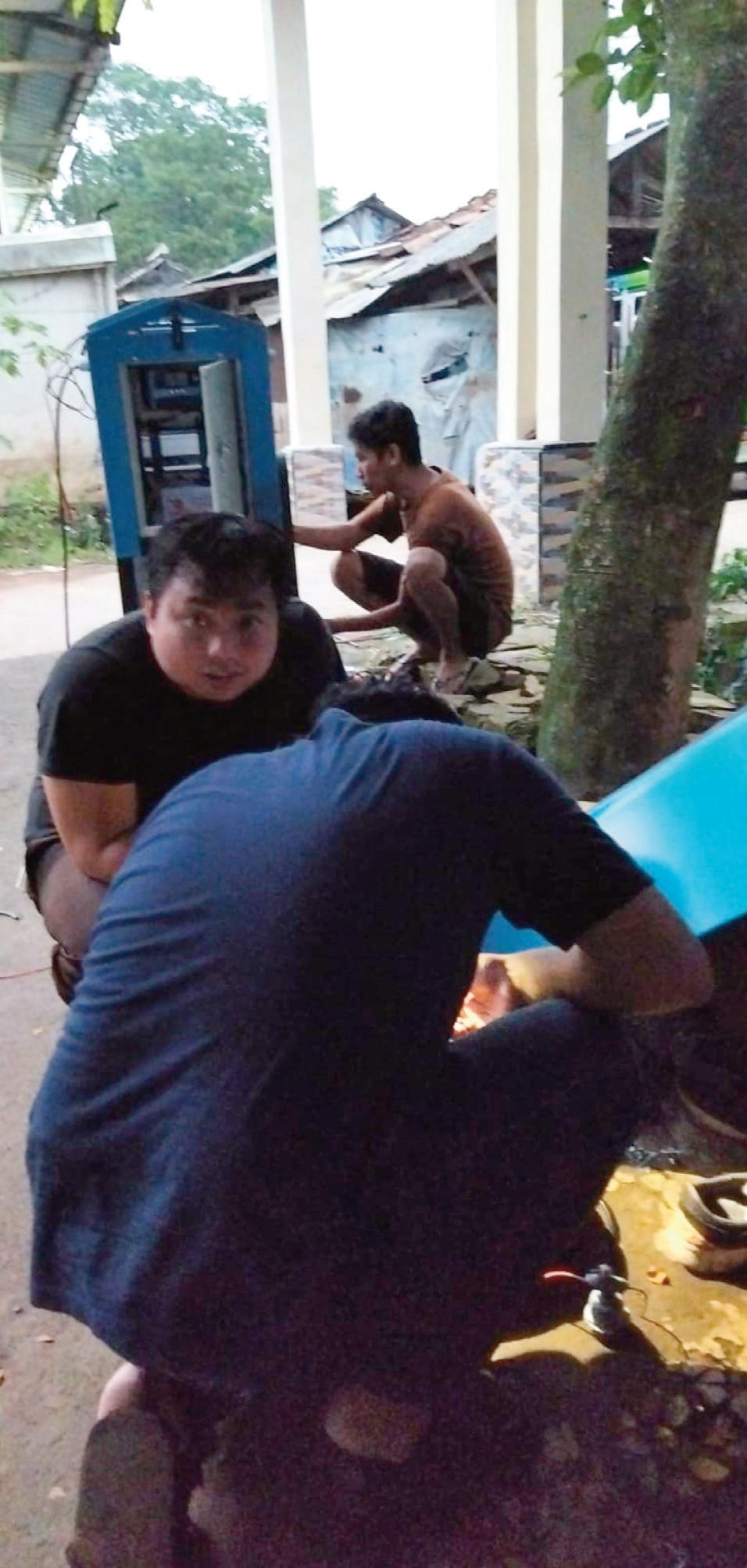

The sustainability of picohydro operations relies heavily on the community’s awareness of the need to preserve the surrounding environment and water sources. The abundant flow of water is only possible if the forests, which serve as rain catchment areas and the source of springs, are well-preserved. Maintaining healthy forests also contributes to air quality. The smooth flow of water into the picohydro intake channels indicates that the waterways are free from debris, directly contributing to environmental health. The water in these channels becomes relatively clean and can be used for various purposes such as irrigation, fisheries, and even domestic use. In this case, picohydro can be viewed as a filtering mechanism for aquatic ecosystems.
Thanks to its mature basic technology and small capacity, pico-hydro power is relatively easy to replicate, both in terms of design and installation. Pico-hydro adopts the classic windmill technology, where in the past the turbine blades would be driven by water flow, generating mechanical rotation through its shaft used for grinding. Then, this principle of mechanical rotation is utilized by large-scale hydro power plant technology to rotate water turbines that will drive generators.
Similar to large-scale hydropower plants picohydro essentially consists of water turbines
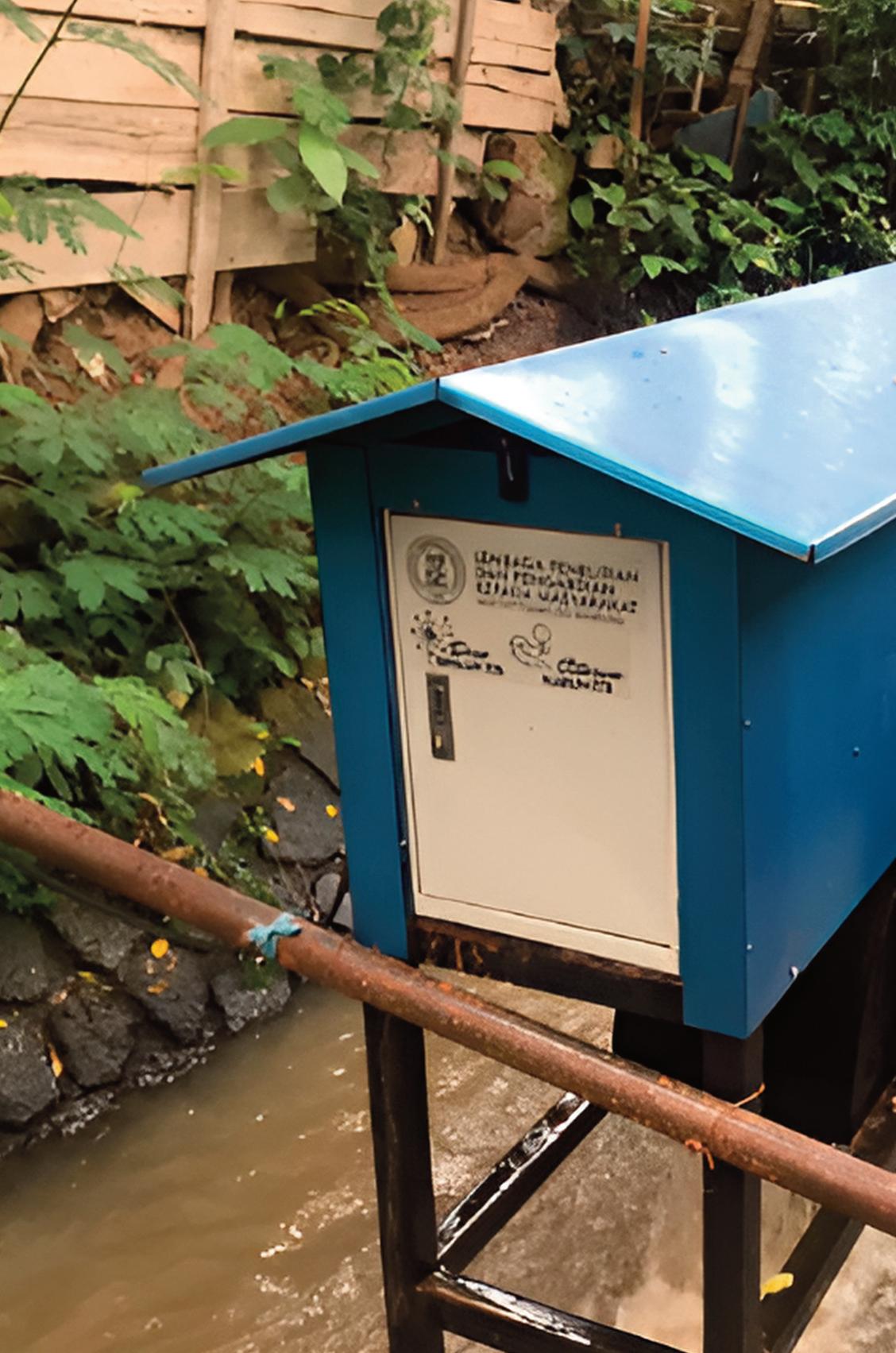
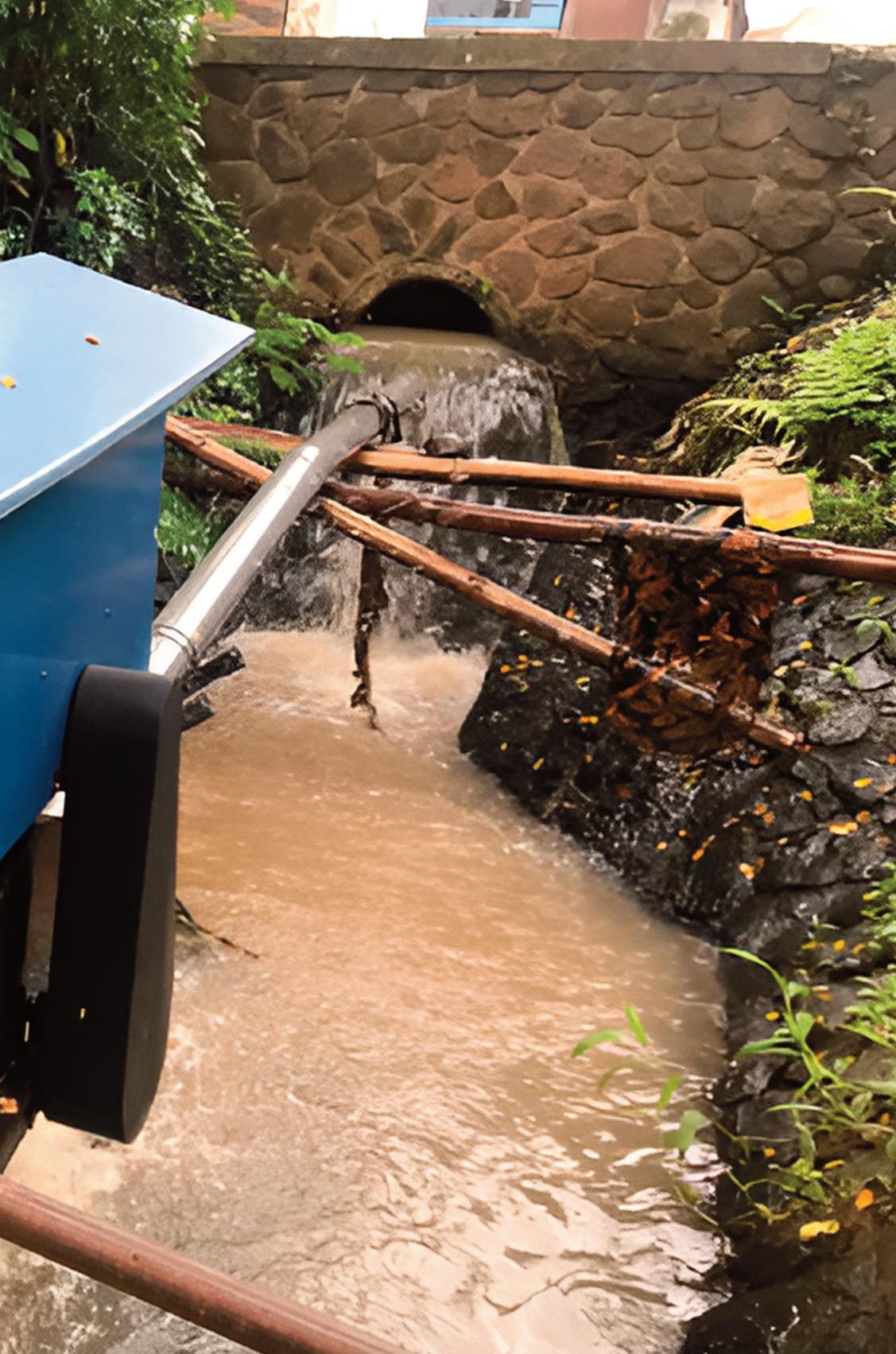
and generators. Due to its relatively small capacity, both machines are readily available in the market, facilitating the procurement process. Moreover, picohydro systems can be produced relatively quickly. Additionally, their size and weight are relatively small, easing transportation and installation at the generation site. Civil works are not as dominant or costly as in the case of large-scale hydropower plants. Mechanical works receive more attention to ensure the construction of robust and corrosion-resistant picohydro intake structures and supports.
The main issue lies in the potential for theft, considering that the equipment is relatively small and portable. Therefore, additional work and mechanical construction are required to protect the devices from theft. Electronic monitoring equipment, such as CCTV cameras or sensors, are additional options to reduce the potential for theft. Of course, technical maintenance and security of the pico-hydro equipment are the responsibilities of the community to ensure continuous benefits.***
The installed picohydro system has the following speci
DC/AC Inverter

The Application of Wet Torrefaction in Processing Water Hyacinth into Liquid Organic Fertilizer

Dr.Eng. Pandji Prawisudha
Thermal Science and Engineering Research Group
Faculty of Mechanical and Aerospace Engineering
In several inland waters in Indonesia, water hyacinth is considered a threat to biota, especially to a number of hydropower plants, as it can jeopardize the operation of power generation machinery. The large-scale removal of water hyacinth poses challenges regarding its utilization and disposal. The application of wet torrefaction technology can be an option for converting water hyacinth into liquid fertilizer.
IN 2015, water hyacinth (Eichhornia crassipes) infested the Cirata Reservoir as part of the Citarum River, covering almost the entire surface of the reservoir. This occurred due to the collapse of the trash bump, which could no longer contain the water hyacinth originating from various tributaries around the reservoir.
If left unchecked, this not only damages the aesthetics of the water body and covers the water surface, suffocating aquatic life underneath, but it also poses a danger to the operation of the Cirata Hydroelectric Power Plant (PLTA Cirata) located in the Cirata Reservoir area. The water hyacinth can enter the turbine chamber, obstructing the movement of the turbine blades. In the following years, such cases have not occurred, but water hyacinth remains a problem in the Cirata Reservoir area.
Until now, the solution provided for the aforementioned issue has been the removal of water hyacinths from the surface of the reservoir. Reservoir managers can collect approximately 8 to 12 tons per day. These water hyacinths are then utilized for handicrafts, compost, and other purposes. However, the utilization of water hyacinths remains limited, resulting in the majority of the removed water hyacinths being treated as waste.
Another problem has also arisen, namely that the land owned by the reservoir manager is no longer able to contain the vast amount of water hyacinth waste, so the manager burns the accumulated water hyacinth, which becomes a source of air pollution in the surrounding area.
The processing of water hyacinths is carried out through a process known as wet torrefaction, similar to the cooking process using a pressure cooker.

In the initial stage of water hyacinth processing, a small sample (700 g) is cooked for 30 minutes at temperatures of 120, 140, 160, and 180 °C. A 2.5-liter reactor is used in this stage, and once the optimal operating point is determined, the water hyacinths are processed using a 60-liter reactor.
The physical form of the solid product from the wet torrefaction process depends on the operating temperature. At temperatures of 120°C and 140°C, some parts of the water hyacinth pieces that have not decomposed are visible, while at temperatures of 160°C and 180°C, the solids are fully decomposed.
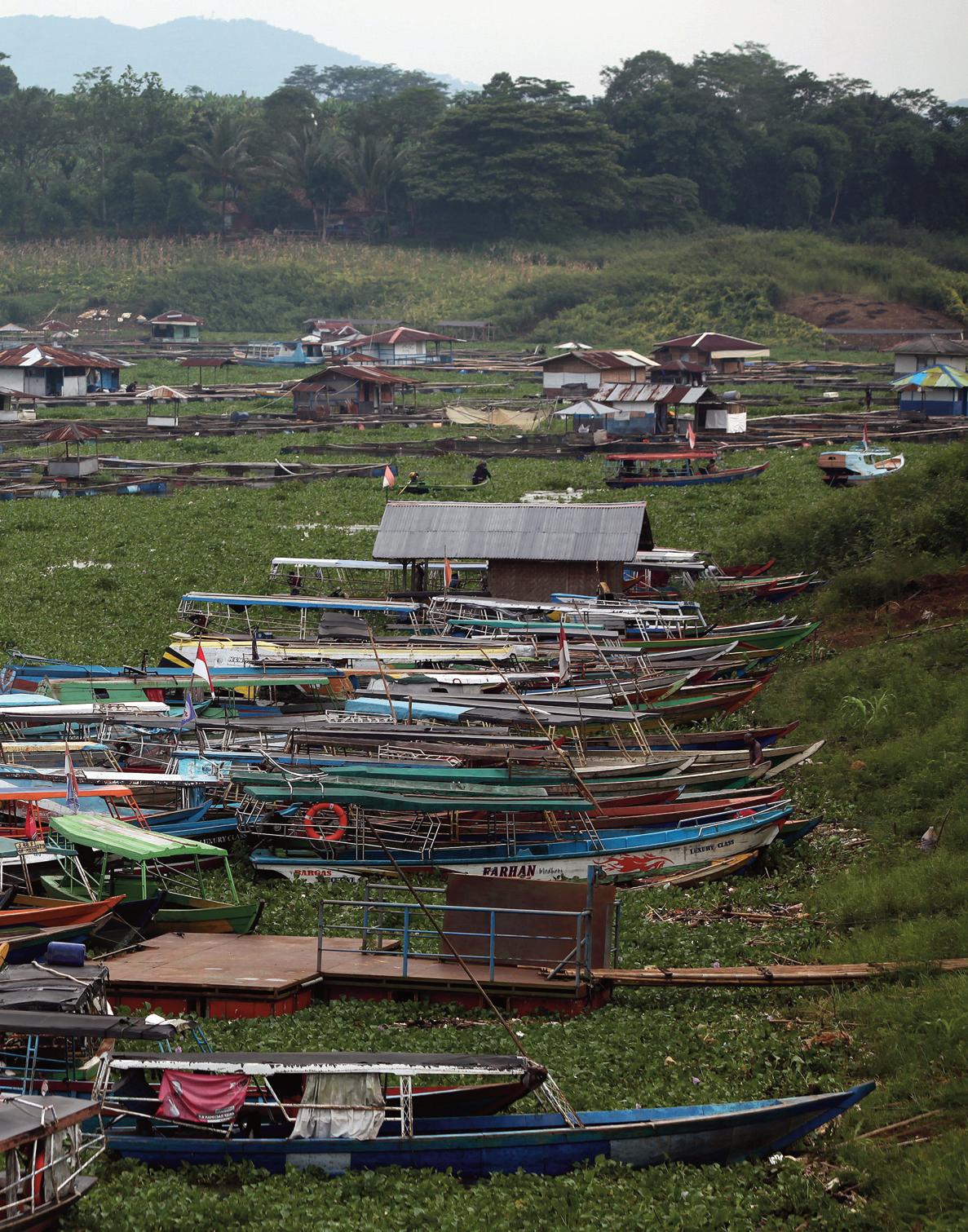



The liquid product resulting from wet torrefaction of water hyacinths is tested for its macronutrient content using an NPK meter. The nutrient content values of nitrogen, phosphorus, and potassium obtained from the testing are presented in the following graph.
Content (%)
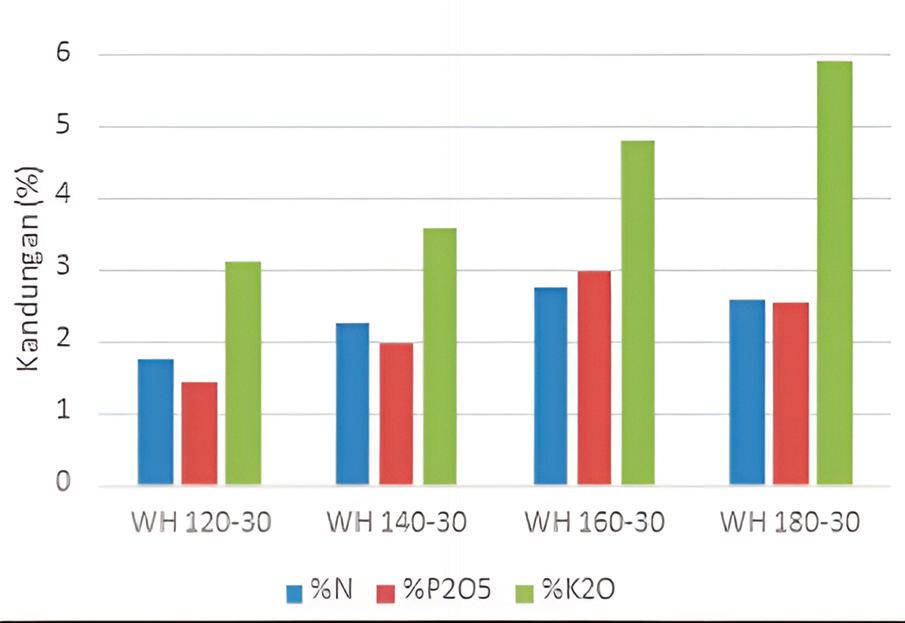
Samples that meet the Indonesian National Standard (SNI) for NPK content are selected for further processing of water hyacinths using large-scale wet torrefaction technology. A temperature variation of 140°C is chosen as the reference operating temperature.
The liquid product from water hyacinth processing using the wet torrefaction process is further packaged in 1-liter bottles and then distributed to farmers. Demonstrations of water hyacinth POC usage are conducted in front of community and can then be practiced by farmers.***


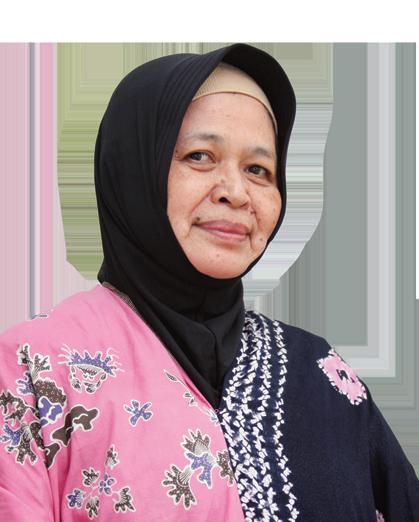
Is the Chair of the ITB Task Force for Citarum Harum for the period 20182022. She is a member of the Water and Wastewater Engineering Research Group, Faculty of Civil and Environmental Engineering, ITB. She completed her bachelor's and master's studies at ITB and obtained her doctoral degree from Victoria University of Manchester (University of Manchester Institute of Science and Technology/UMIST), United Kingdom.
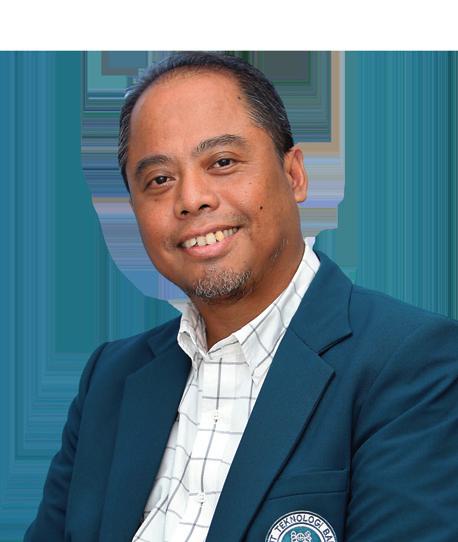
Has been the Chair of the Institute for Research and Community Service (LPPM) at ITB since 2021. He is affiliated with the Thermal Science and Engineering Research Group, Faculty of Mechanical and Aerospace Engineering at ITB. He completed his bachelor's and master's studies at ITB, while he obtained his doctoral degree from Kobe University, Japan.

Currently serves as the Head of the ITB Task Force for Citarum Harum in 2023. He is part of the Water and Wastewater Engineering Research Group, Faculty of Civil and Environmental Engineering at ITB. He completed his master's and doctoral studies at ITB. He is actively involved in community service activities that support the Citarum Harum program, such as training on simple water treatment and industrial wastewater treatment with a good WWTP operational approach.

Serves as the Secretary of the Community Service Division at LPPM ITB. He is directly responsible for implementing one of the university's Tri Dharma, which is expected to have a direct impact on society. He completed his bachelor's and master's studies at ITB, while his Ph.D. was obtained from the Japan Advanced Institute of Science and Technology (JAIST), Japan. Currently, he is affiliated with the Human and Interior Space Research Group, Faculty of Art and Design at ITB.

Serves as the Secretary of the General Affairs Division at LPPM ITB. He is a member of the Water Resources Engineering Research Group, Faculty of Civil and Environmental Engineering, ITB. He completed his bachelor's and master's studies at ITB. His doctoral education was pursued at Tohoku University, Japan.

Is the Secretary of the Research Division at LPPM ITB since 2020. He is a member of the Inorganic and Physical Chemistry Research Group, Faculty of Mathematics and Natural Sciences, ITB. He pursued his bachelor's degree at ITB. His master's and doctoral education was completed at Universiti Teknologi Malaysia and Technische Universität München, Germany, respectively. His research on zeolite materials has earned him several prestigious awards.
